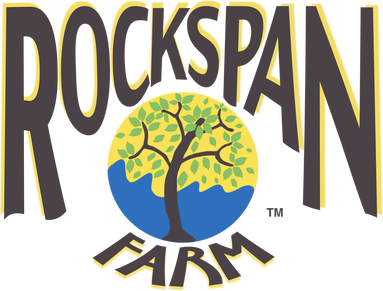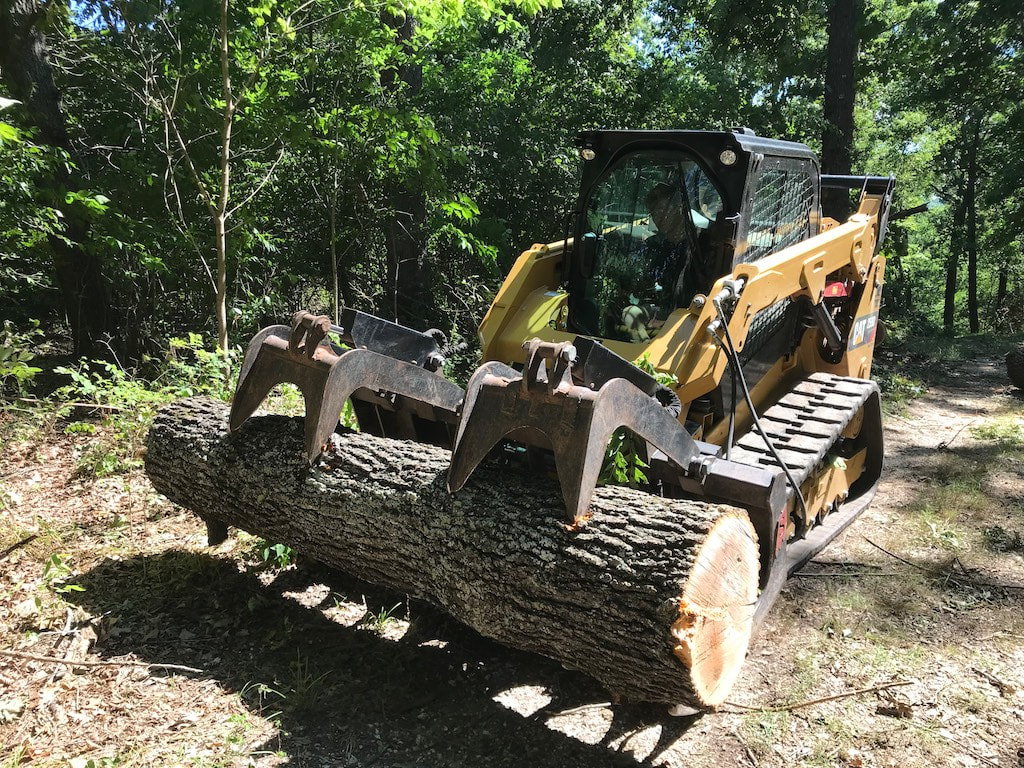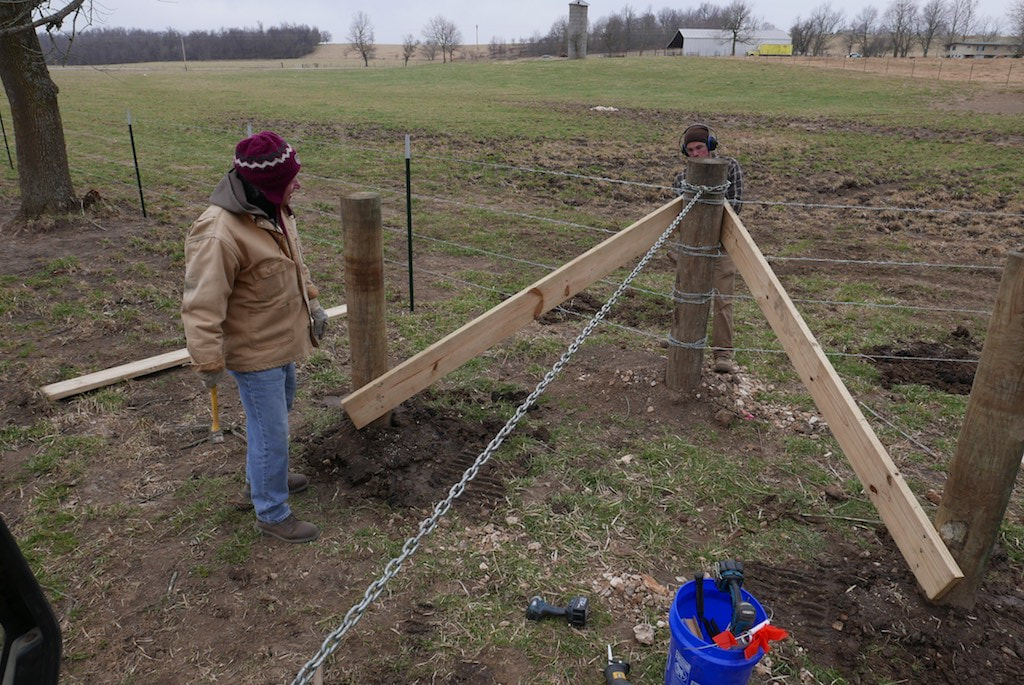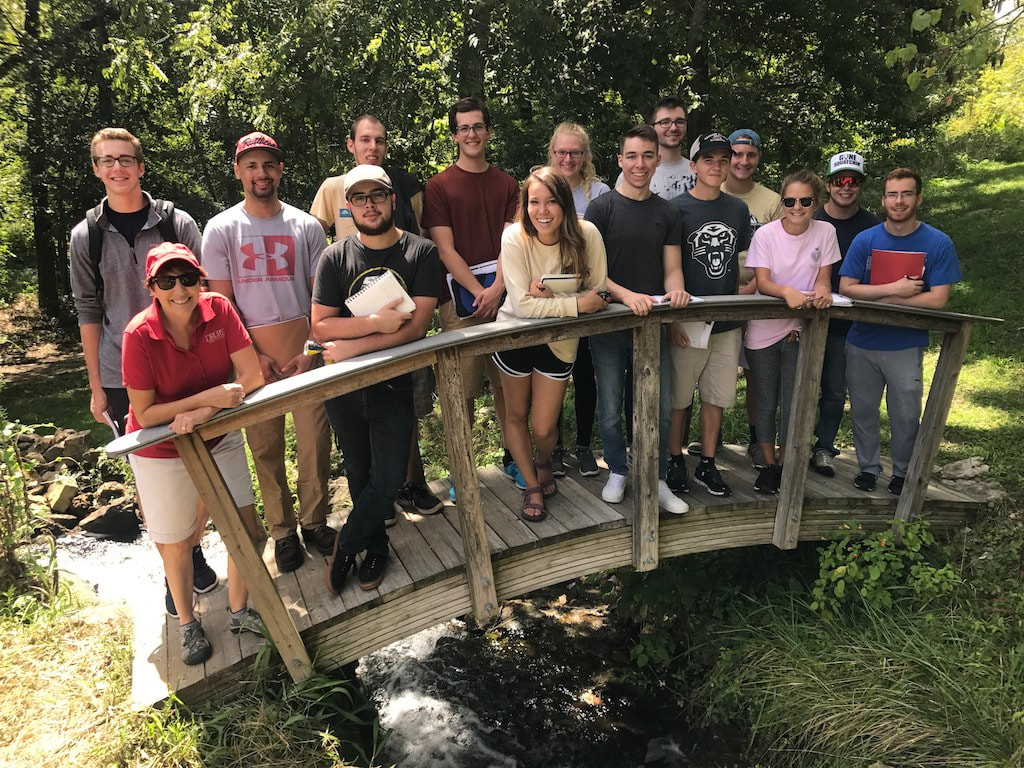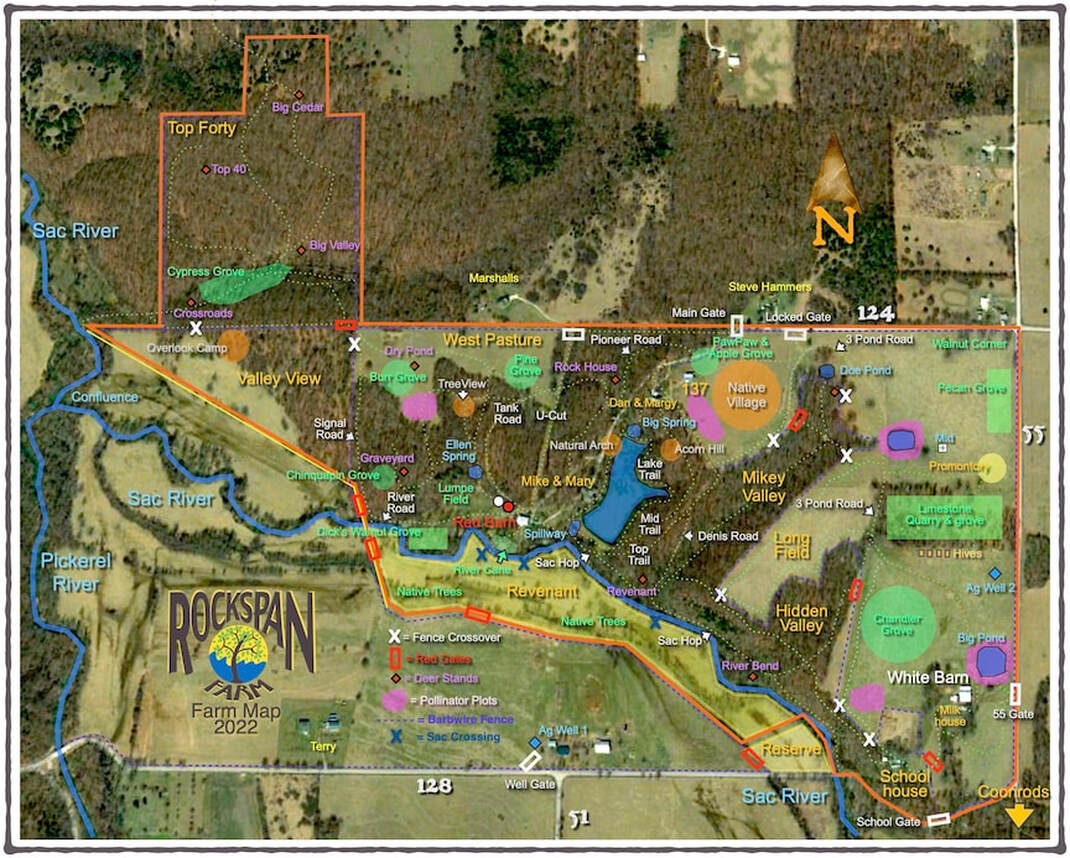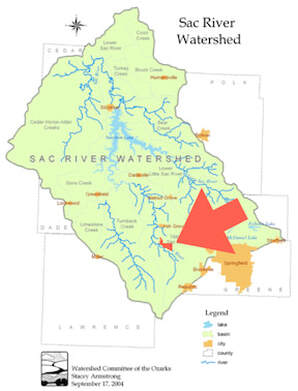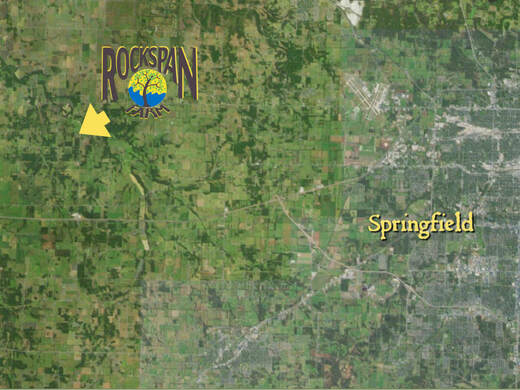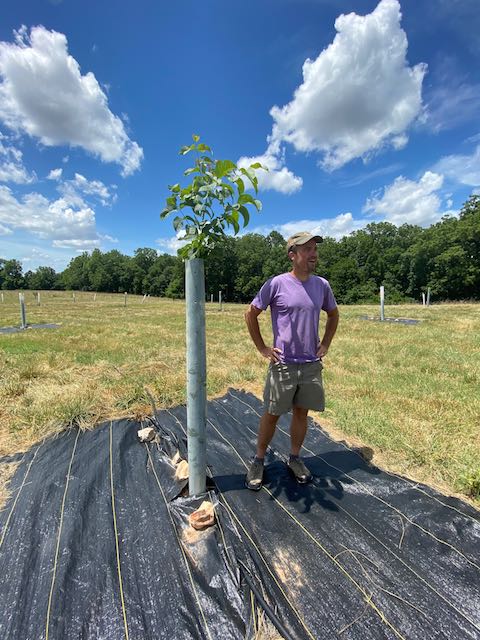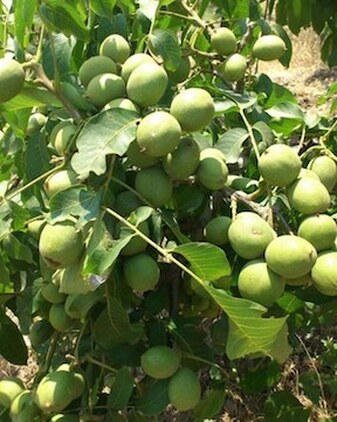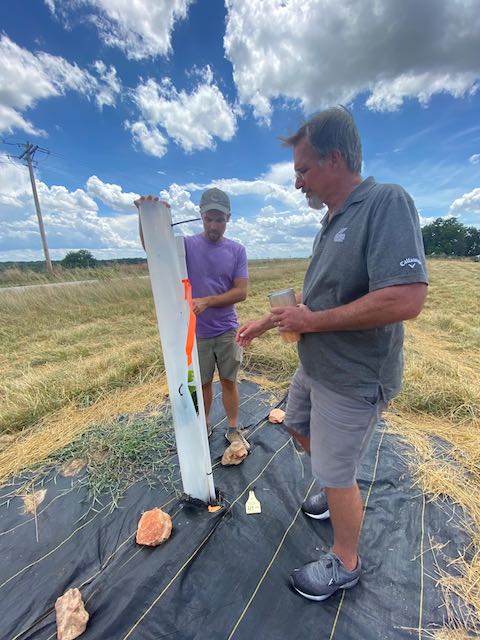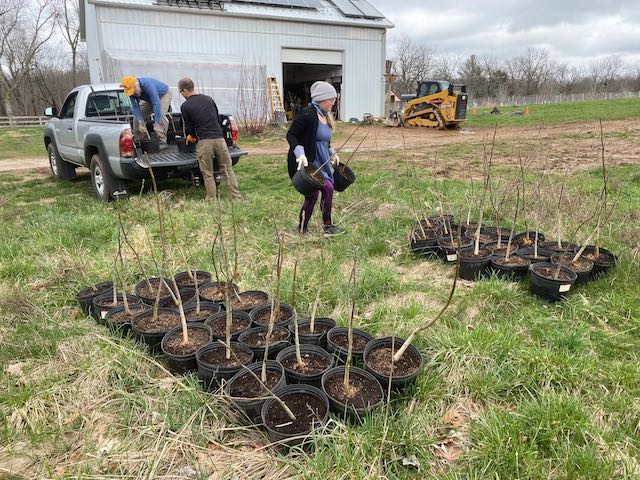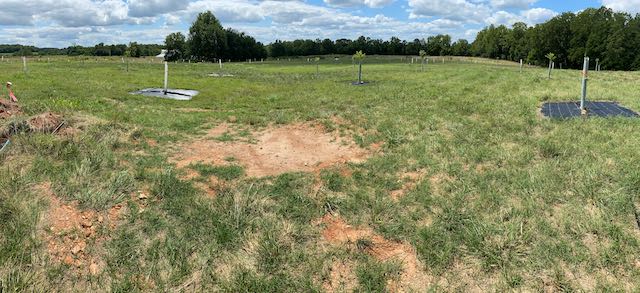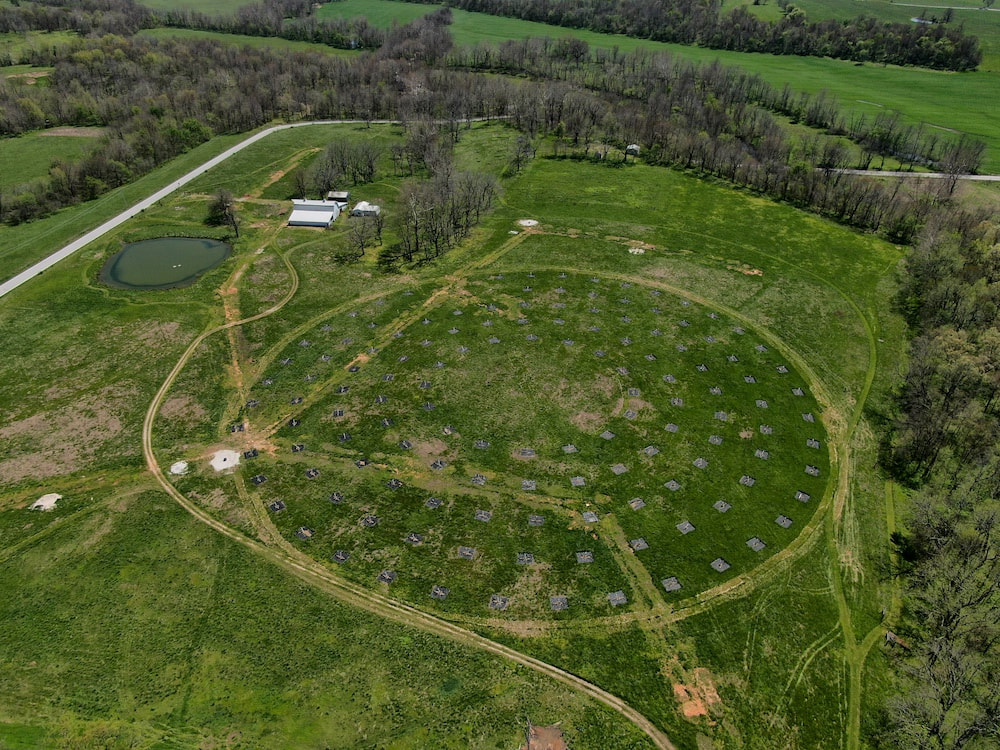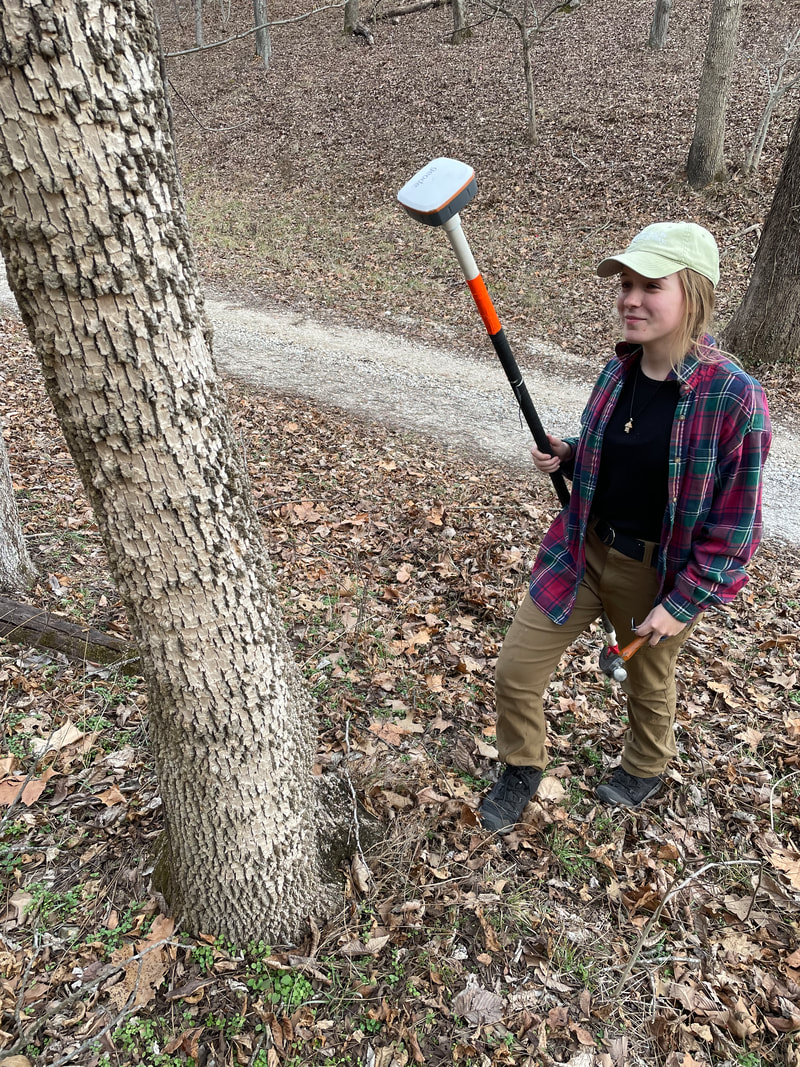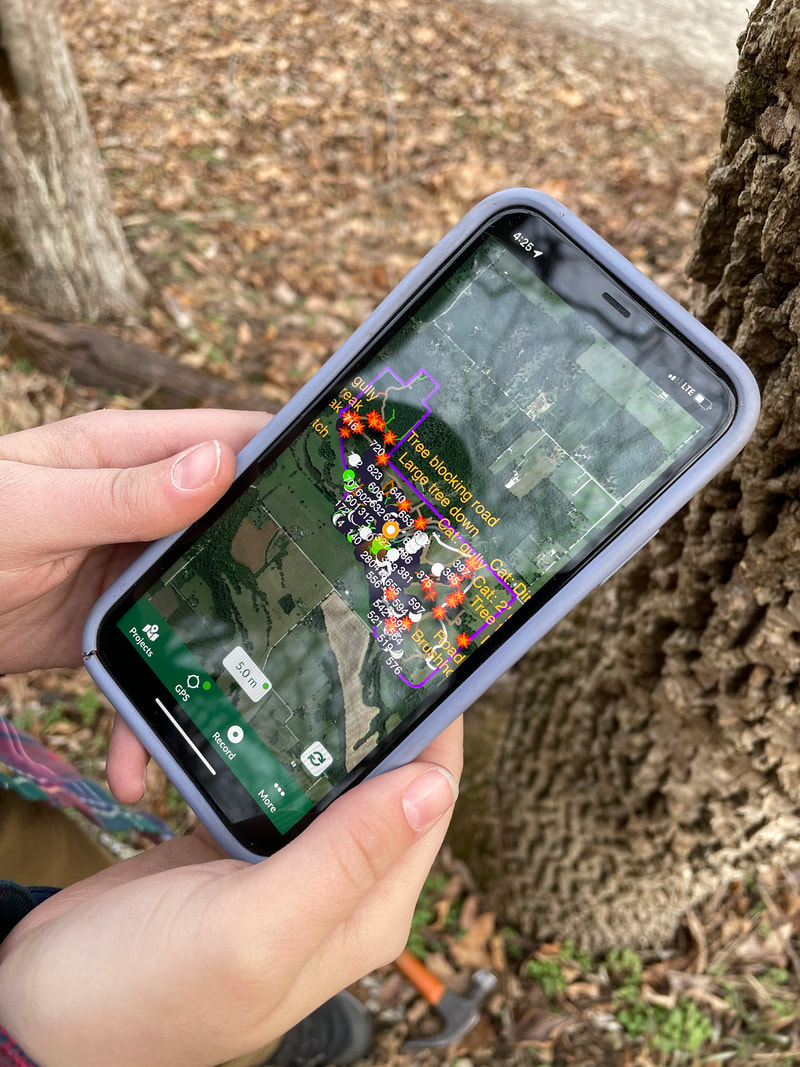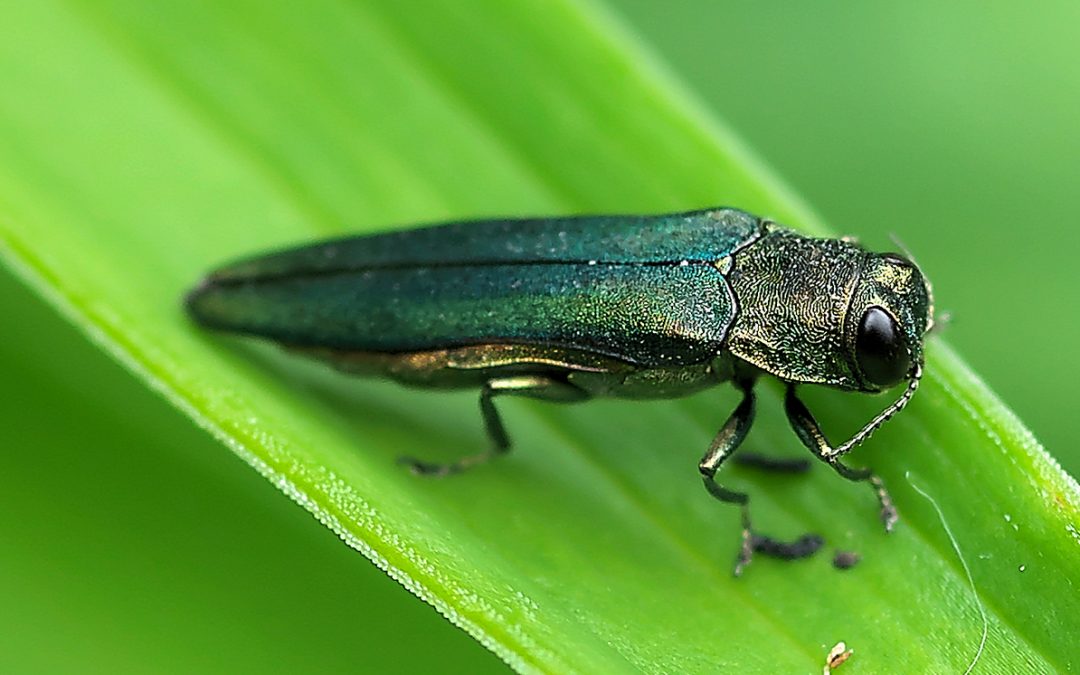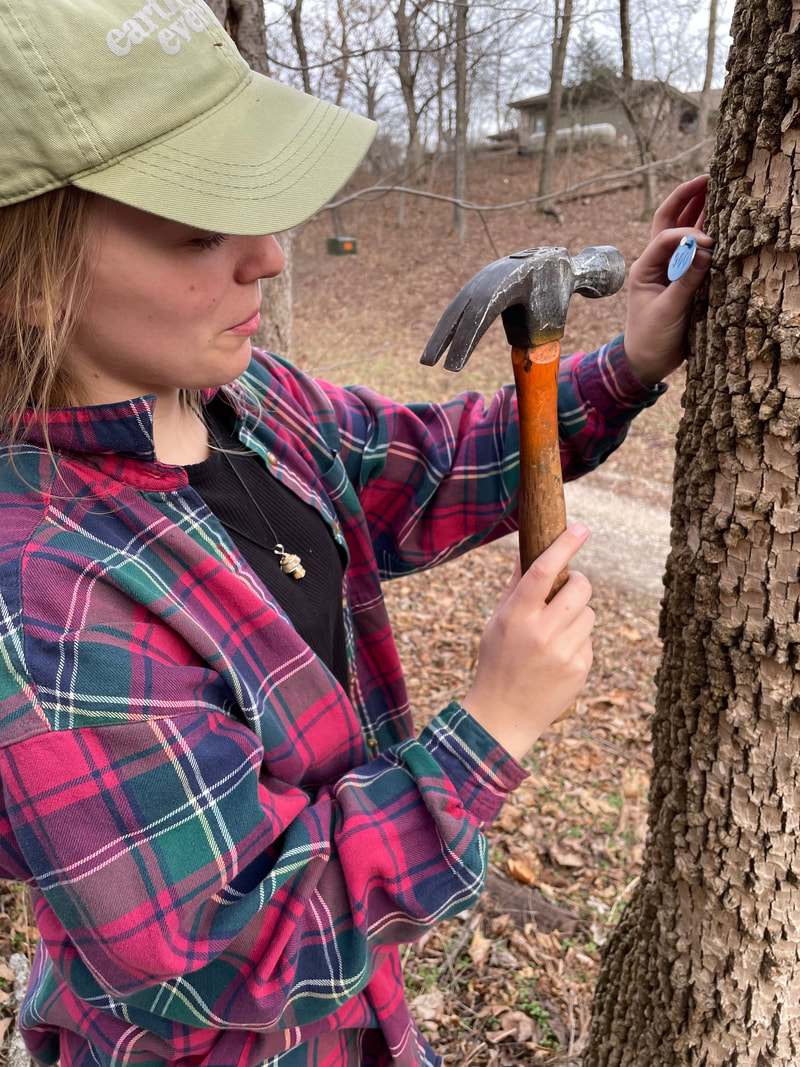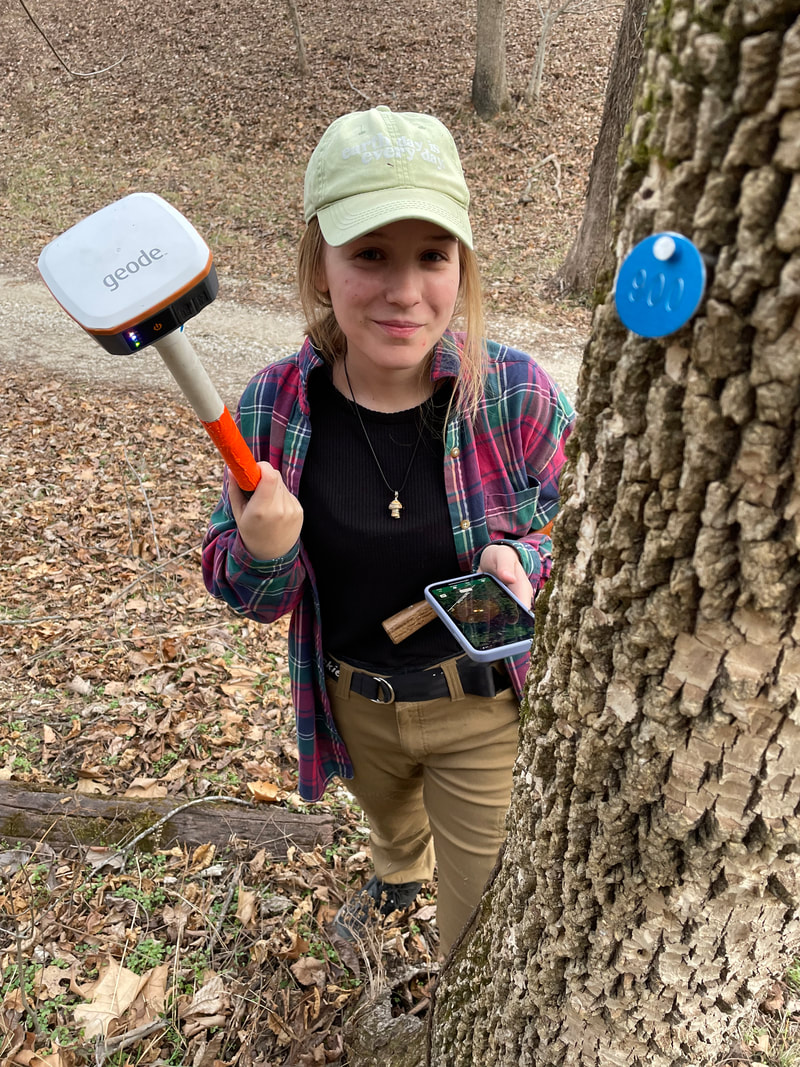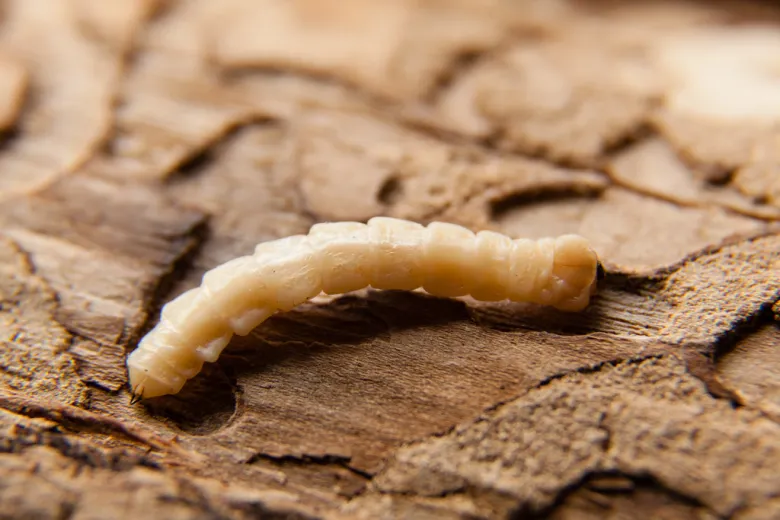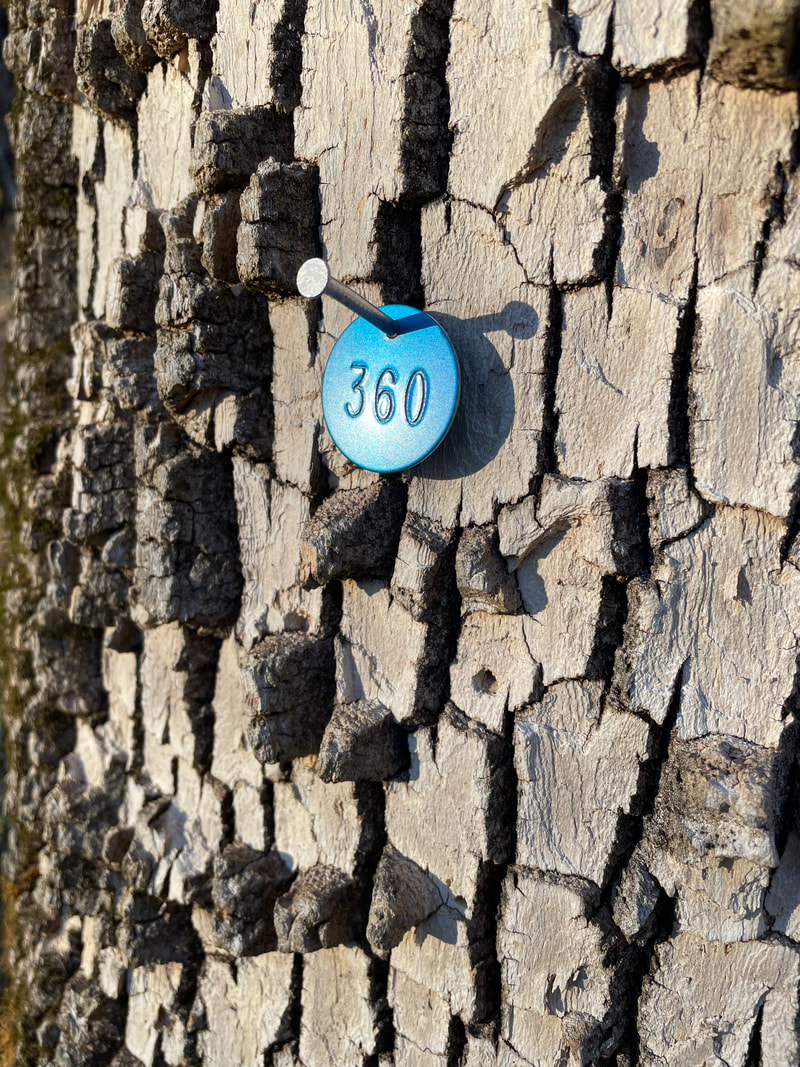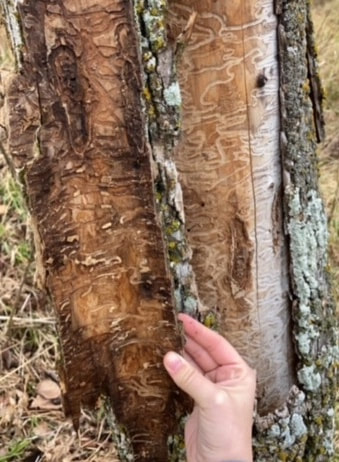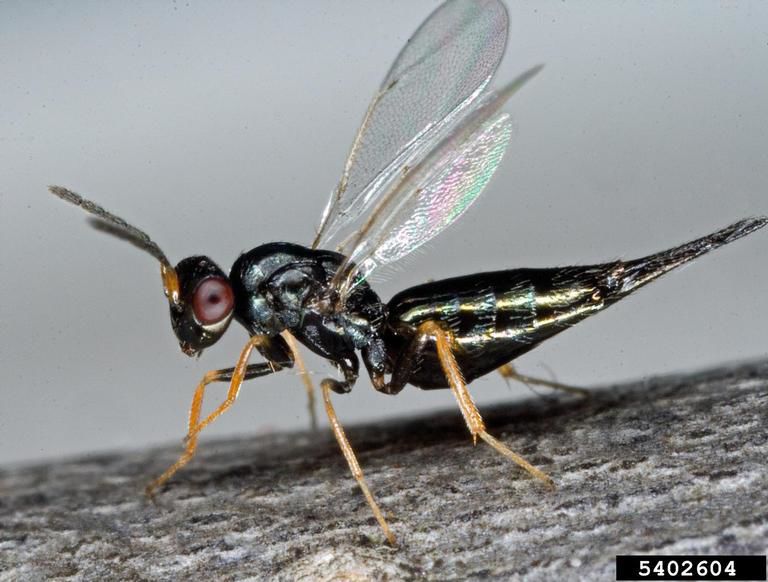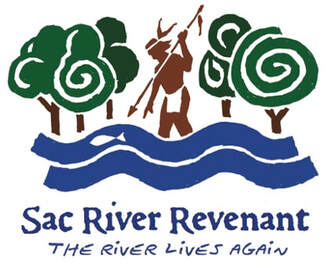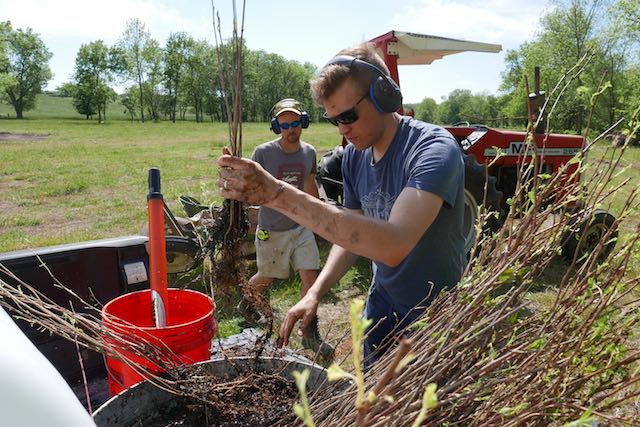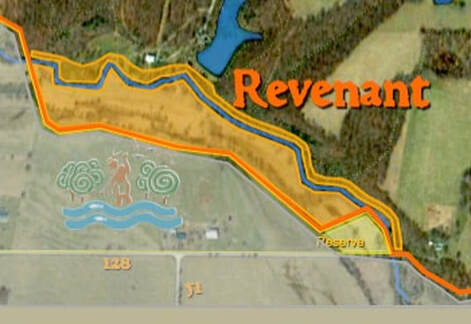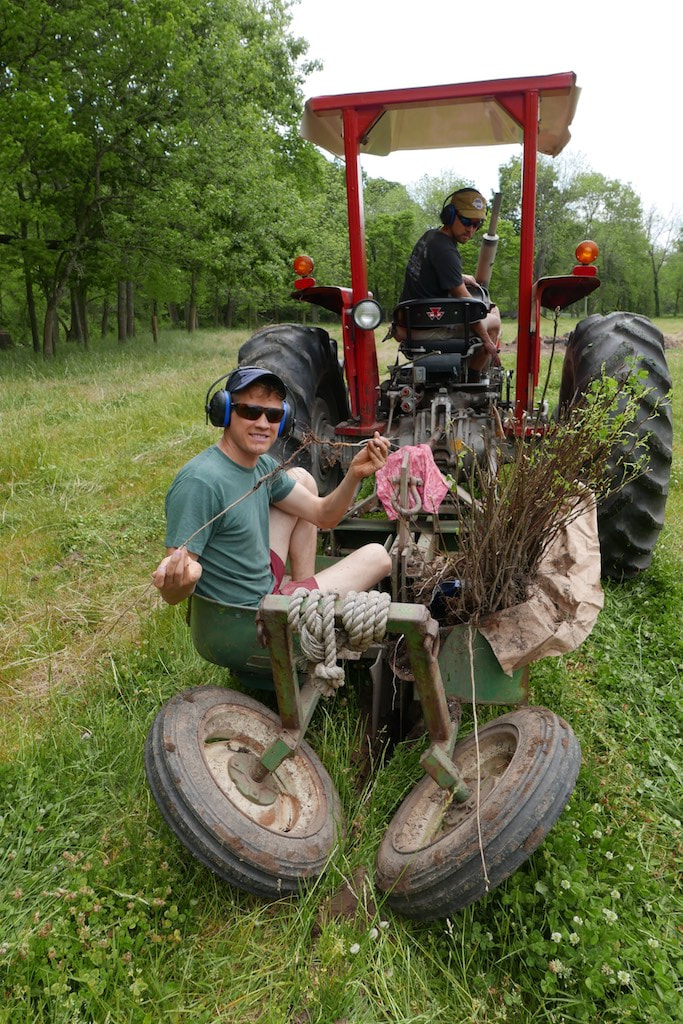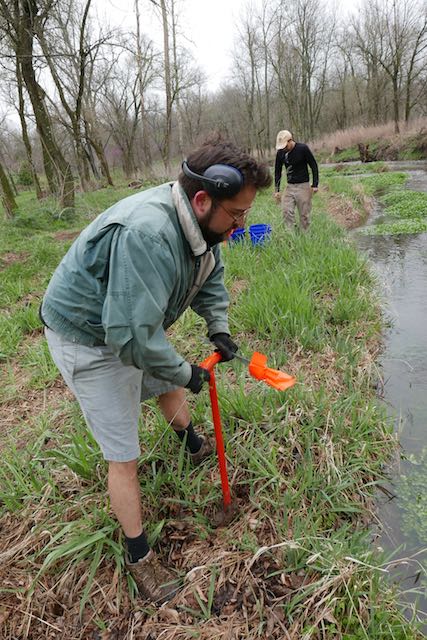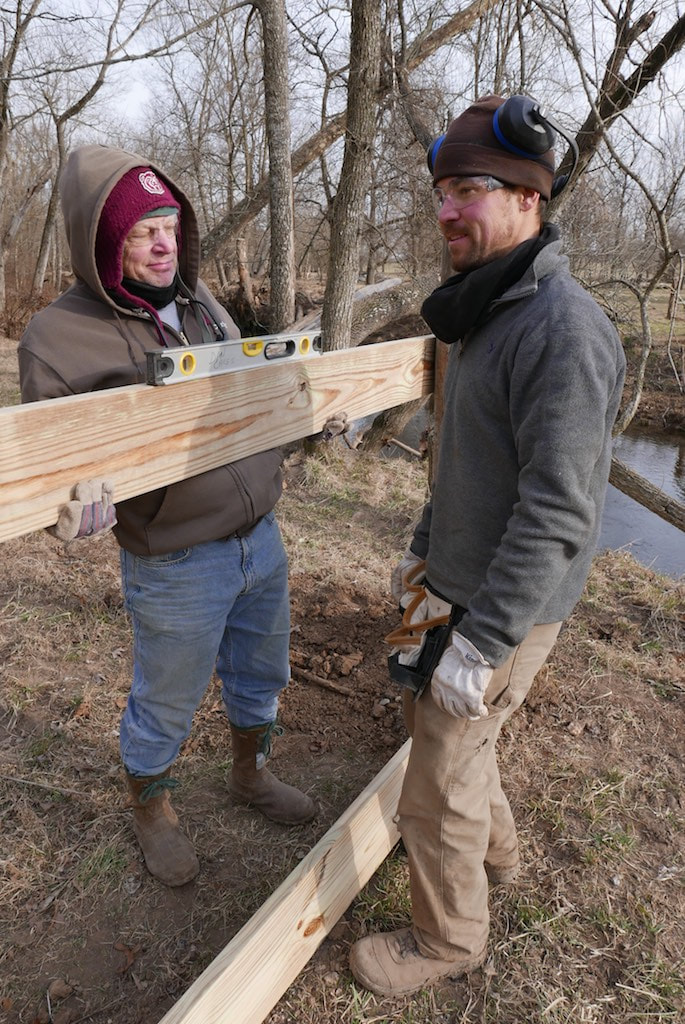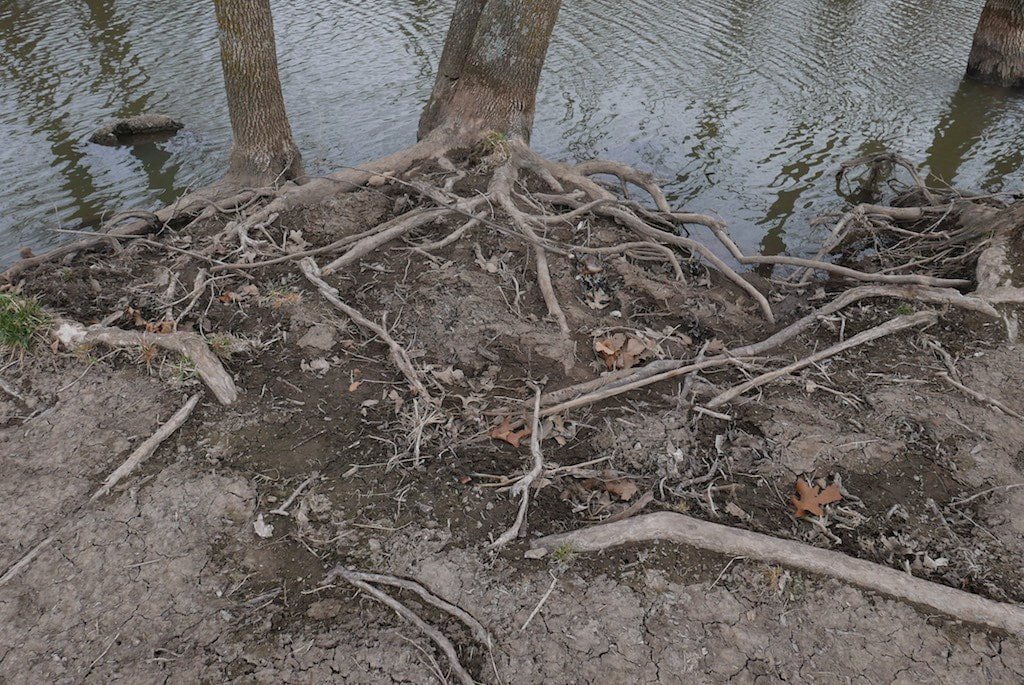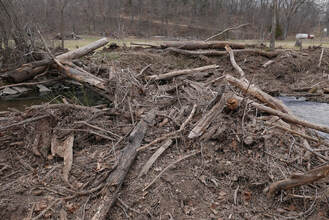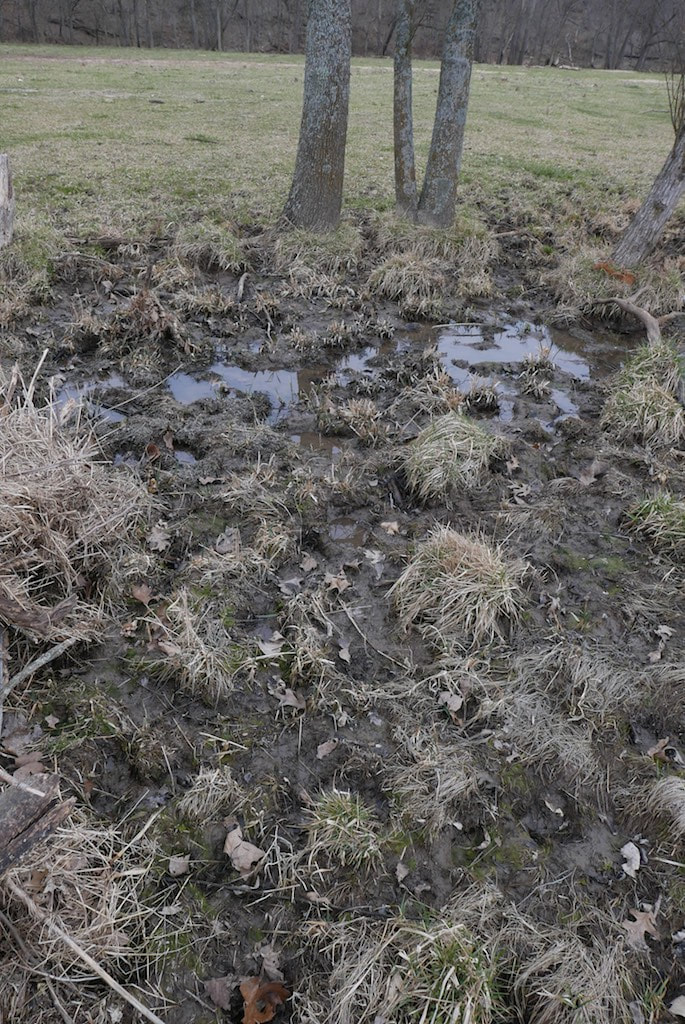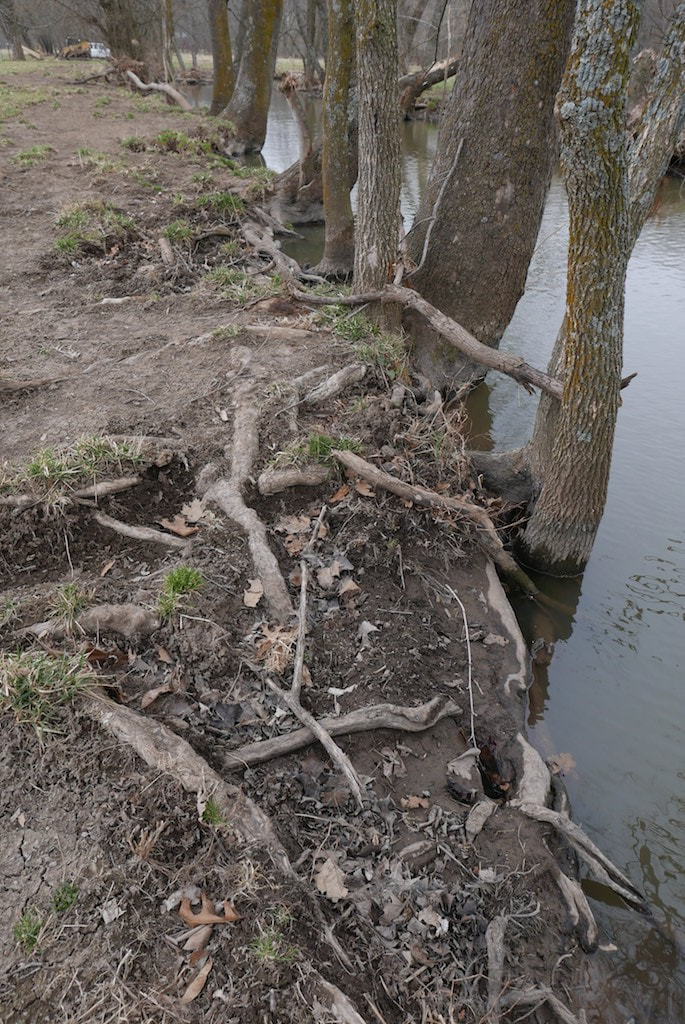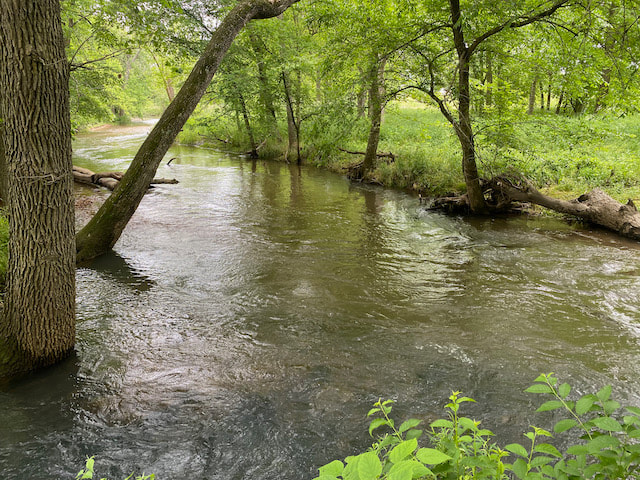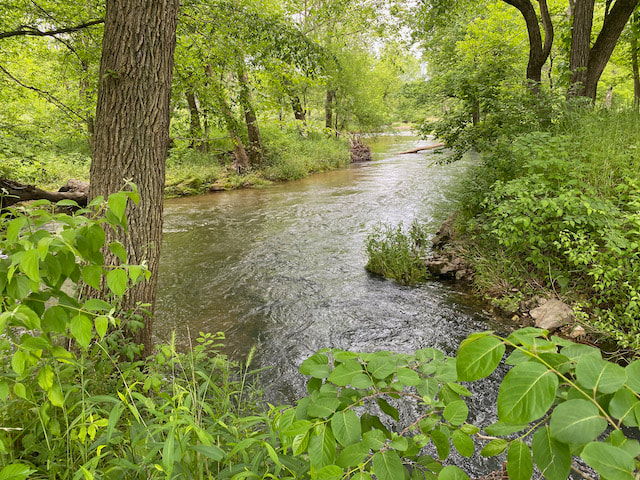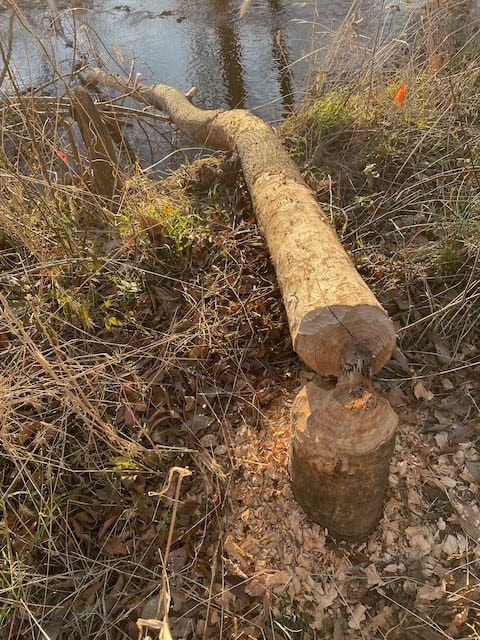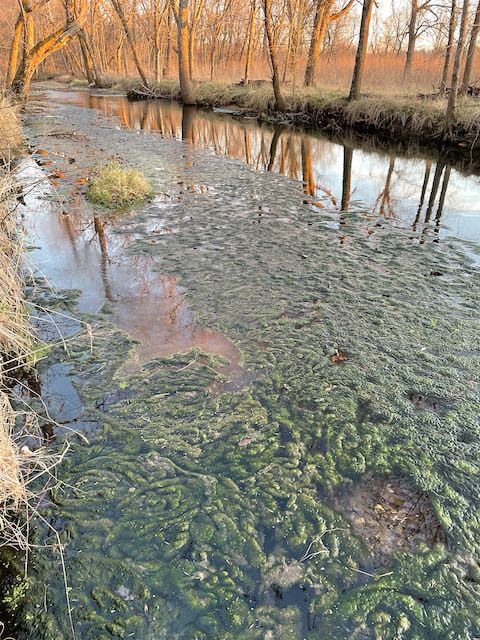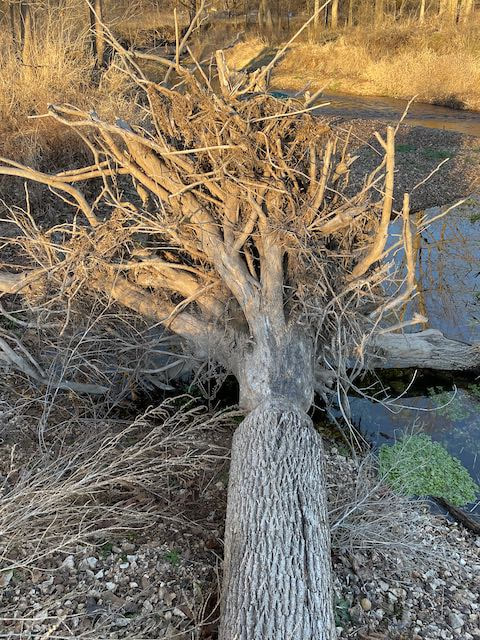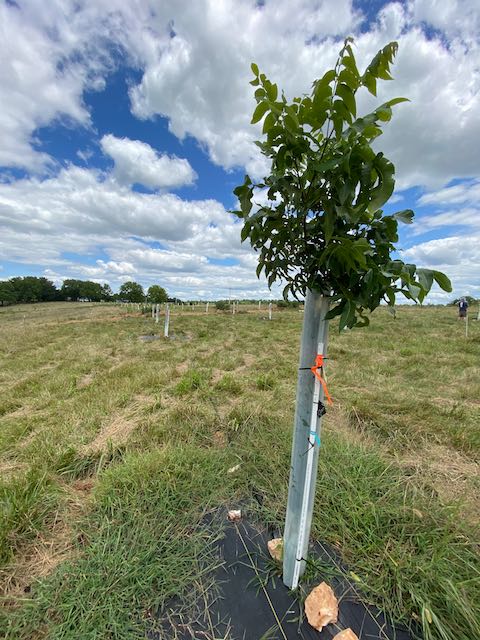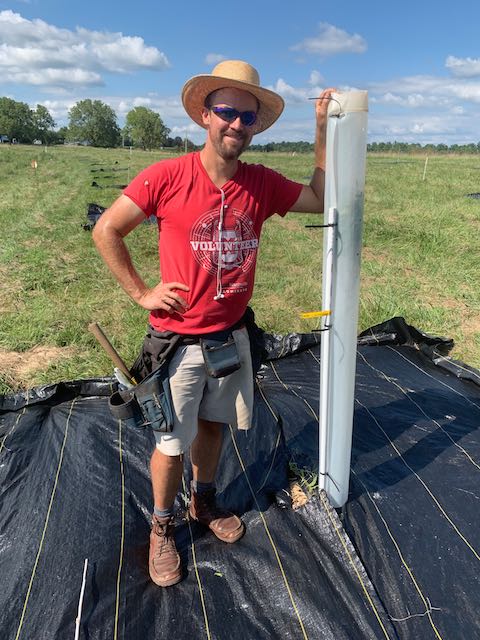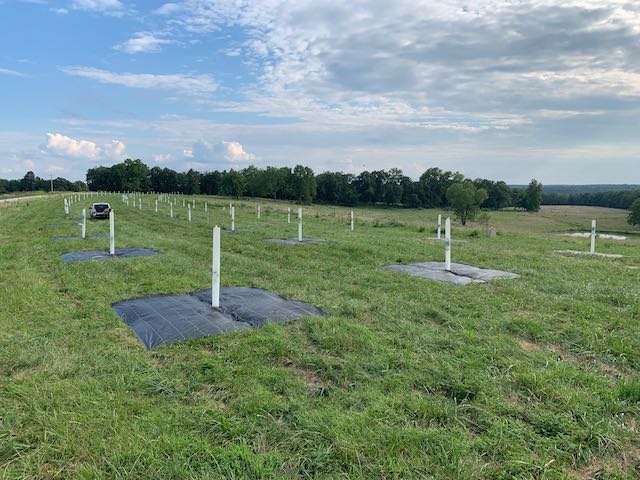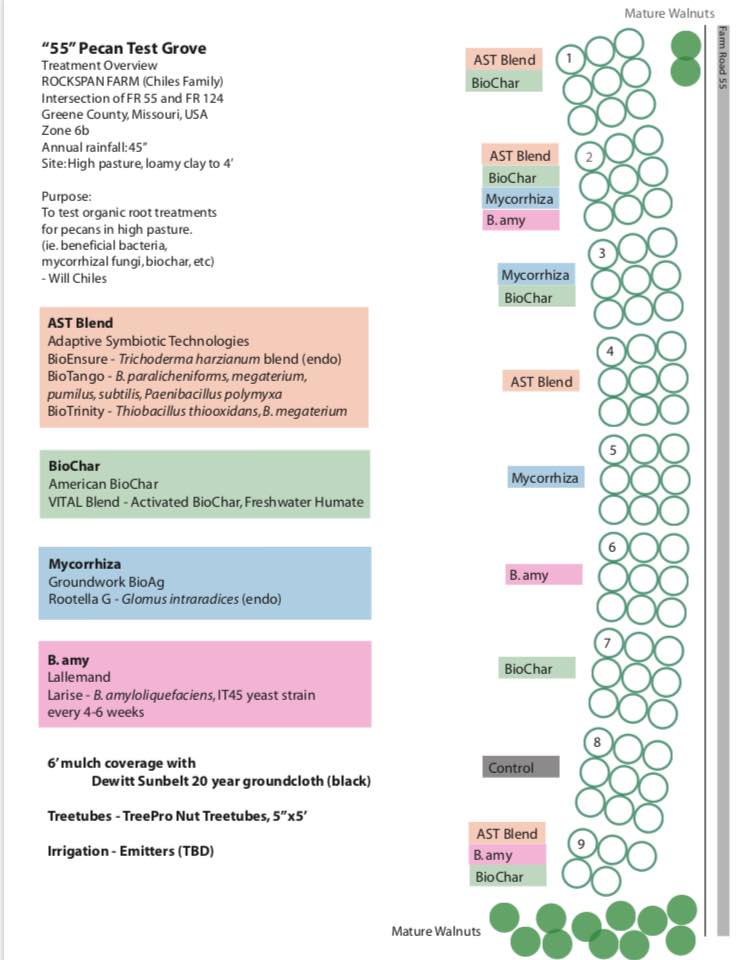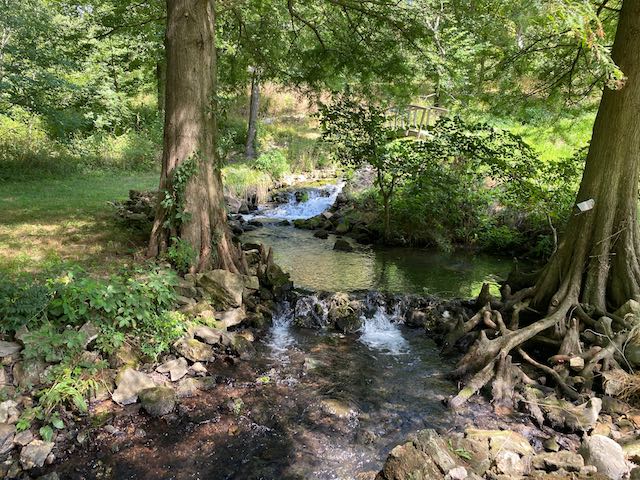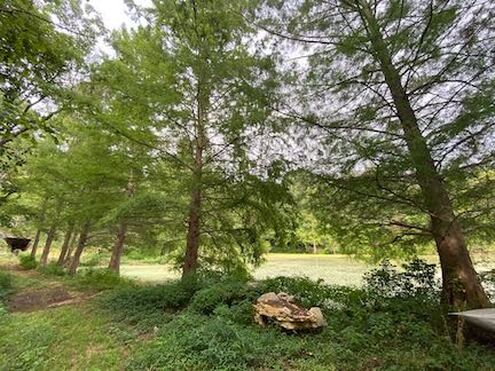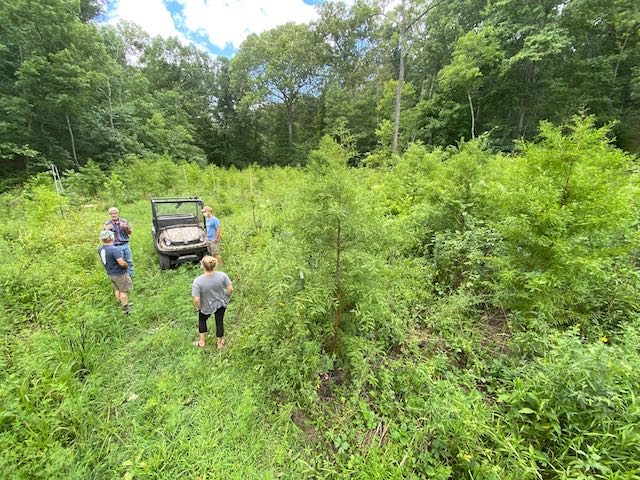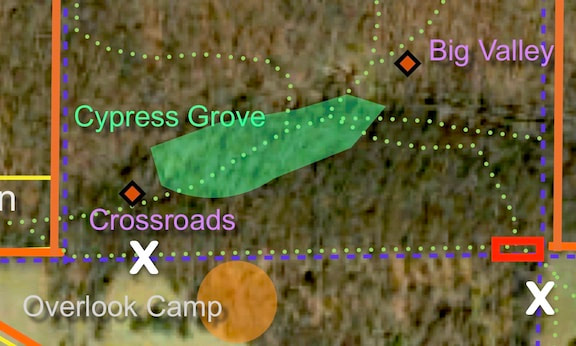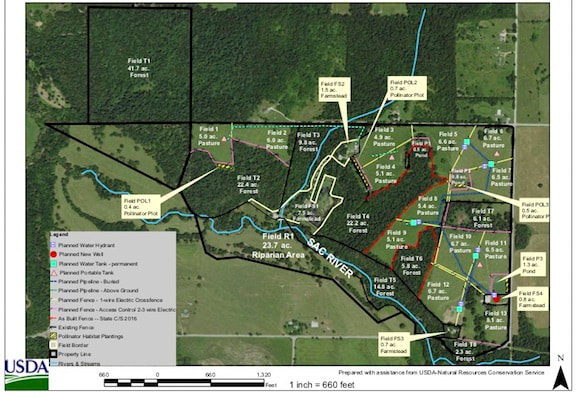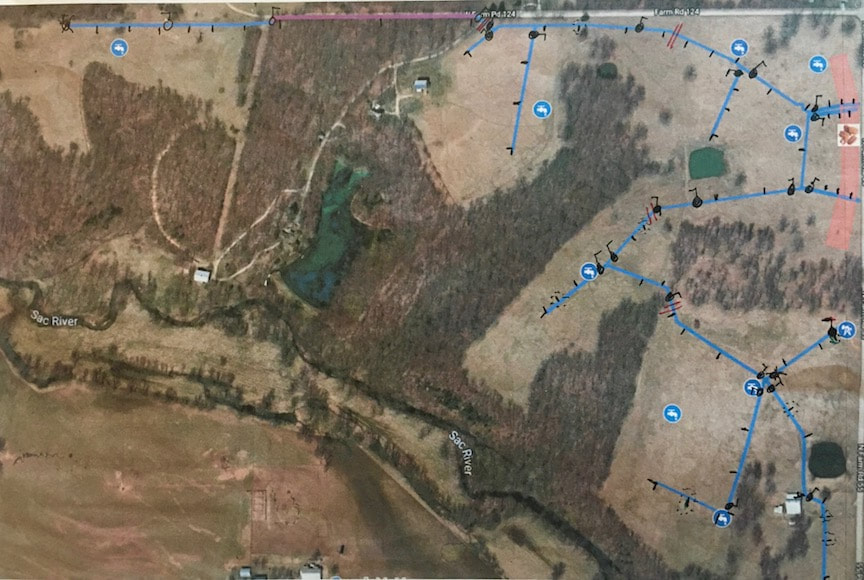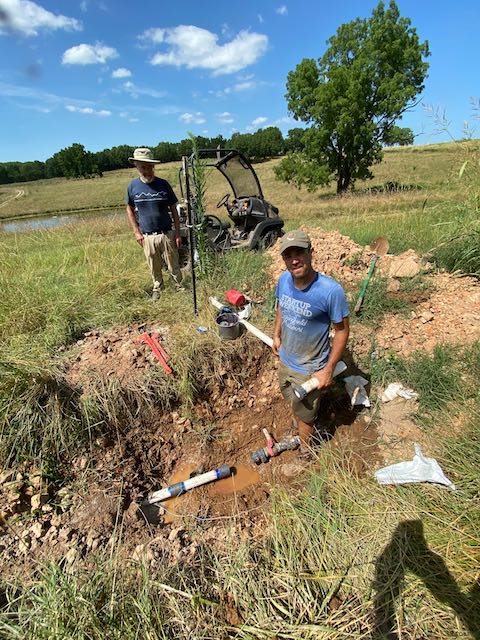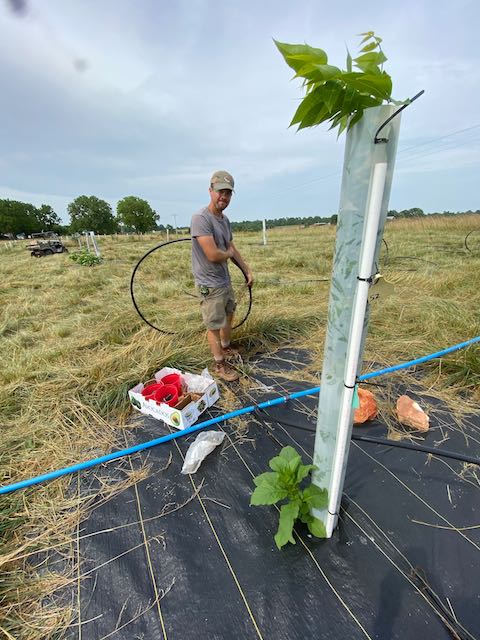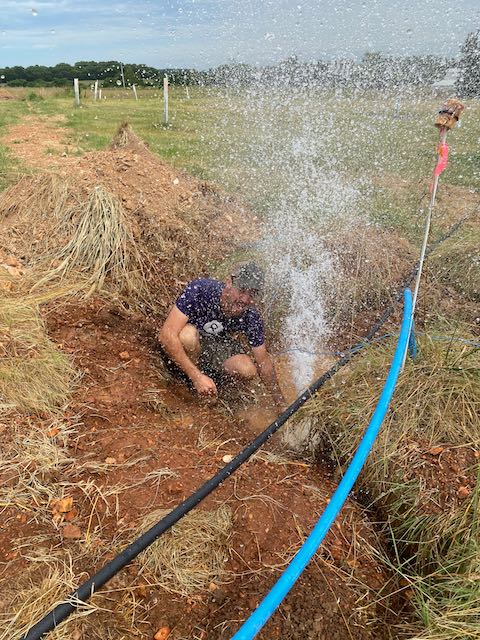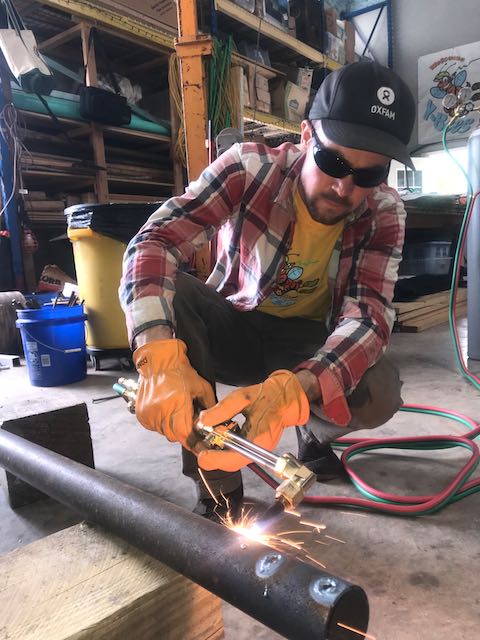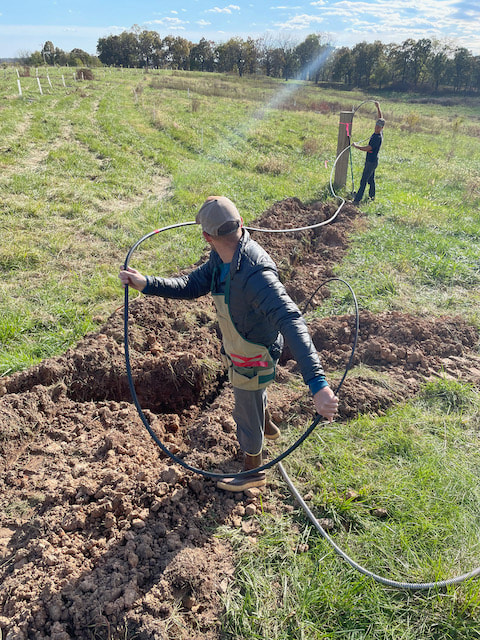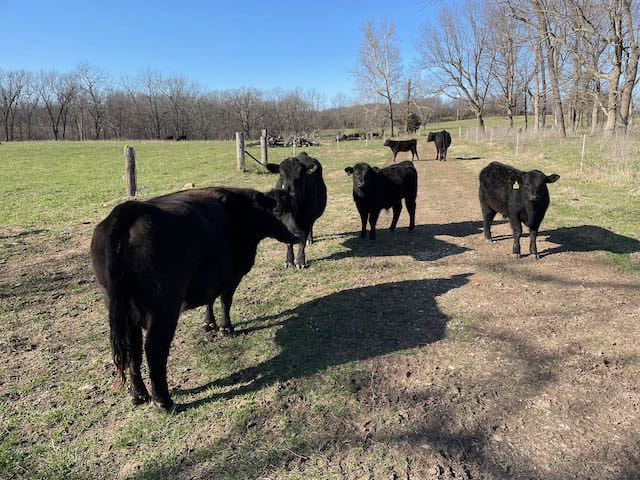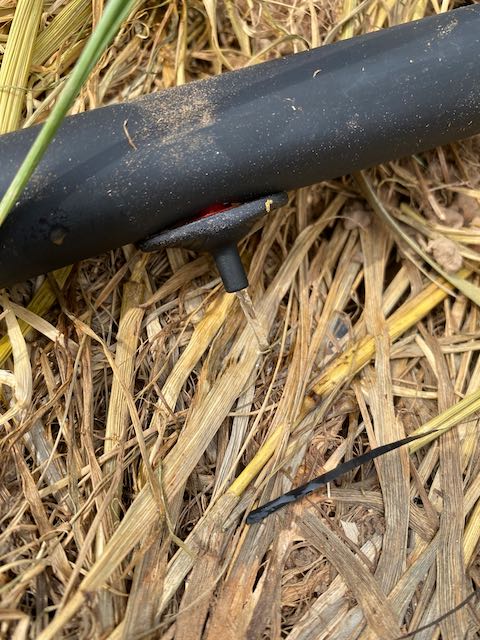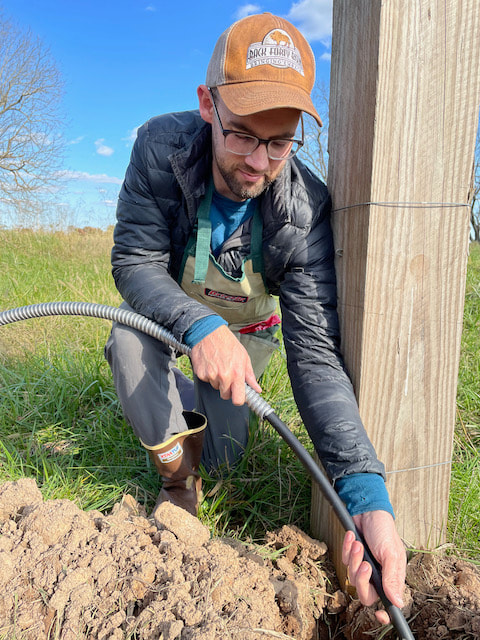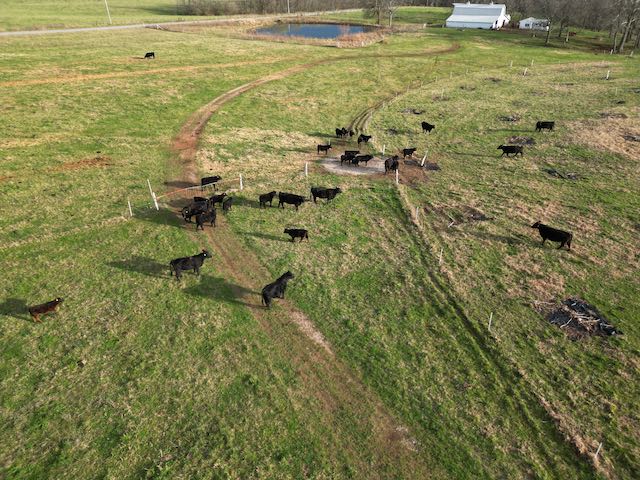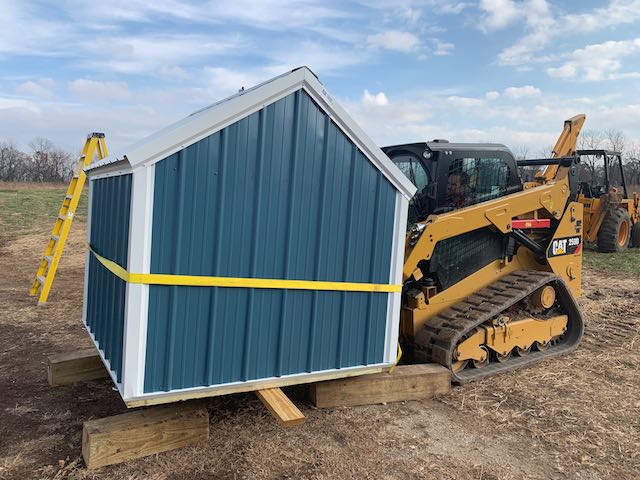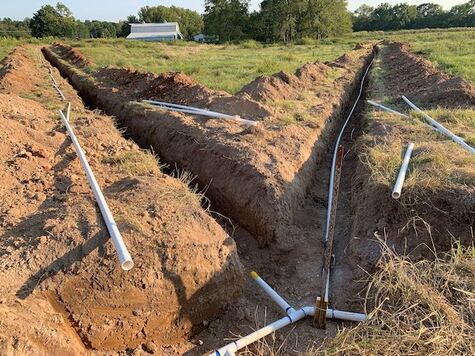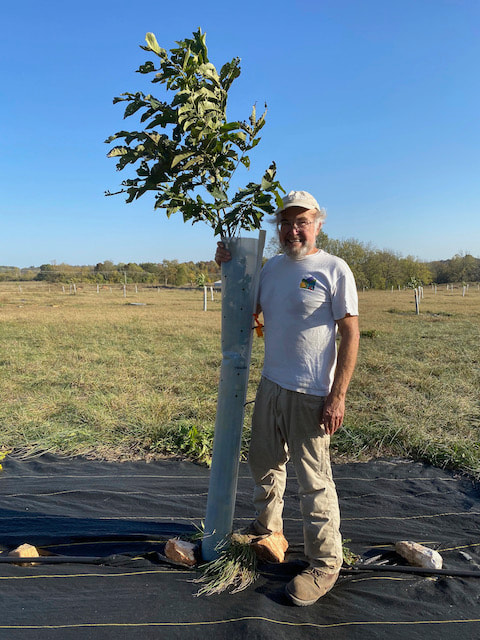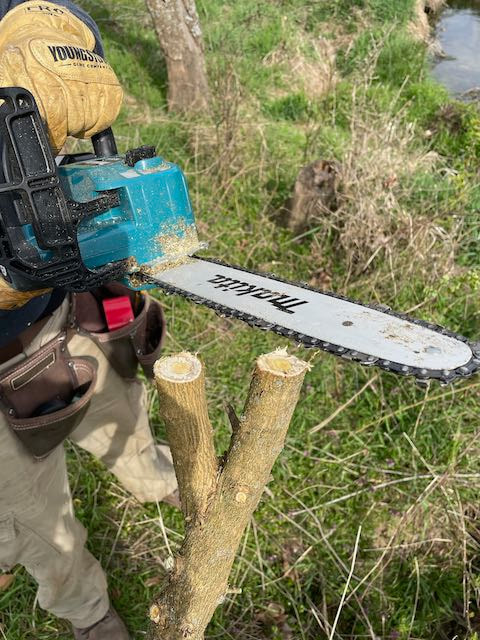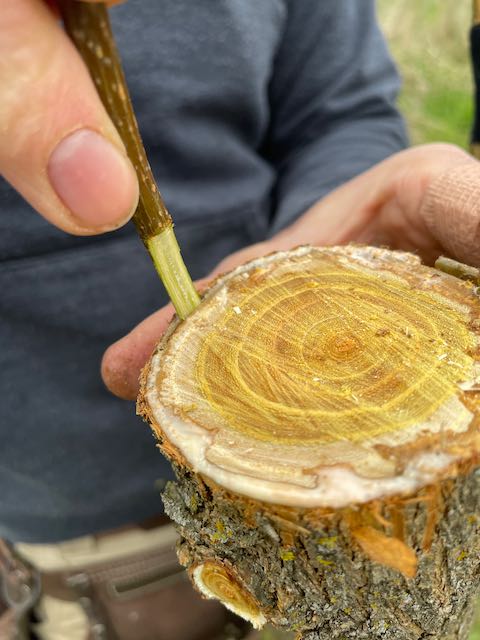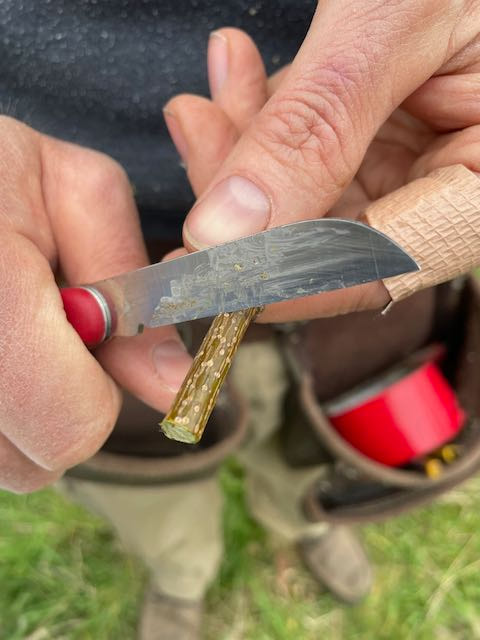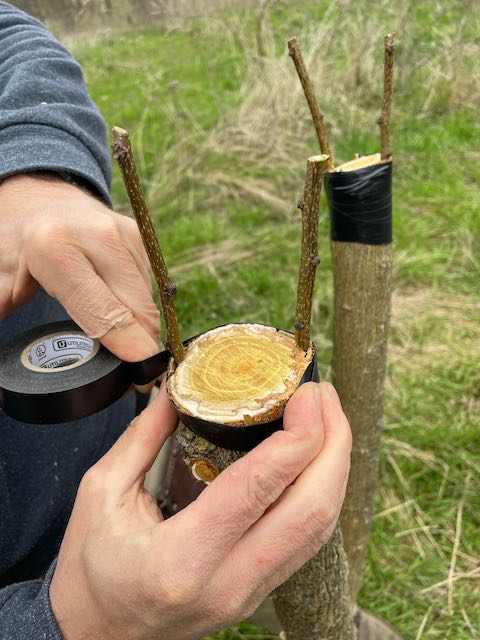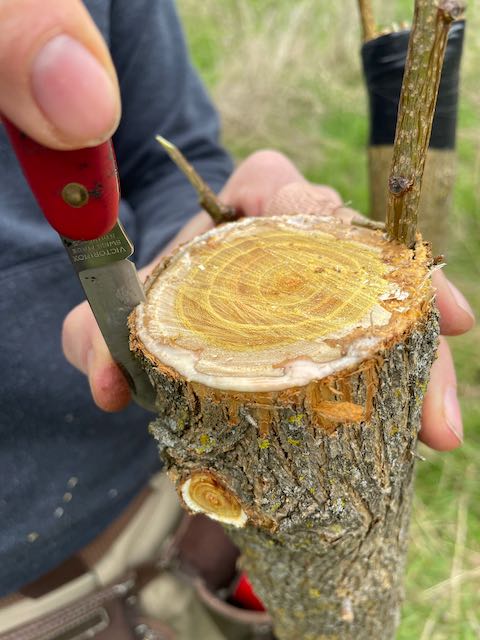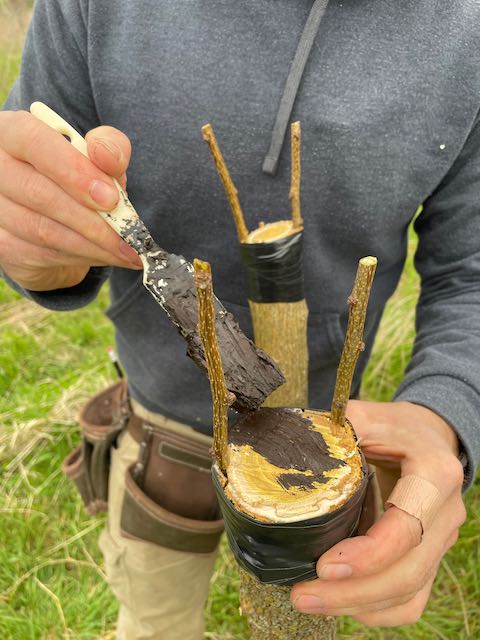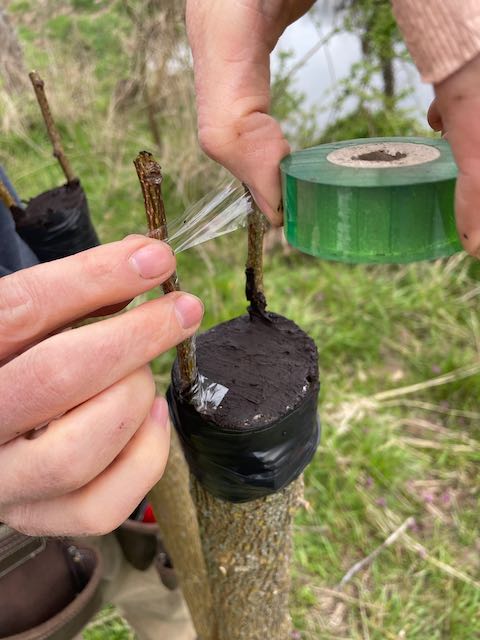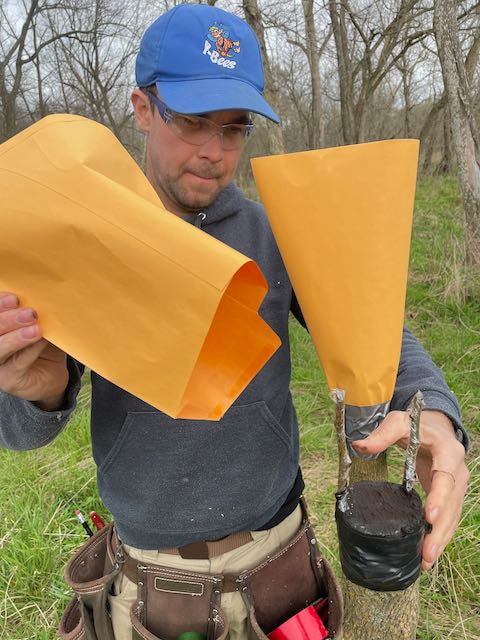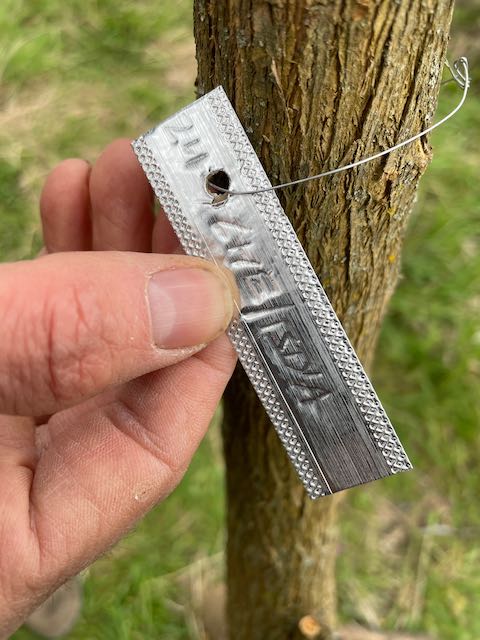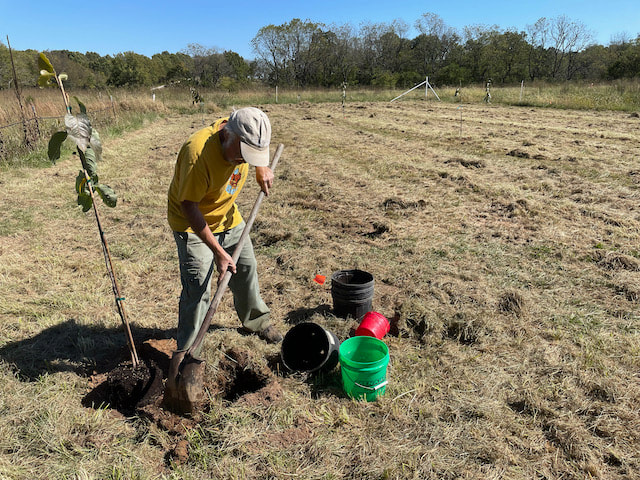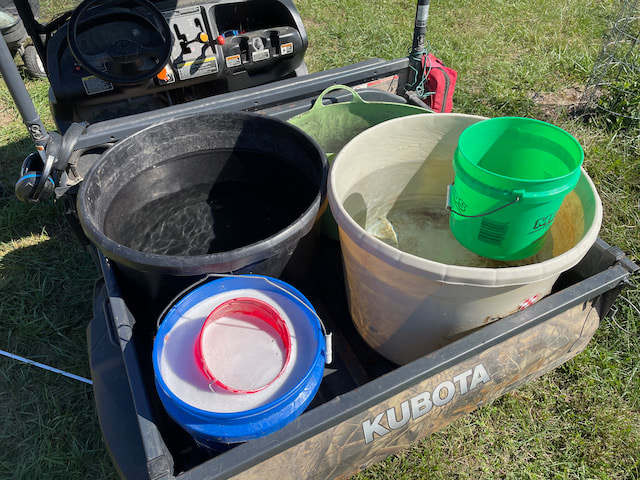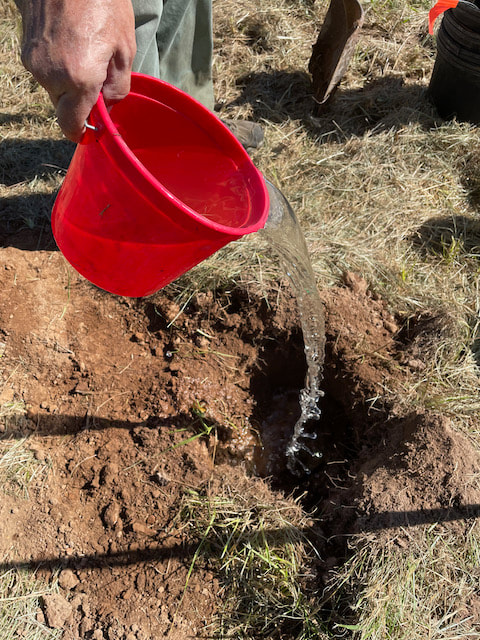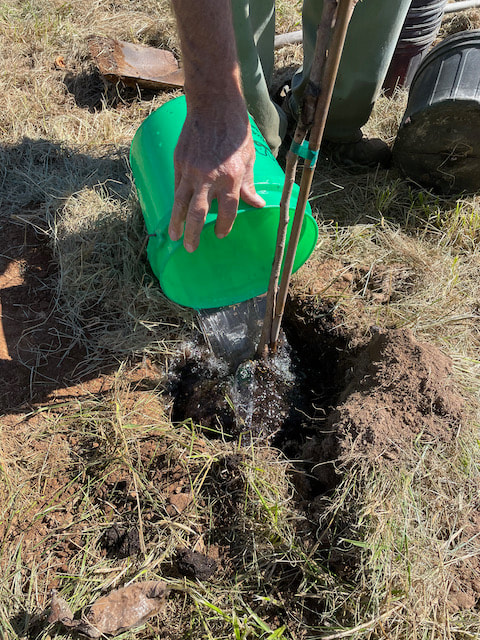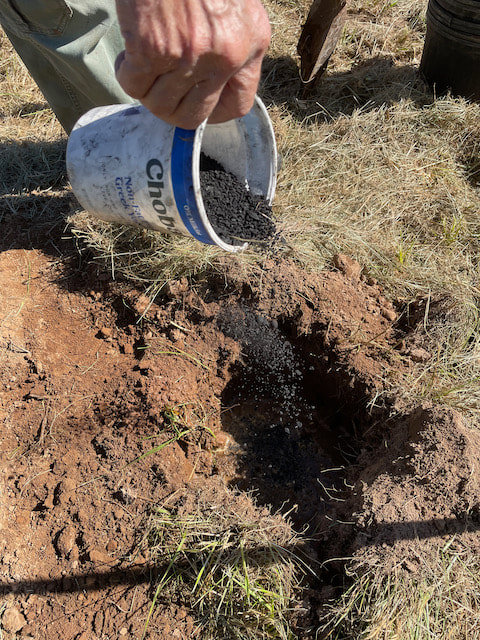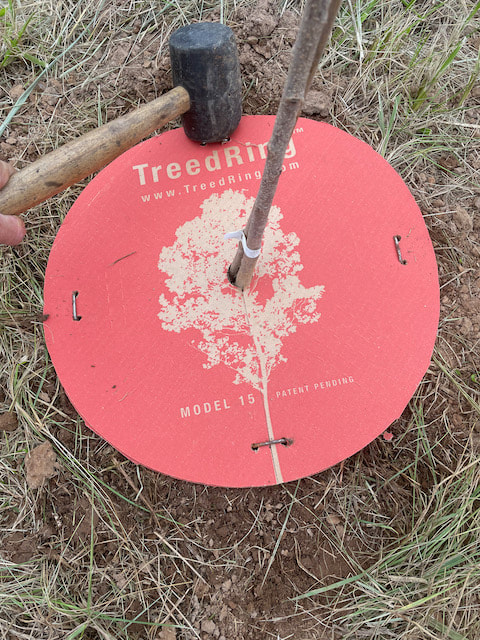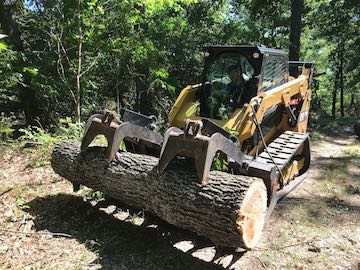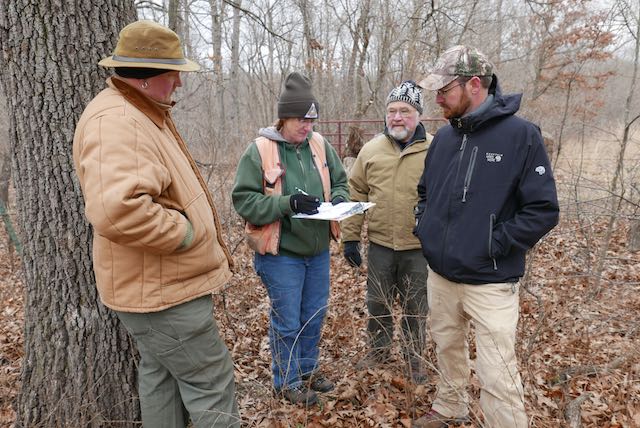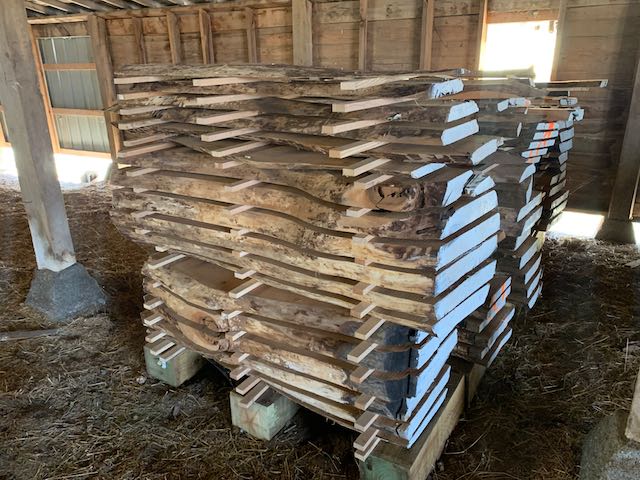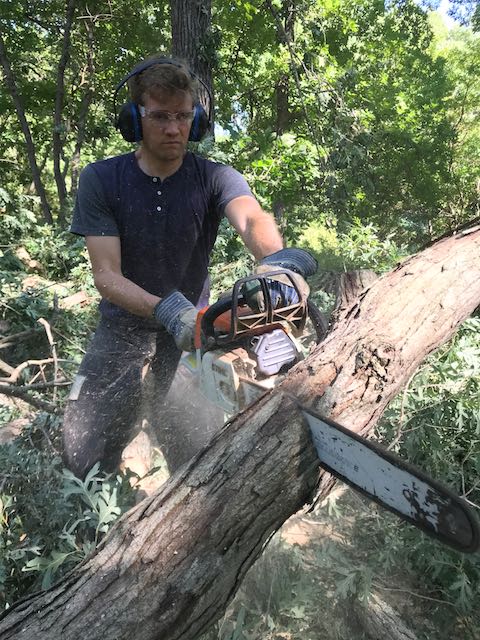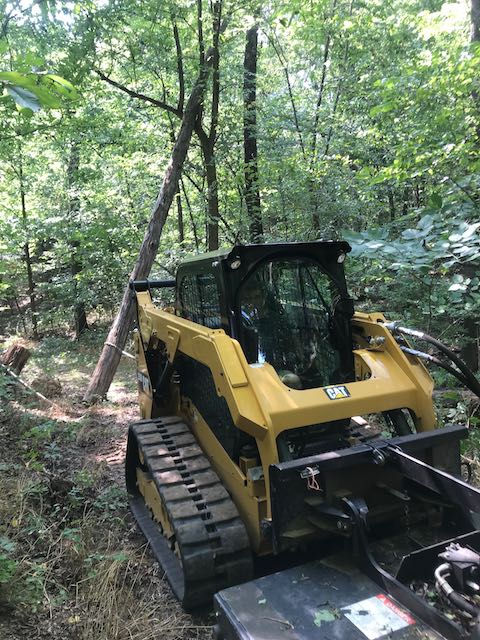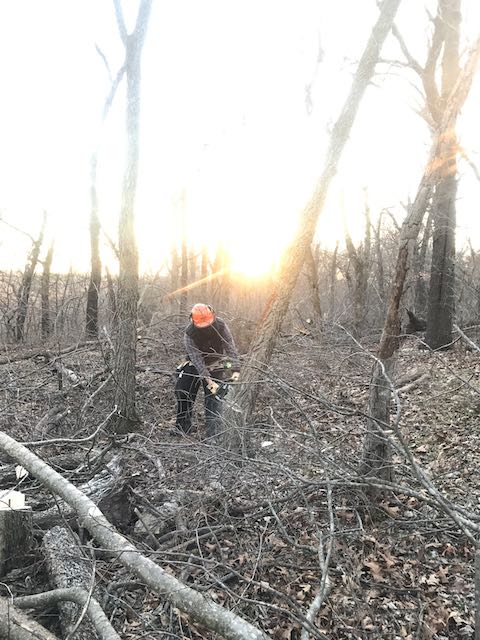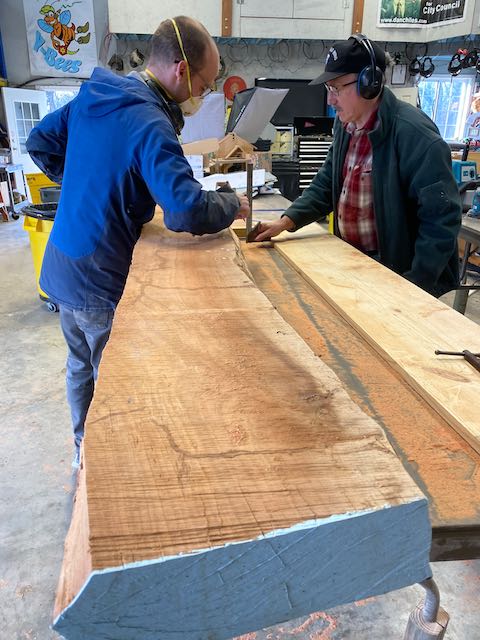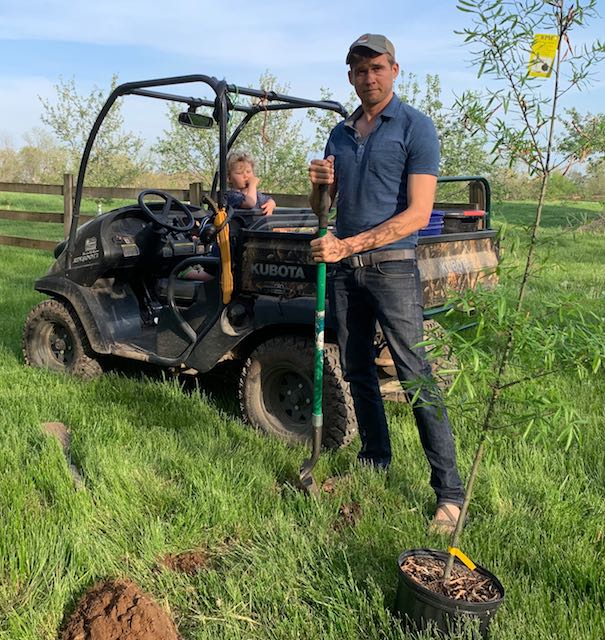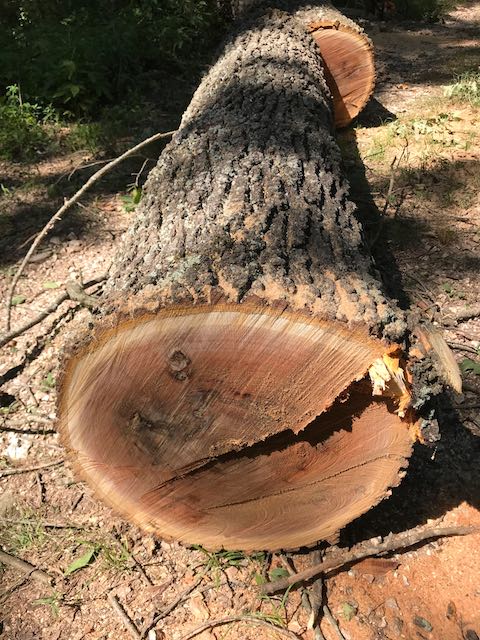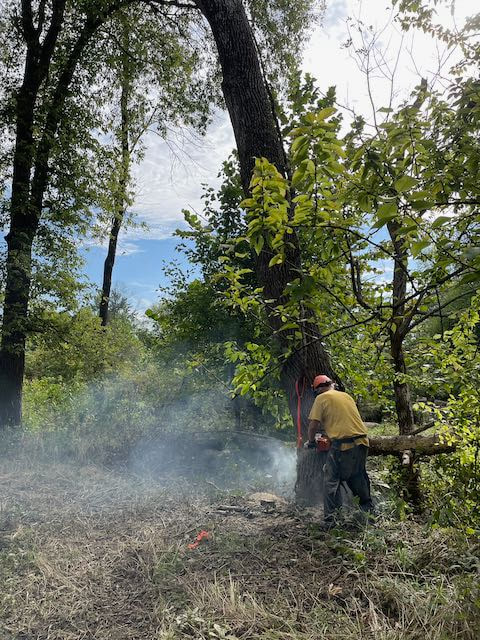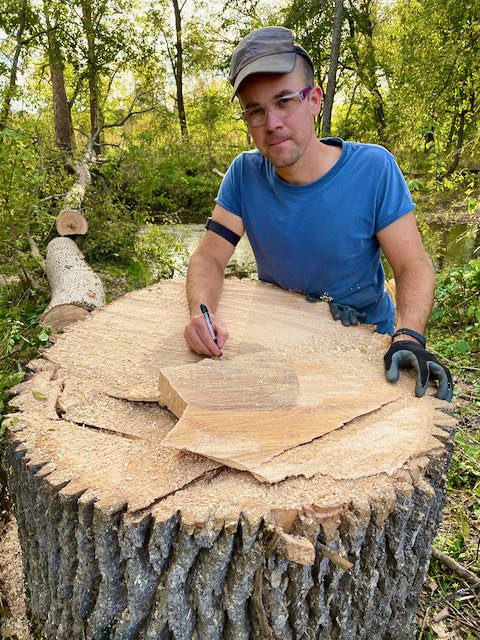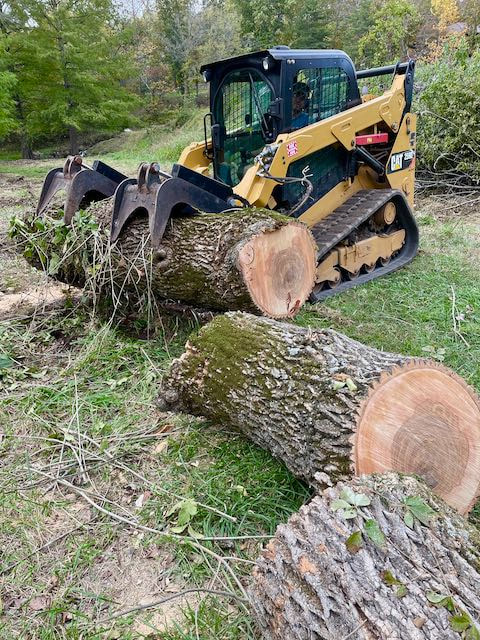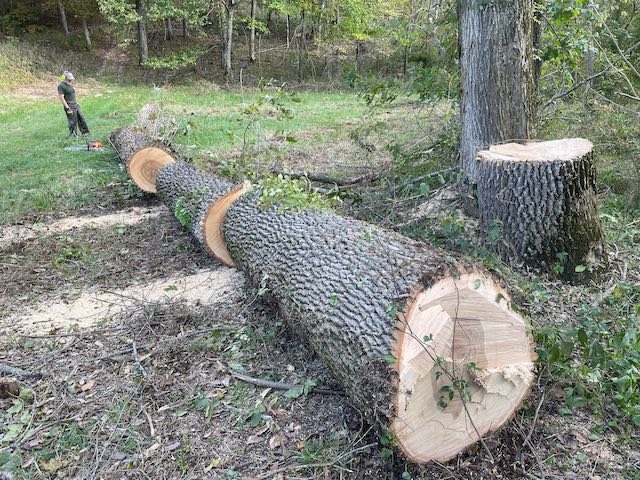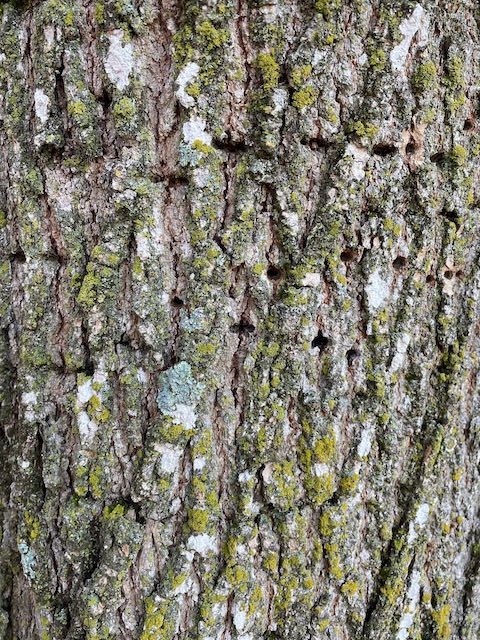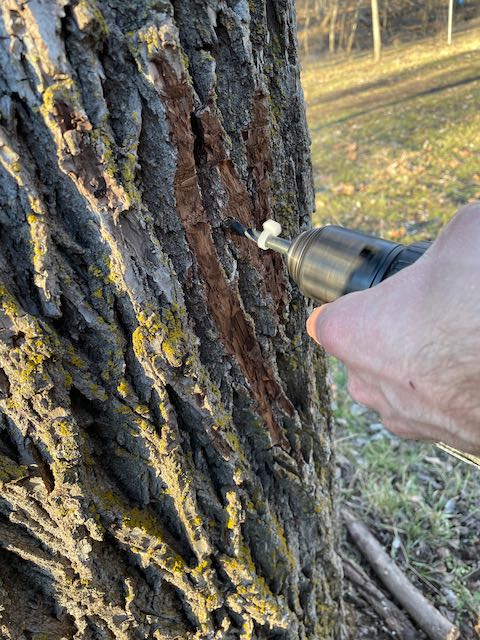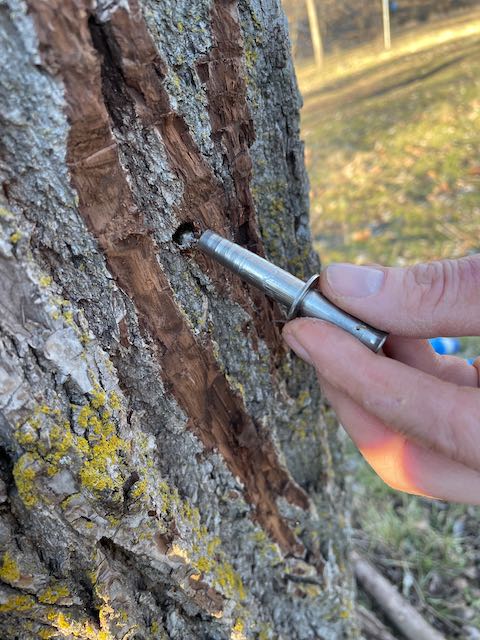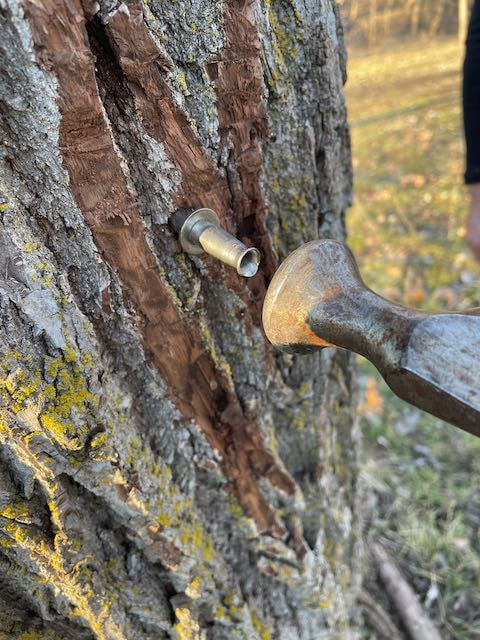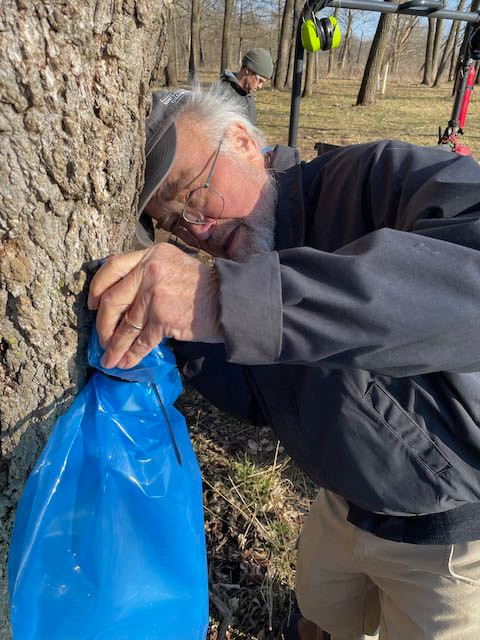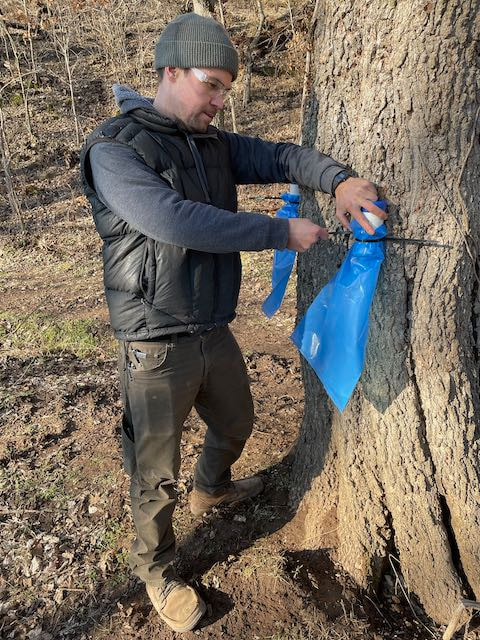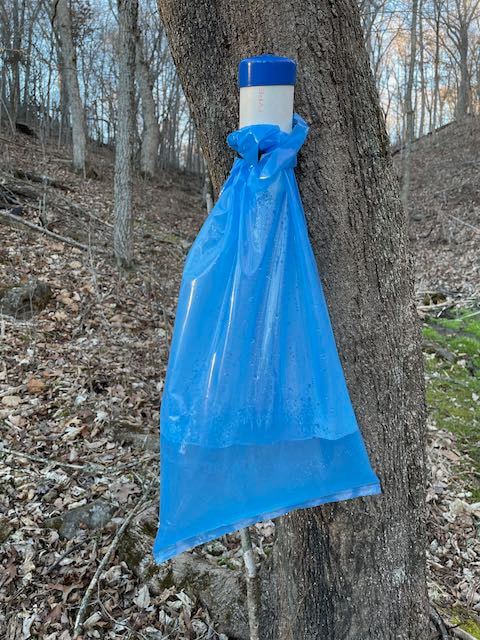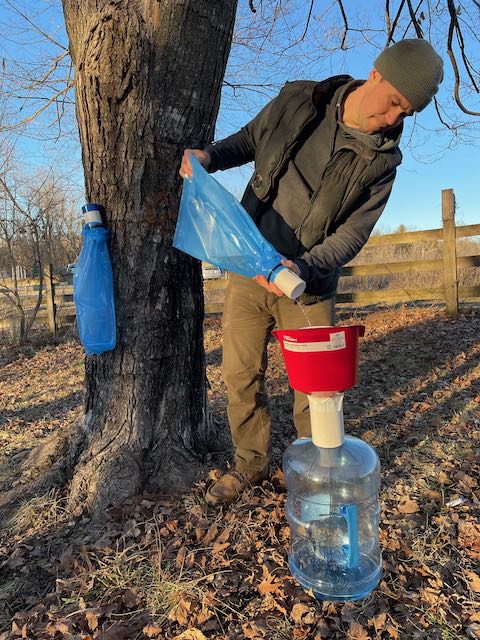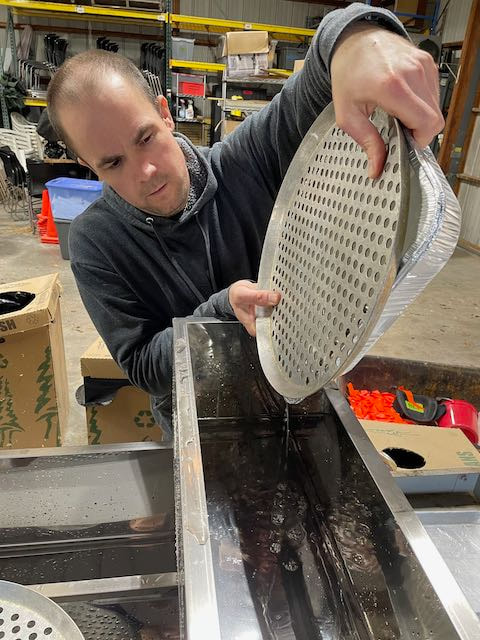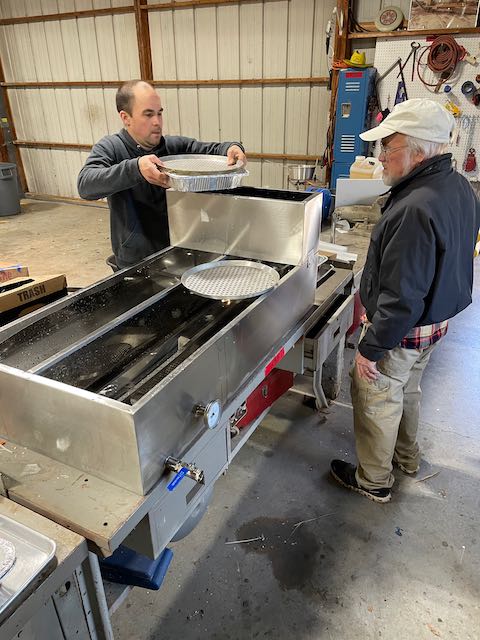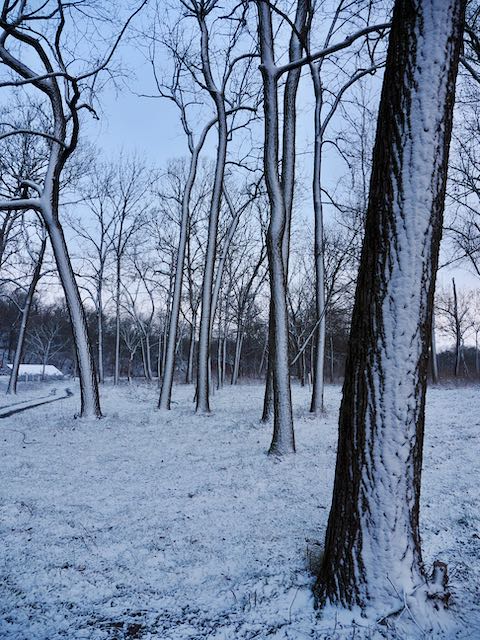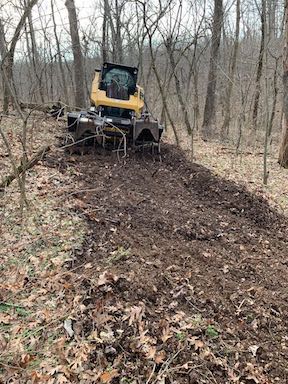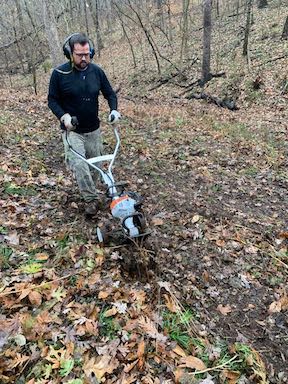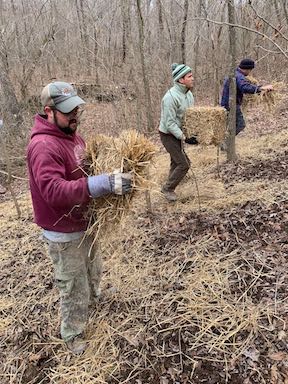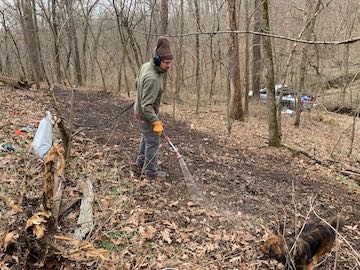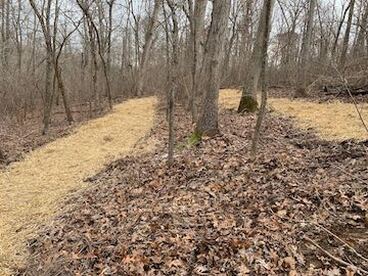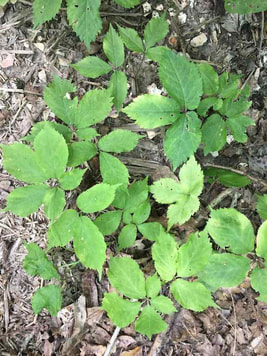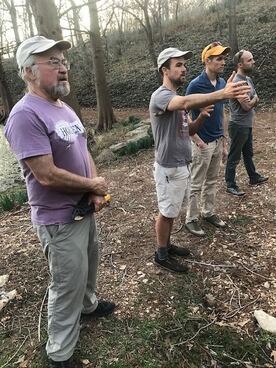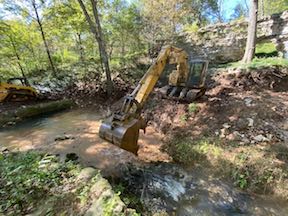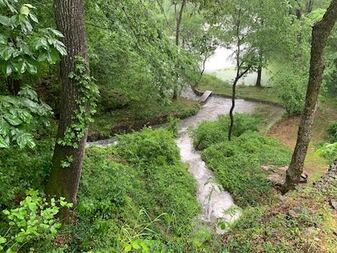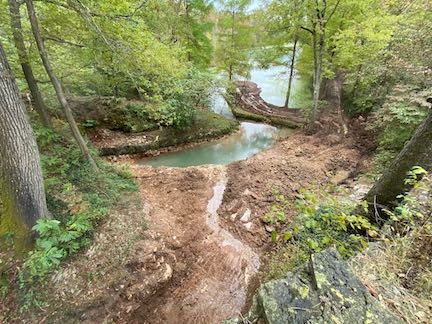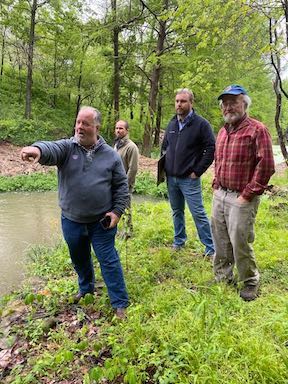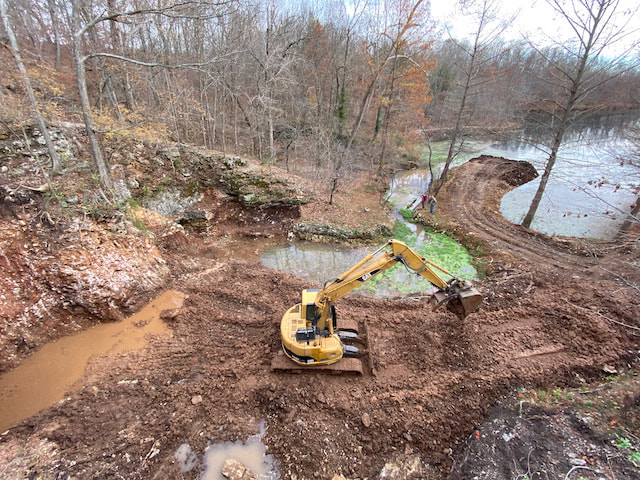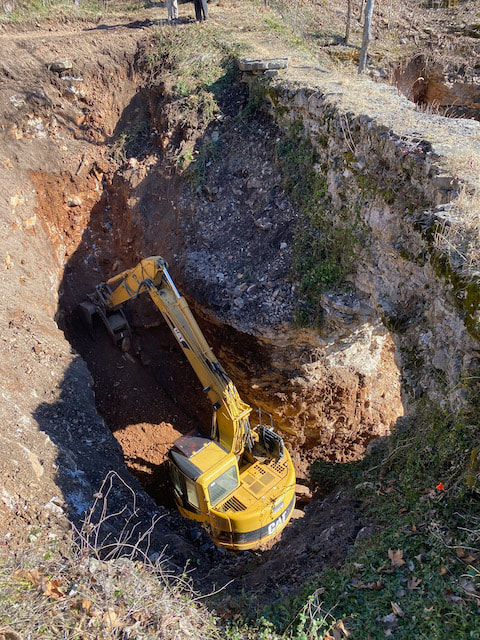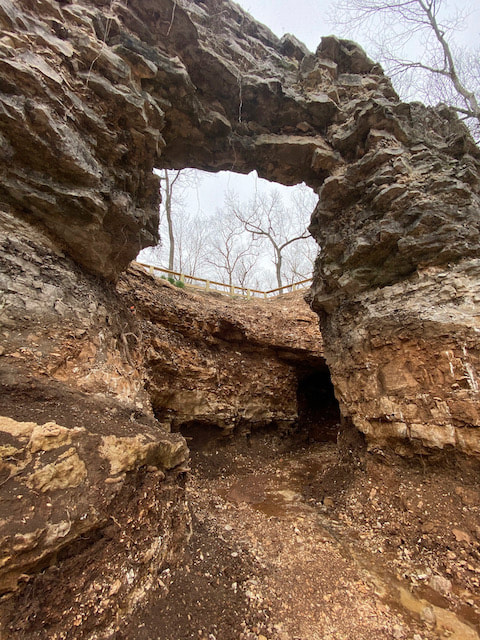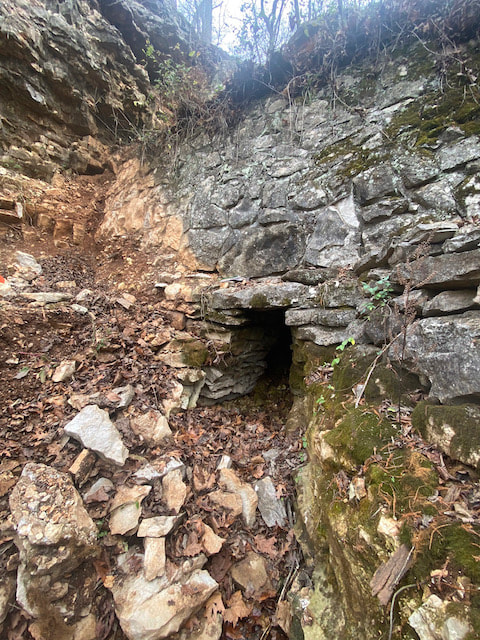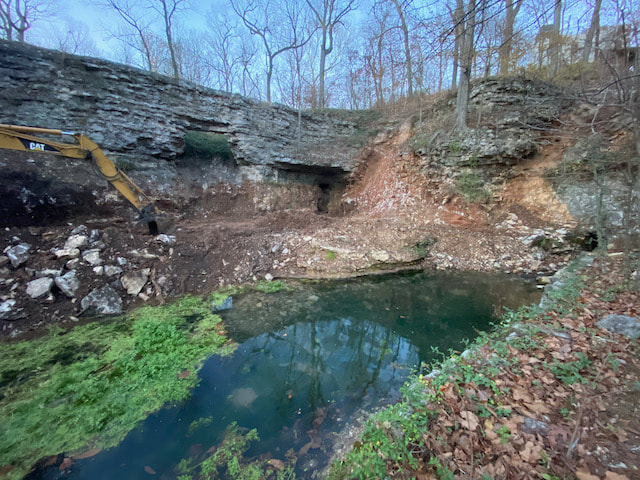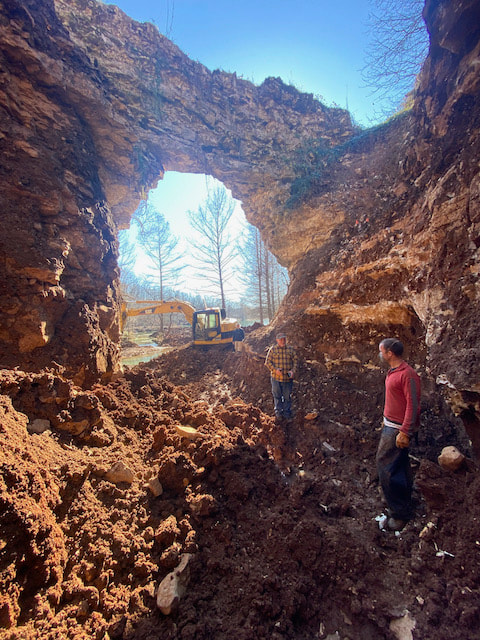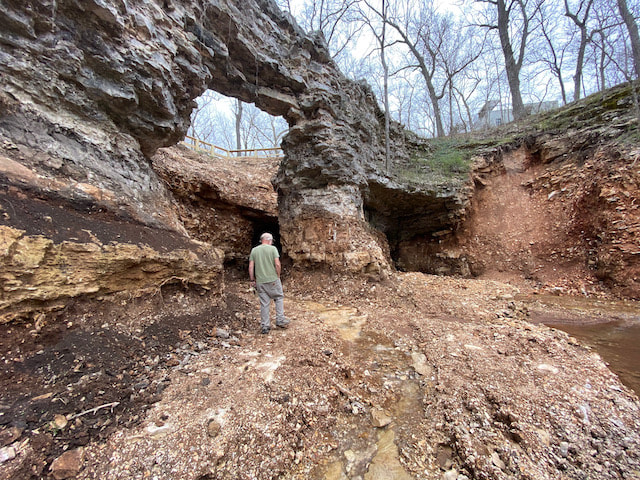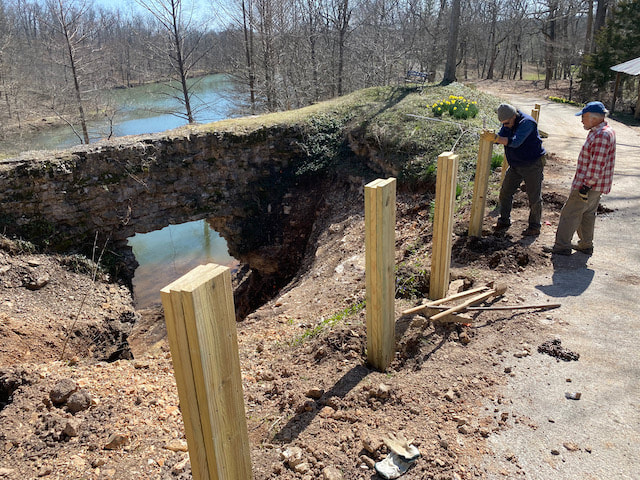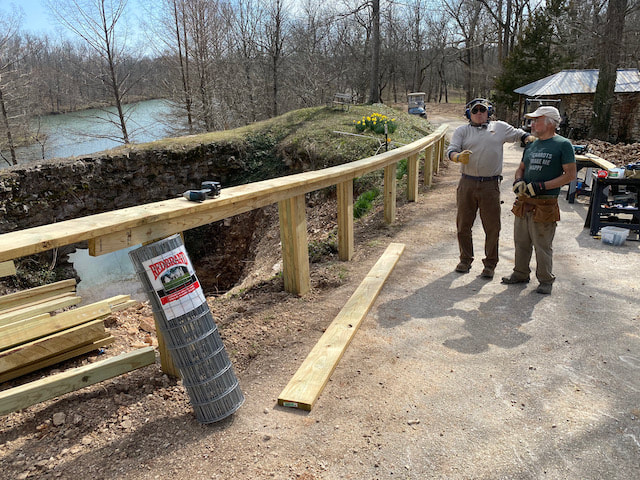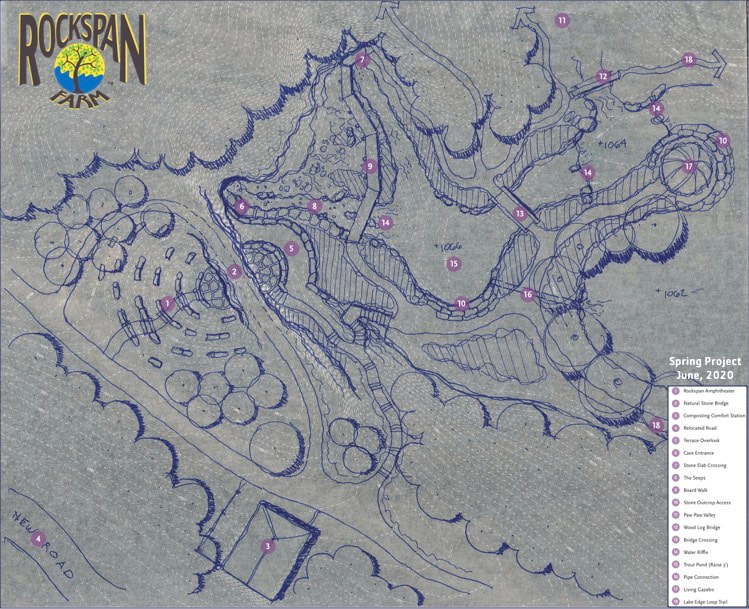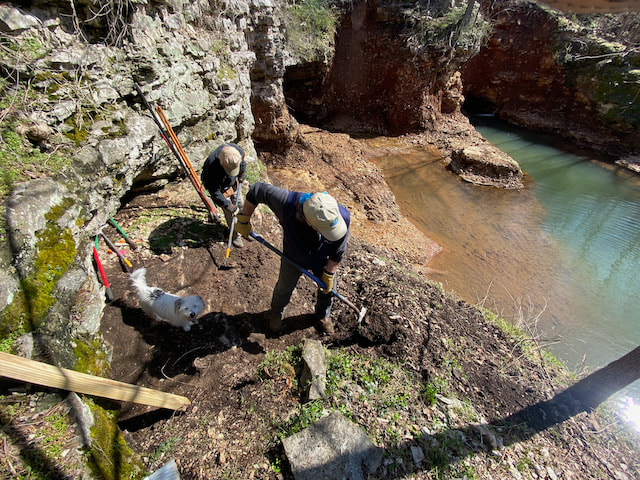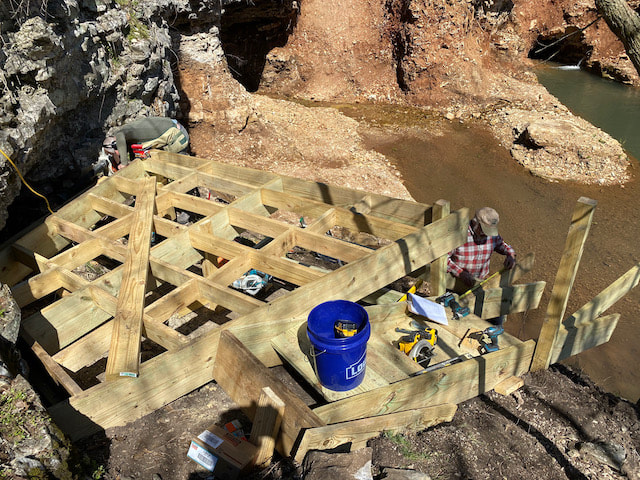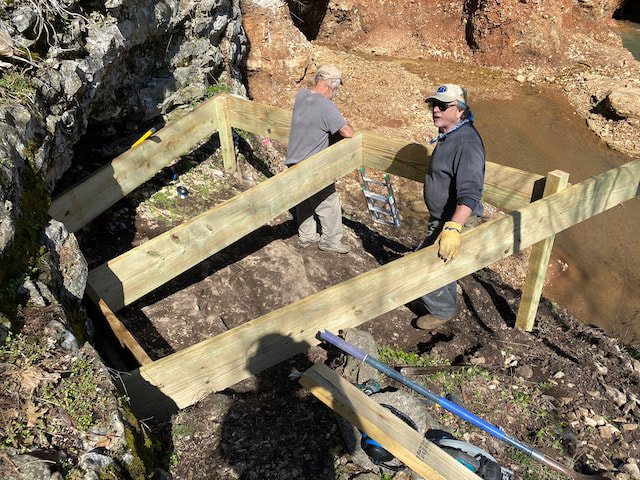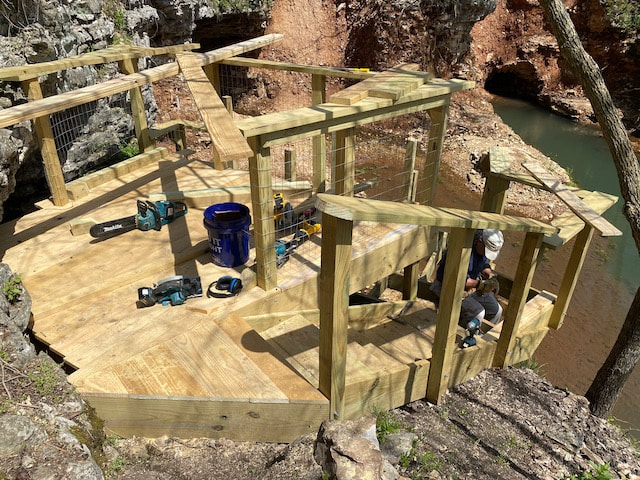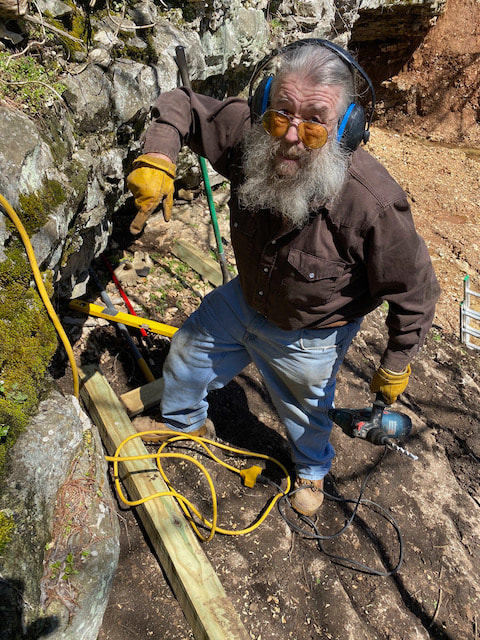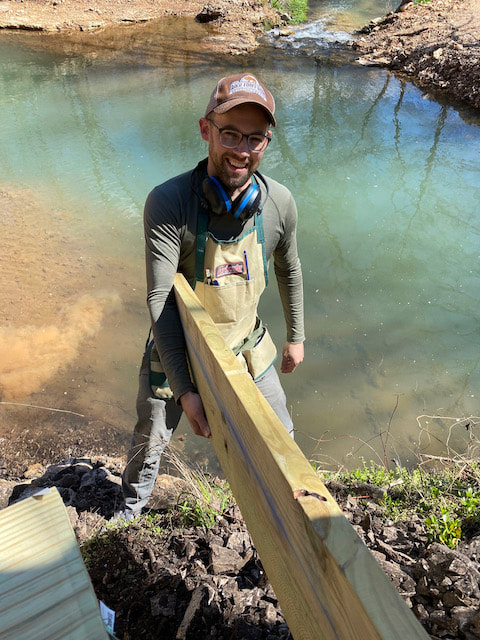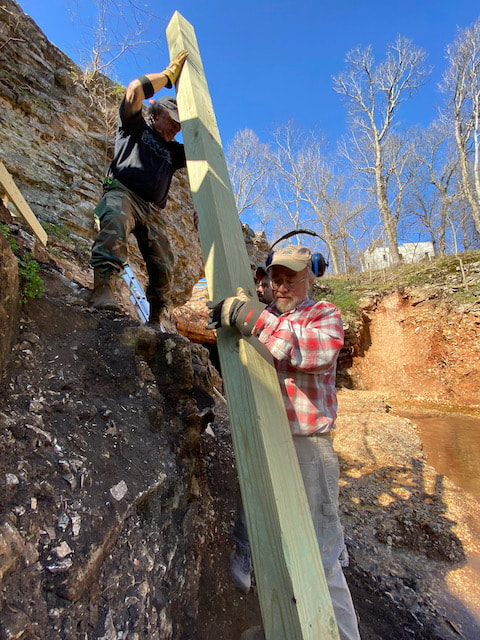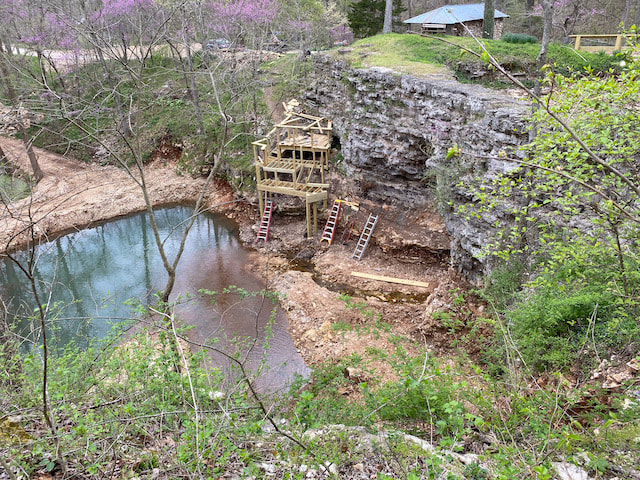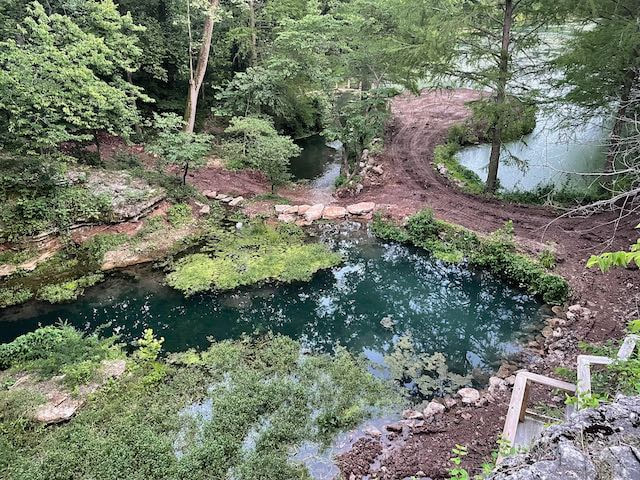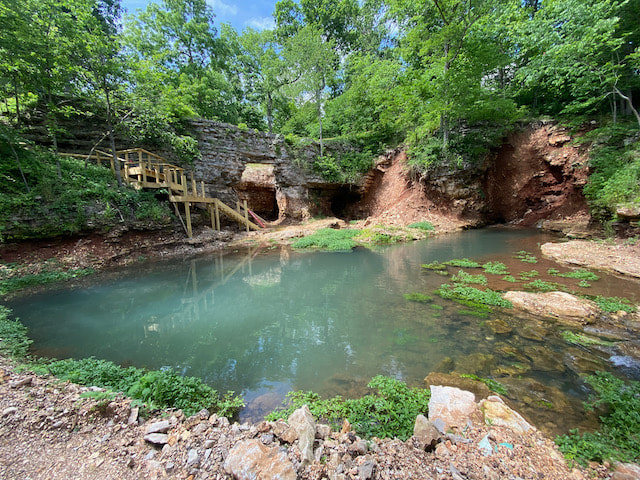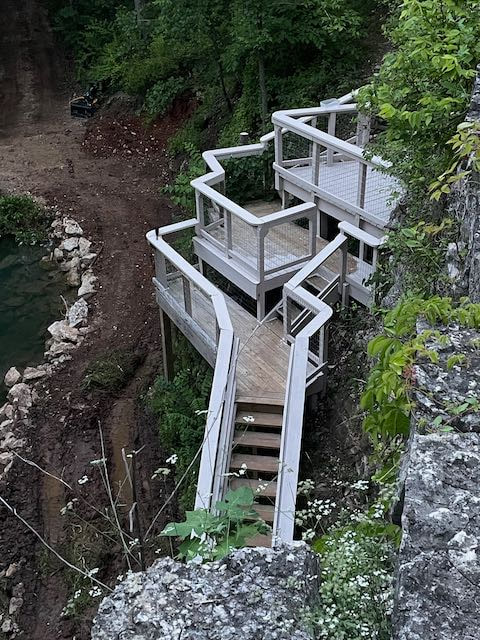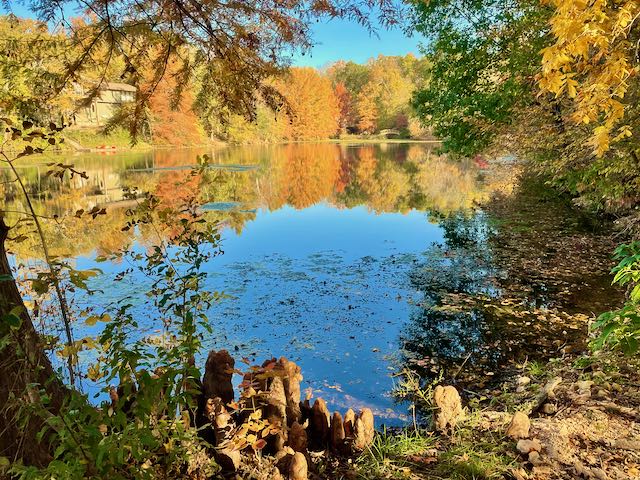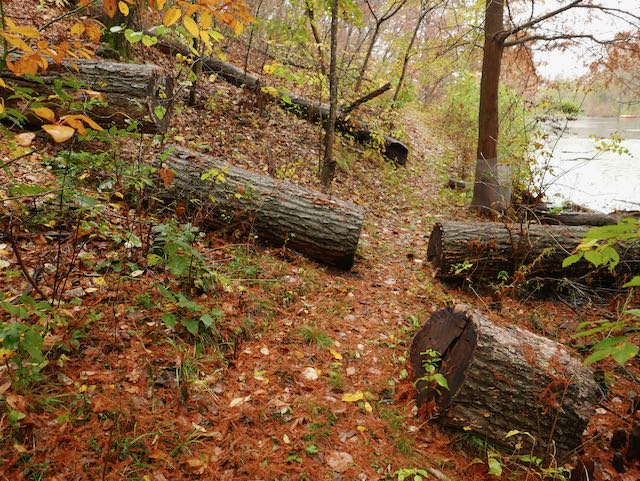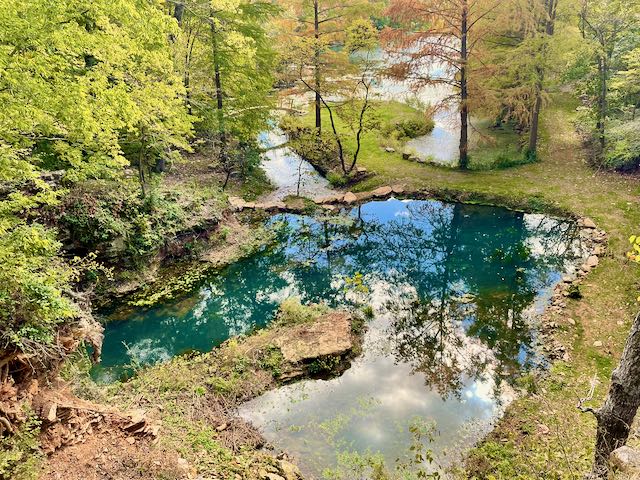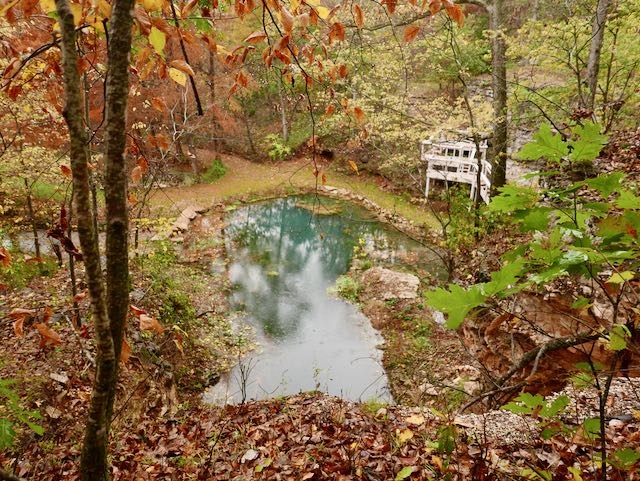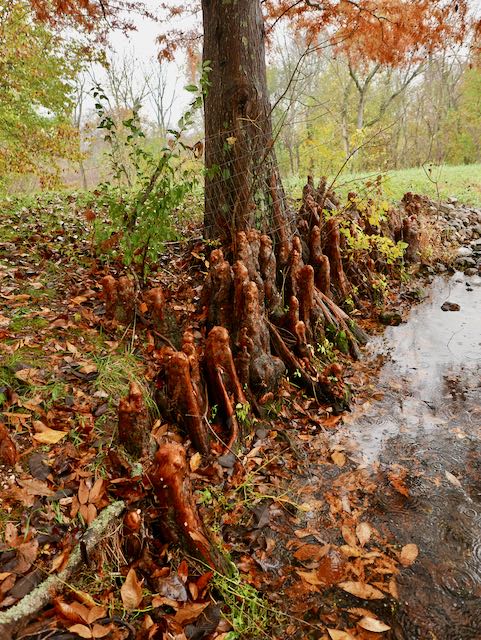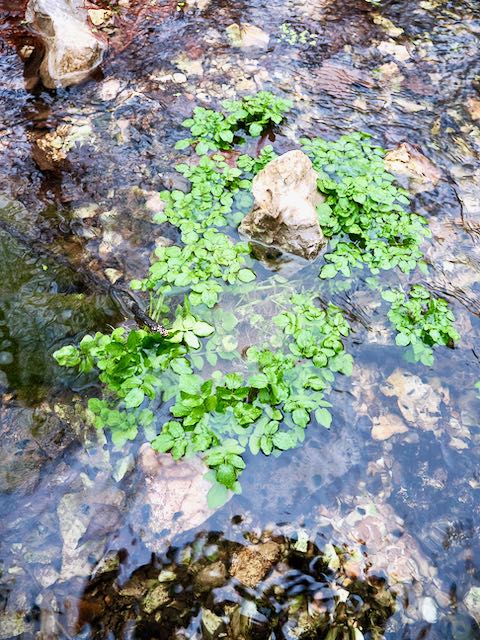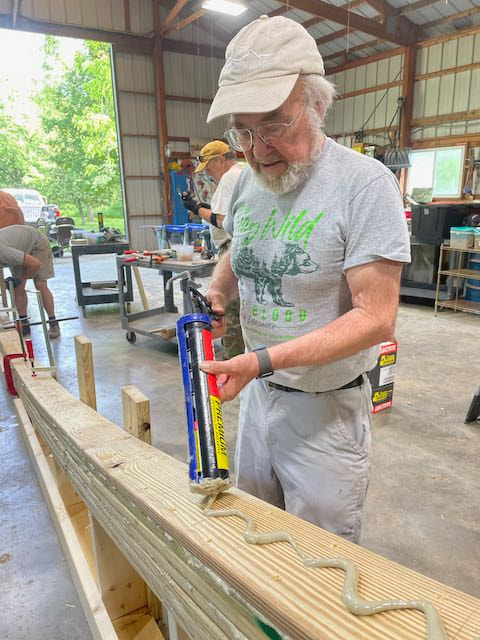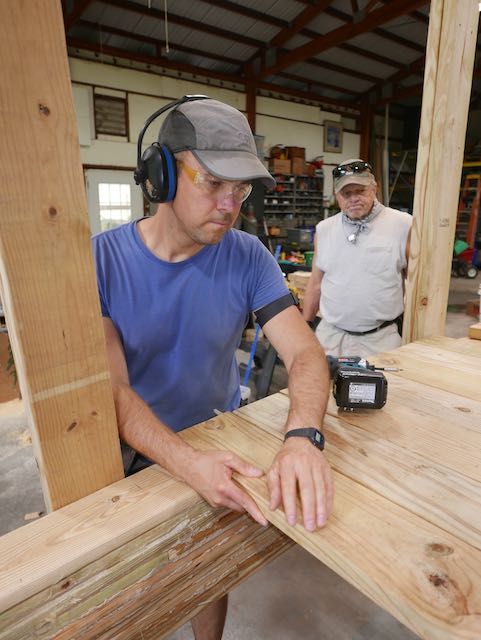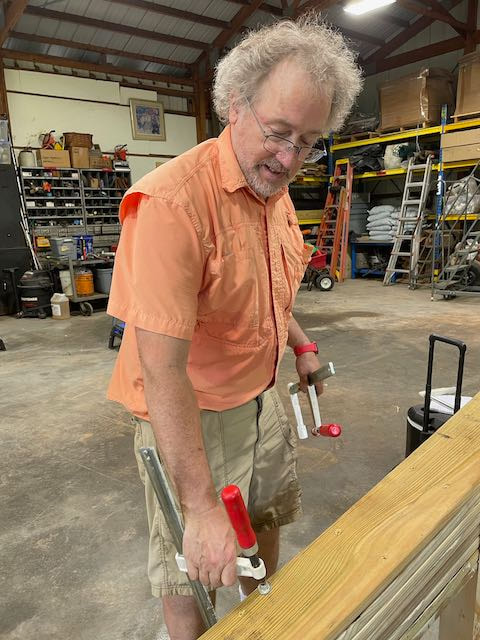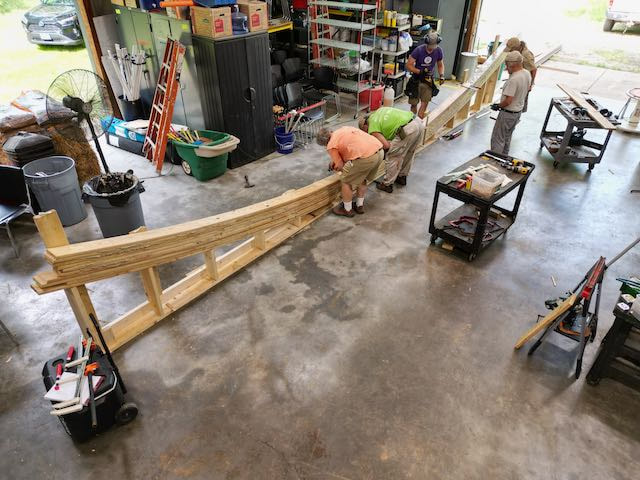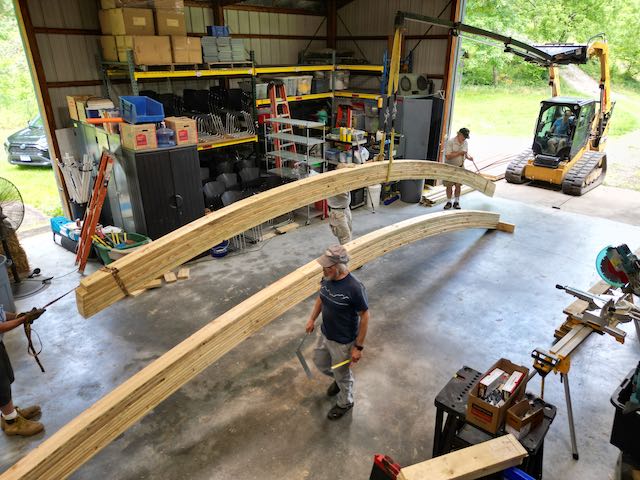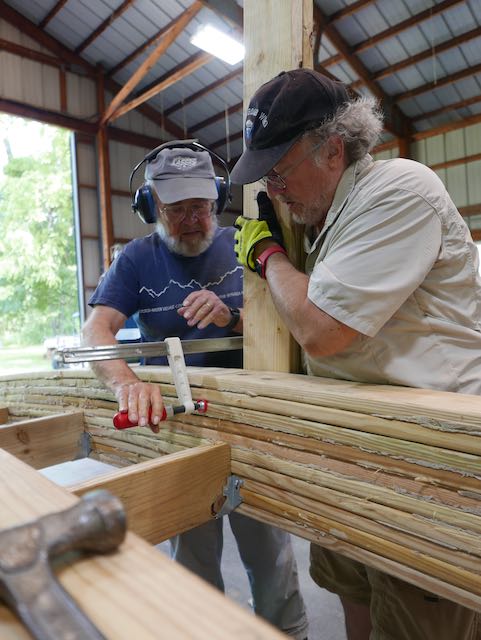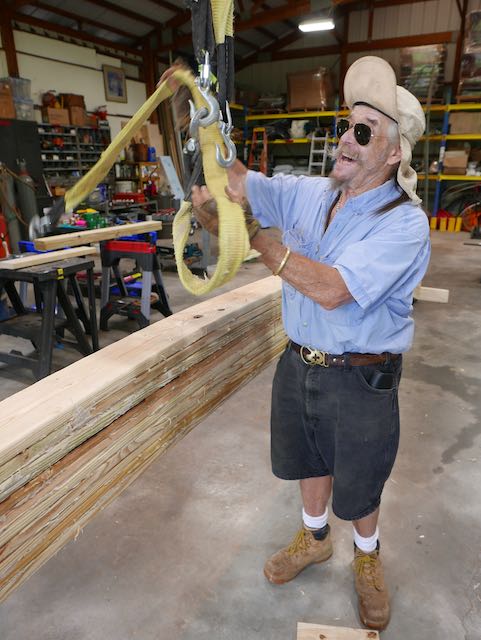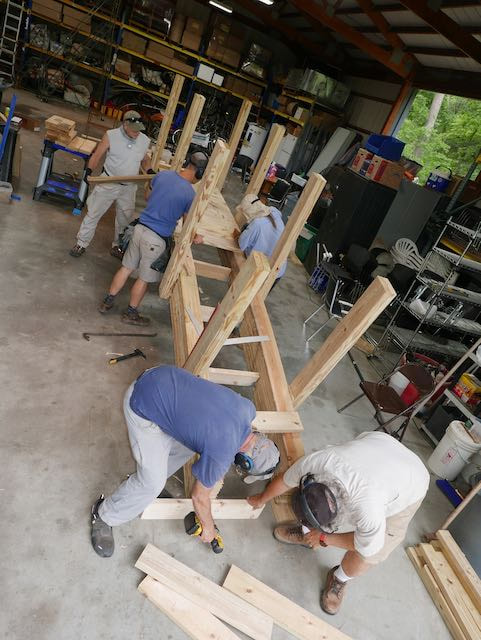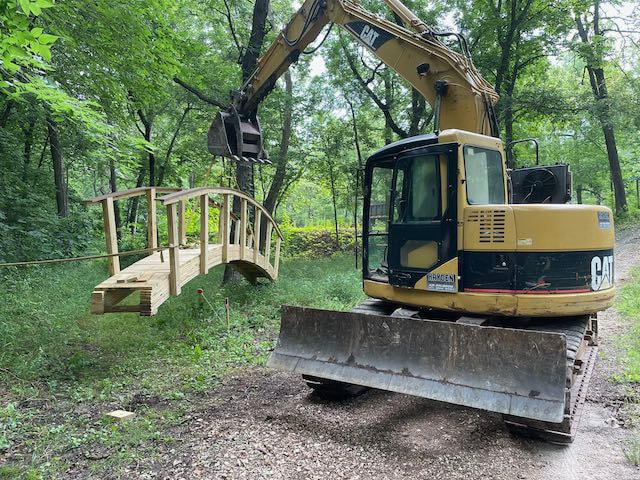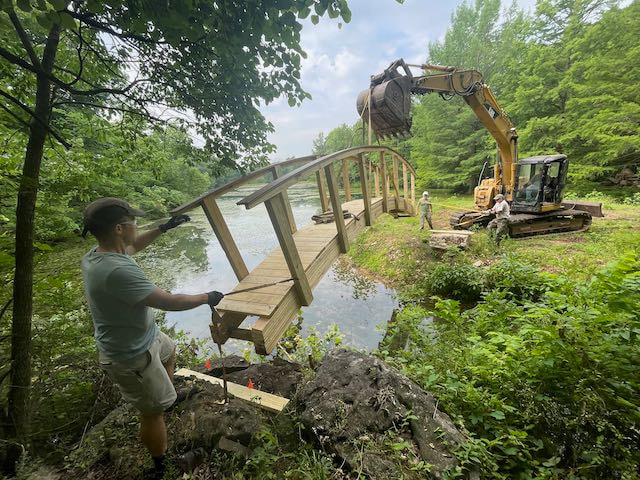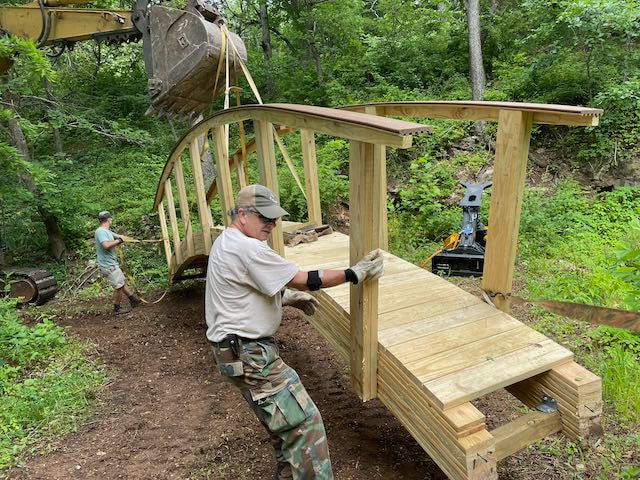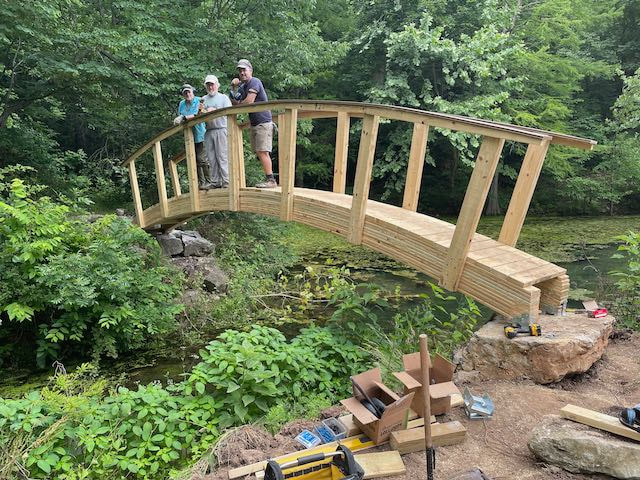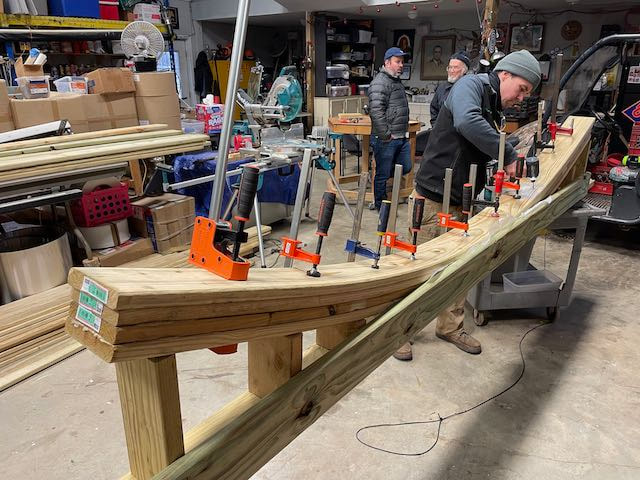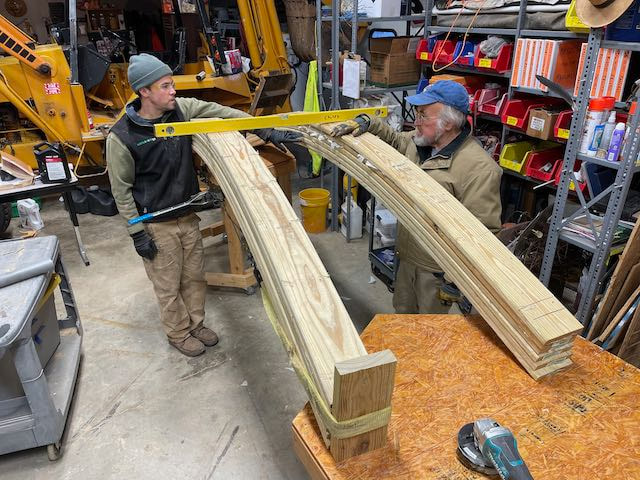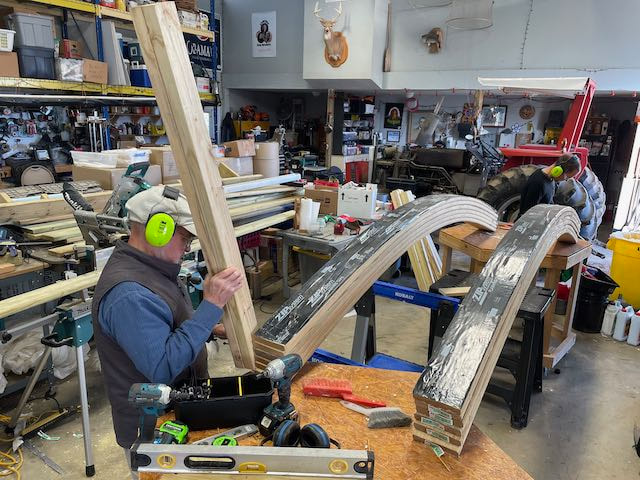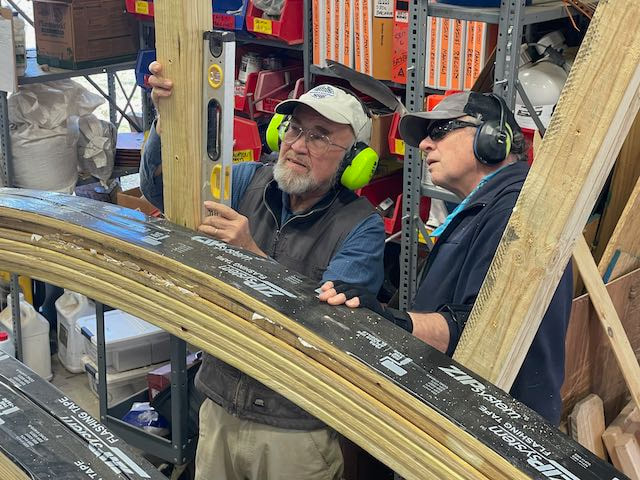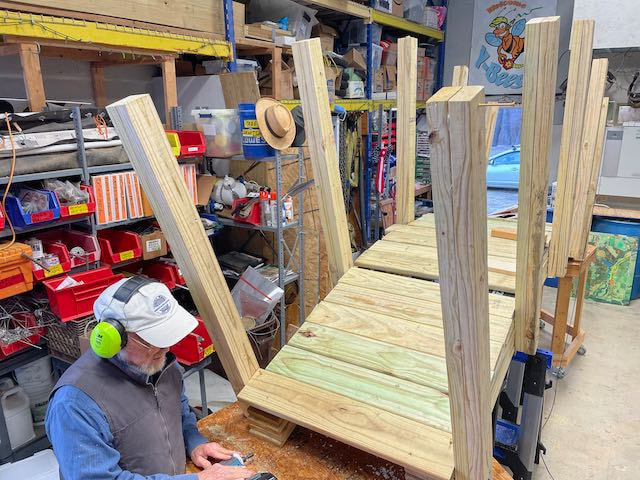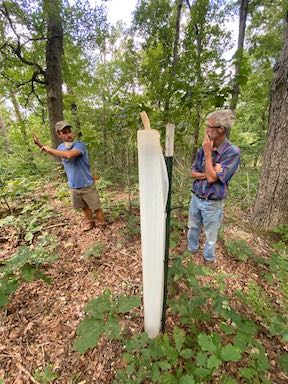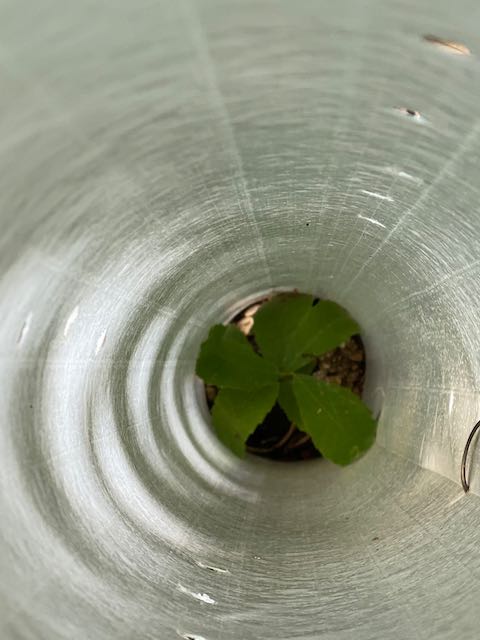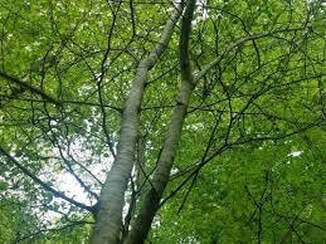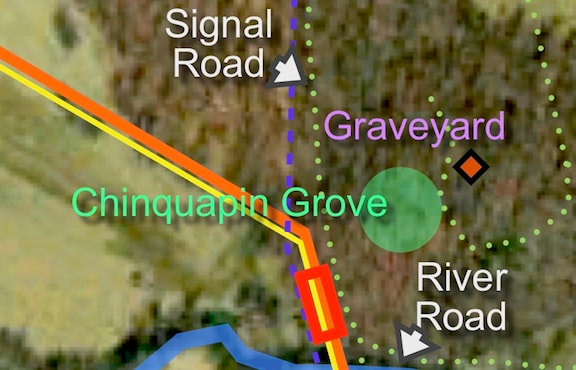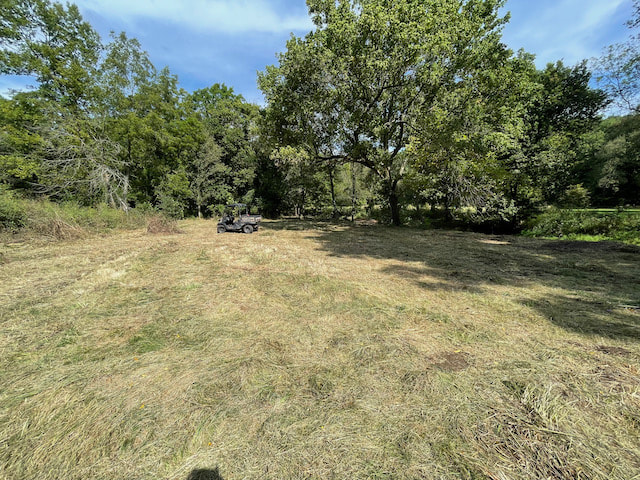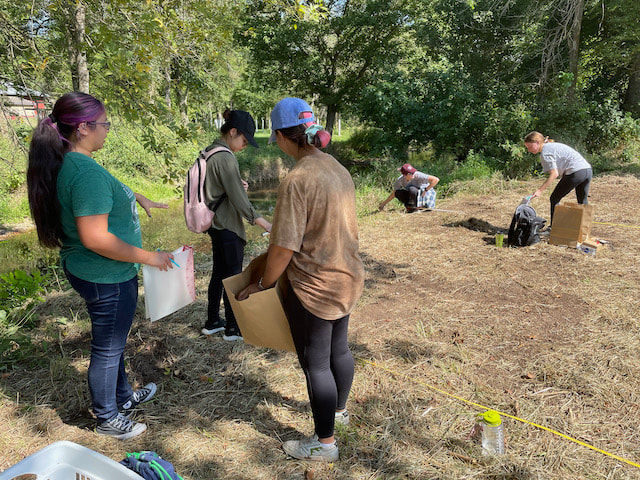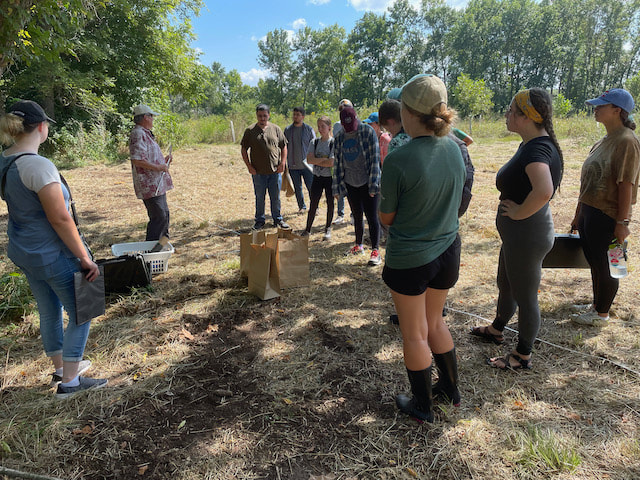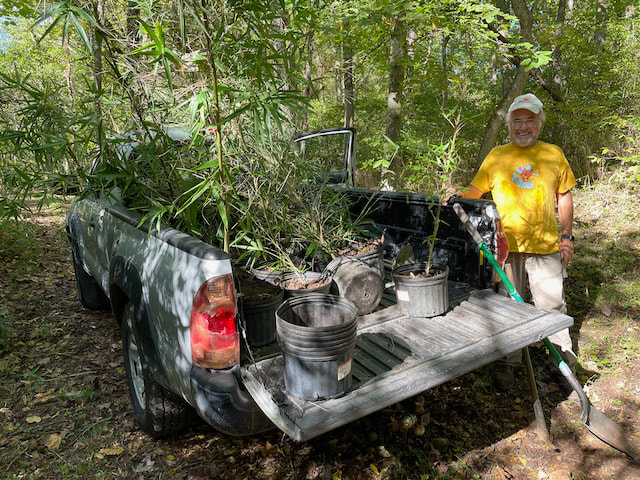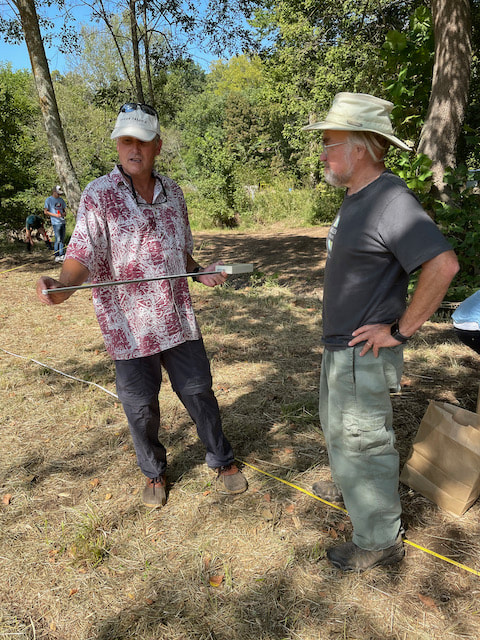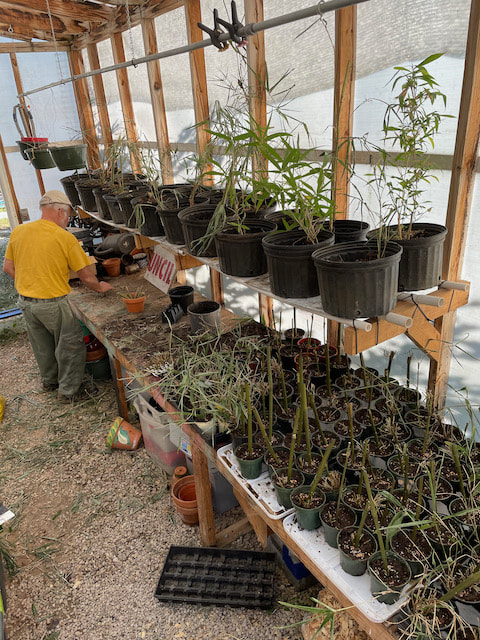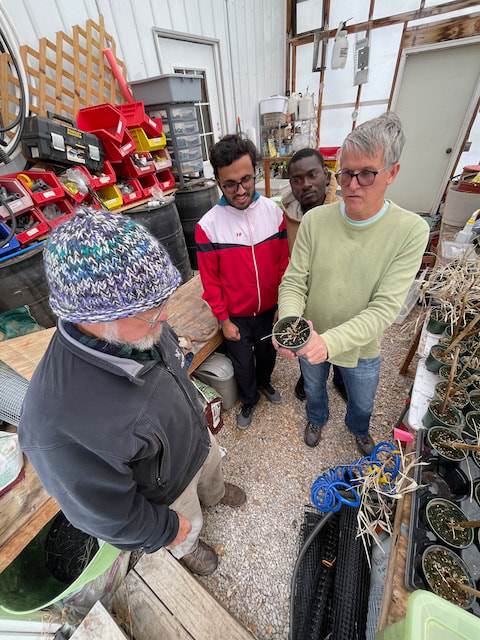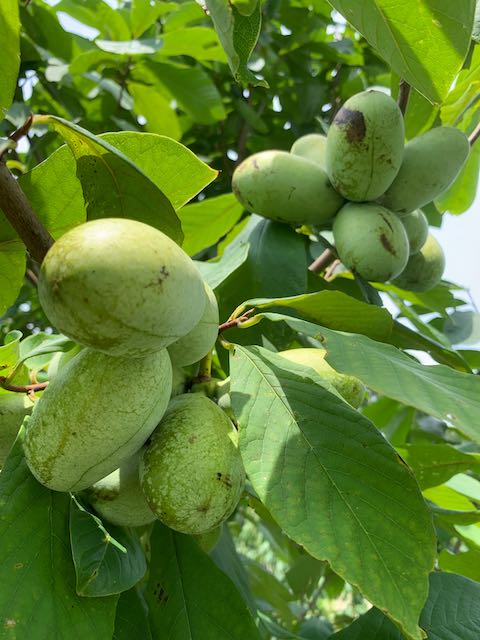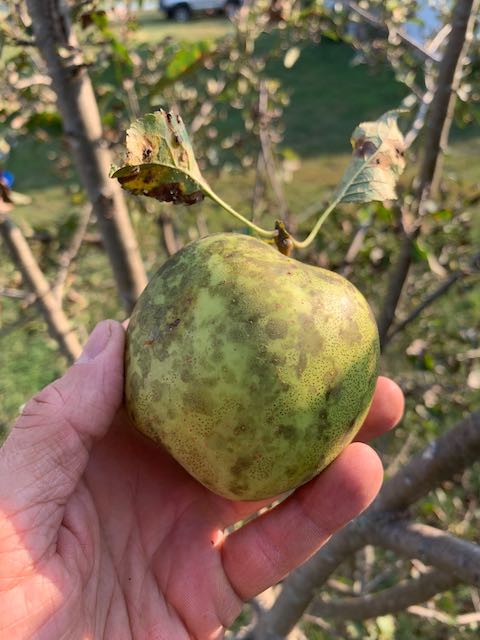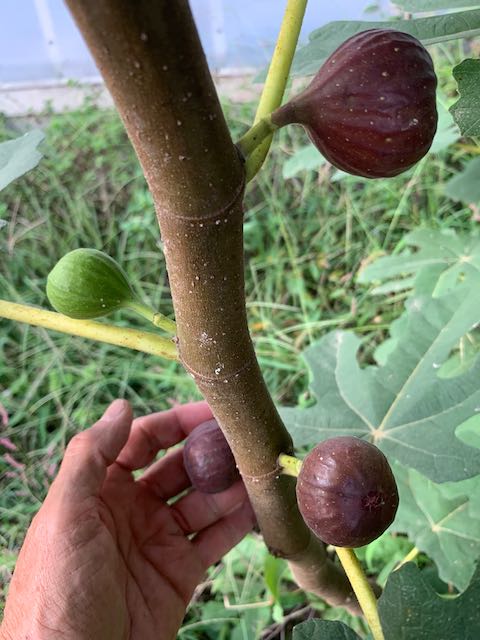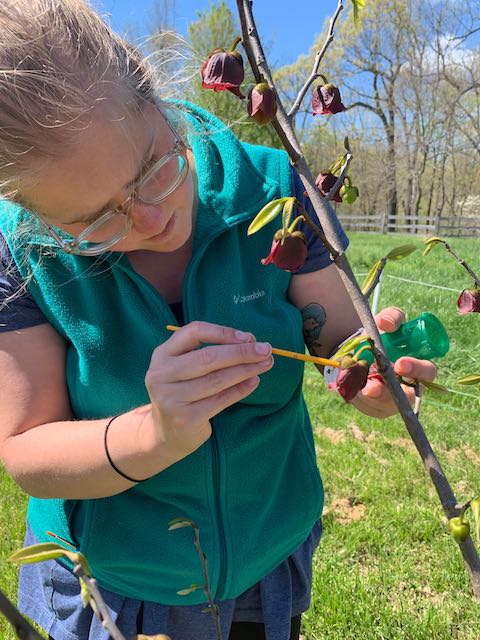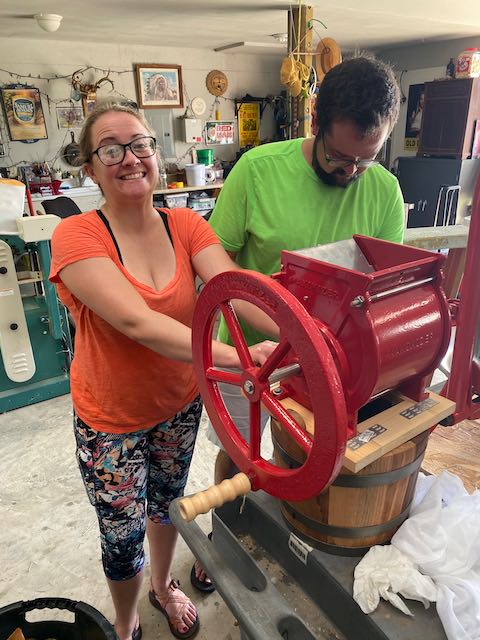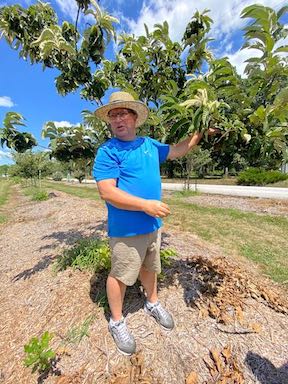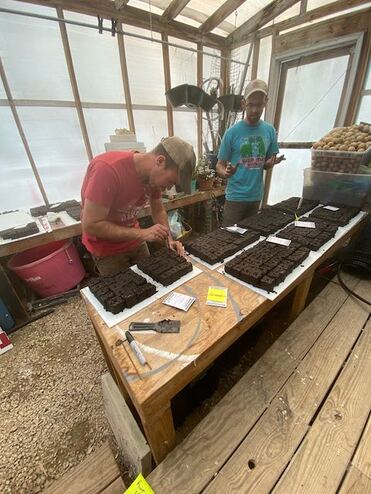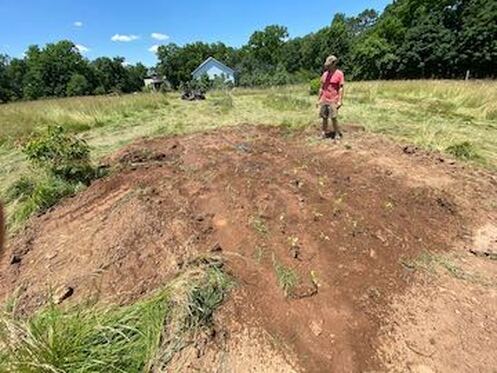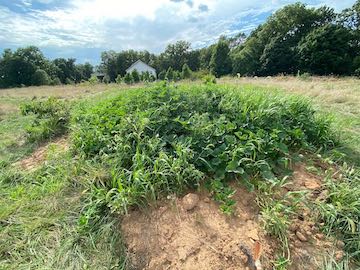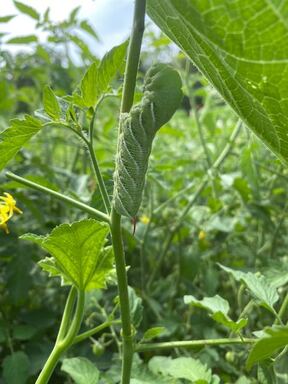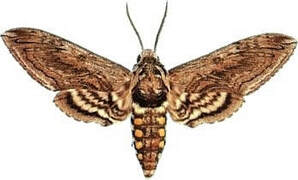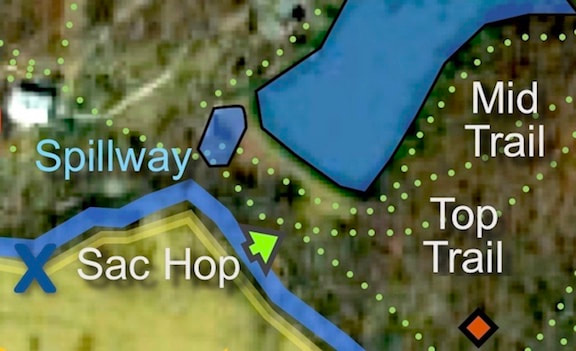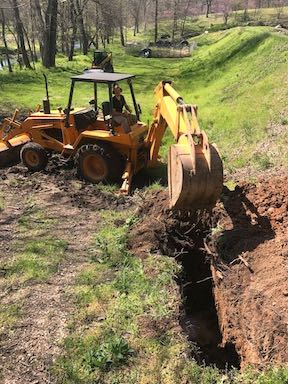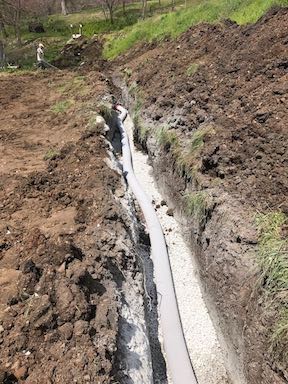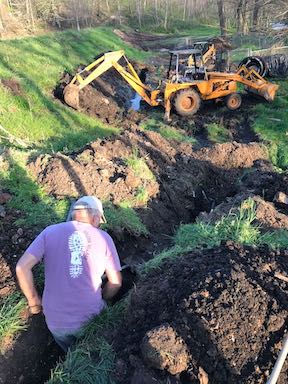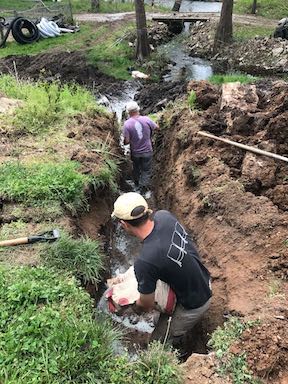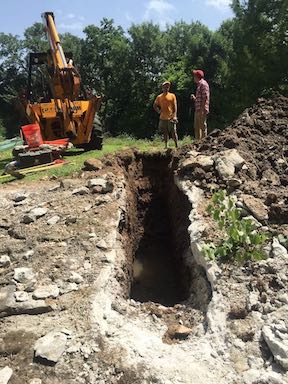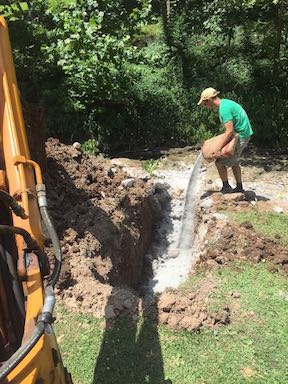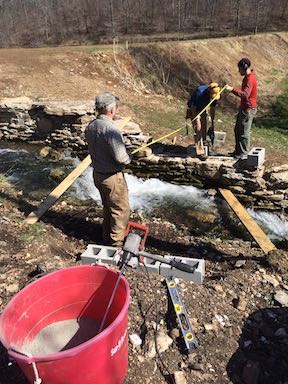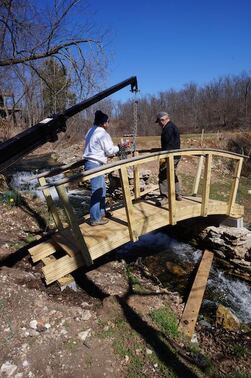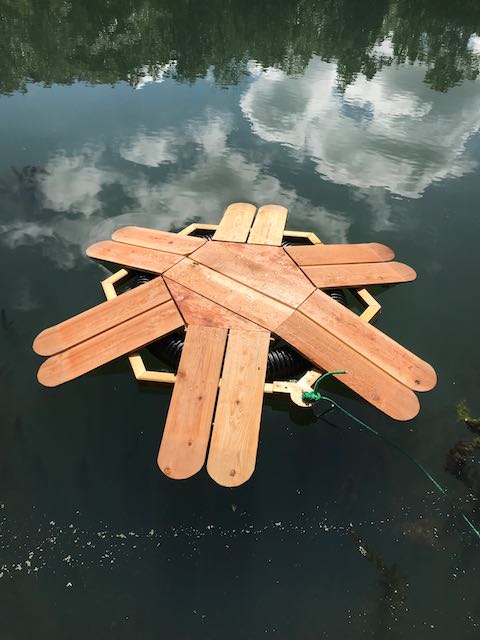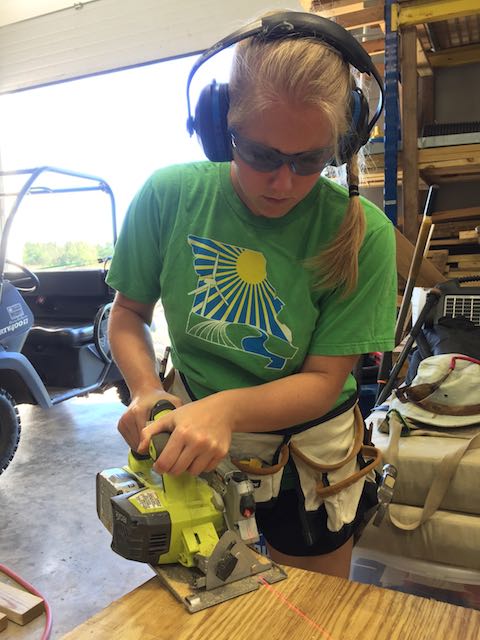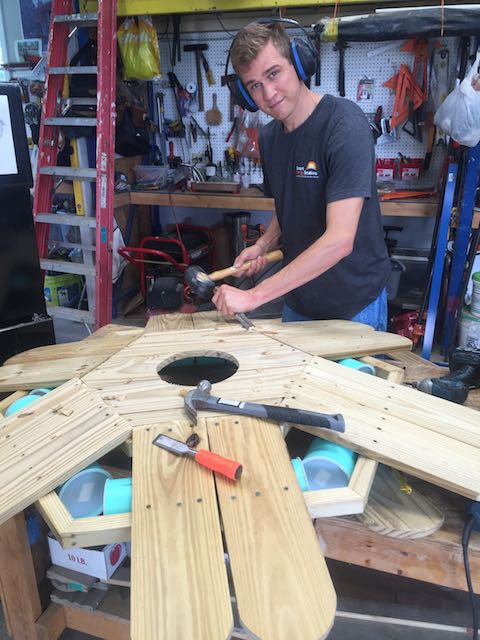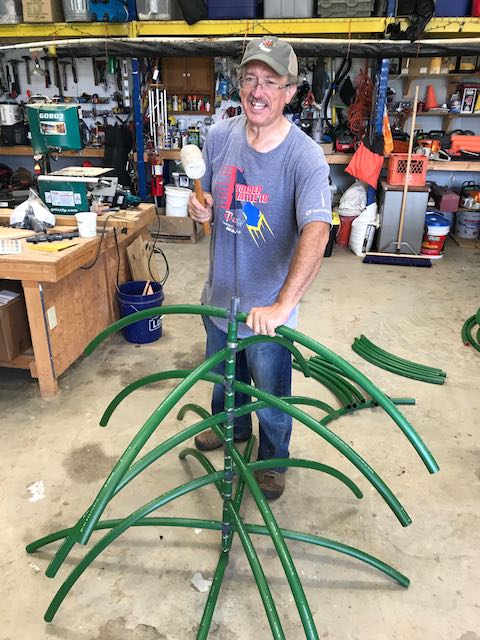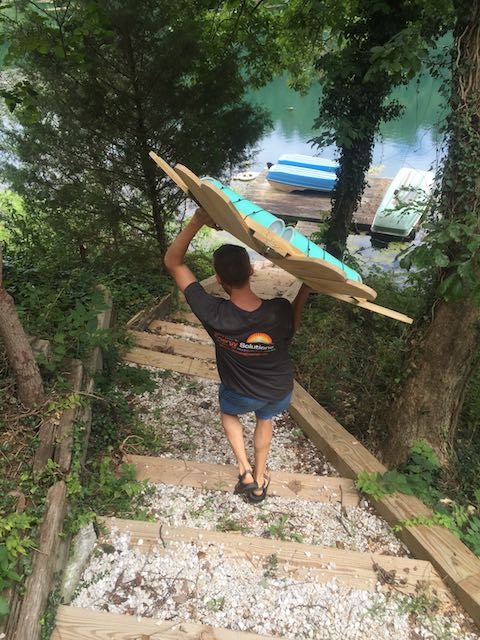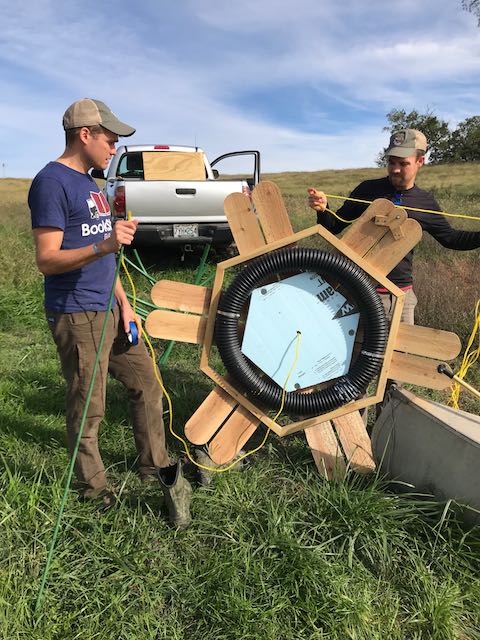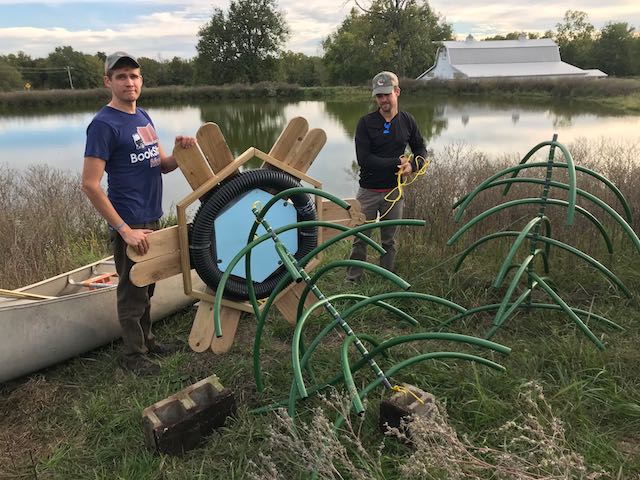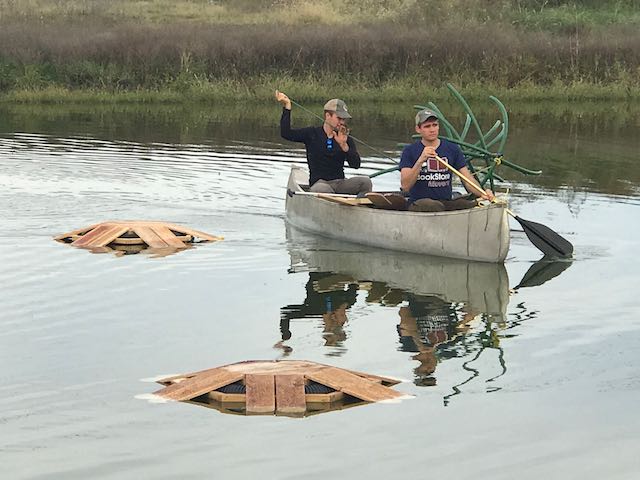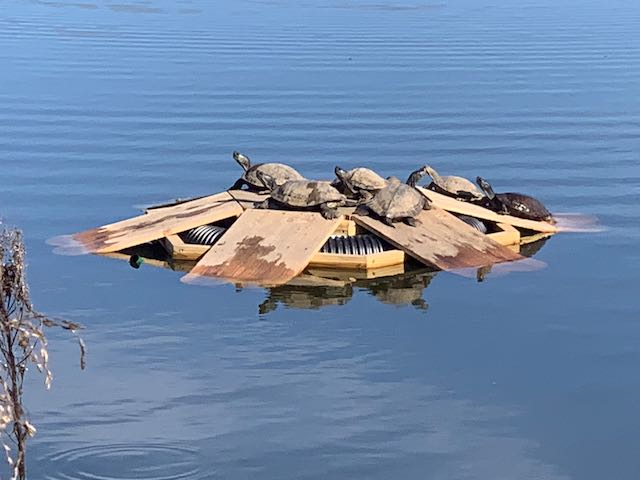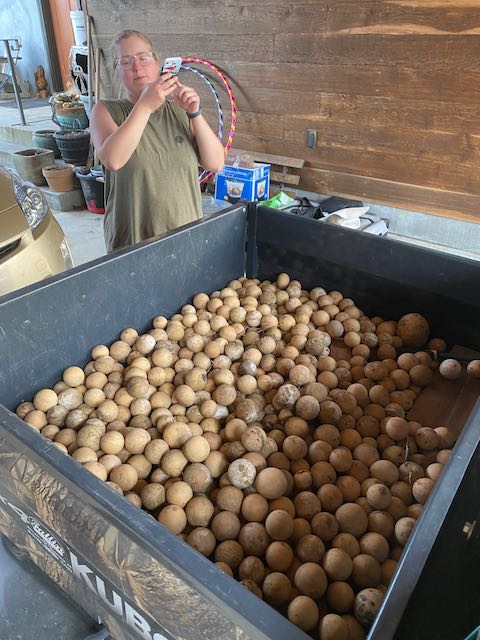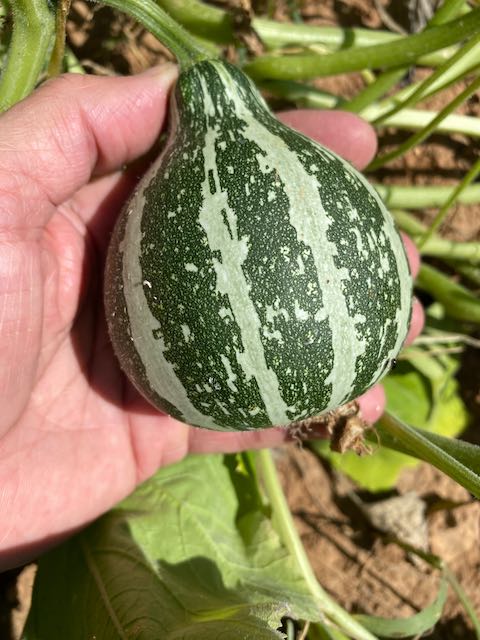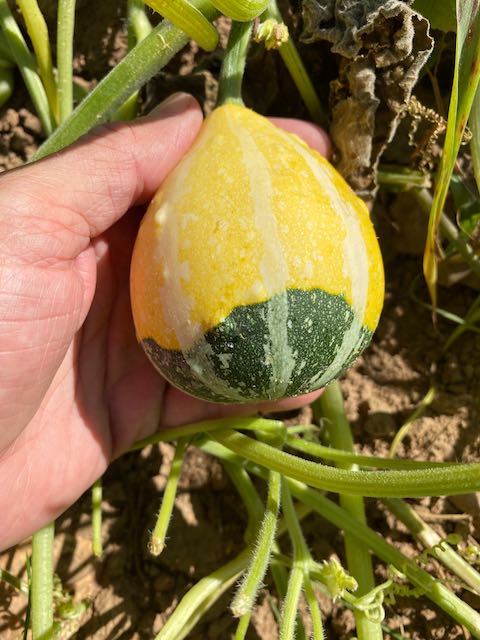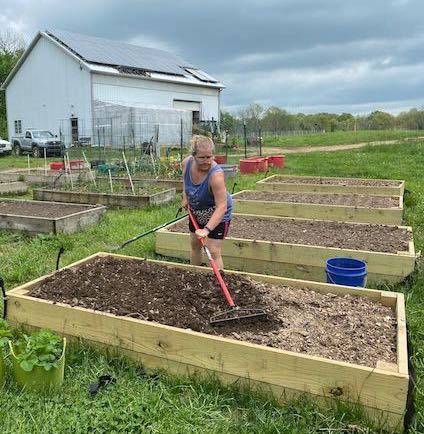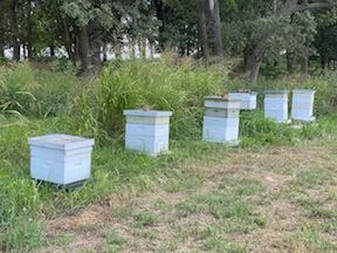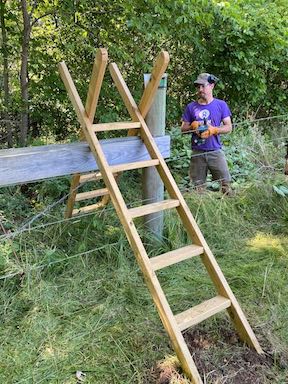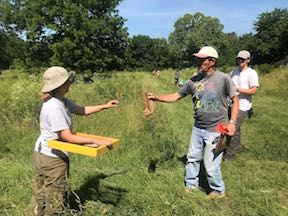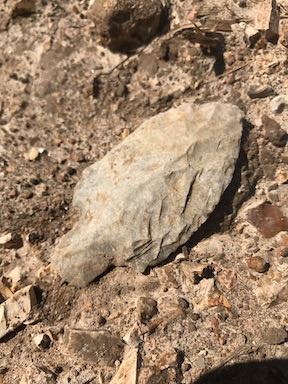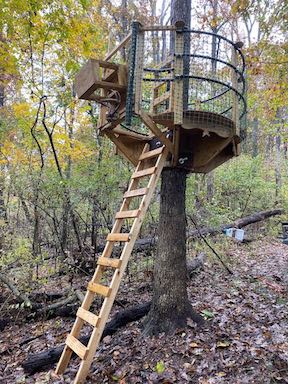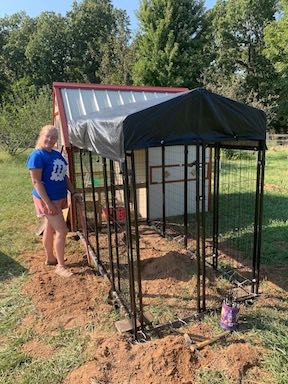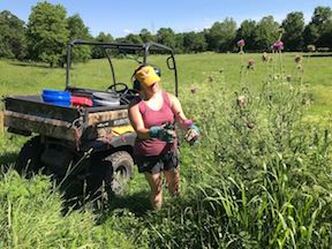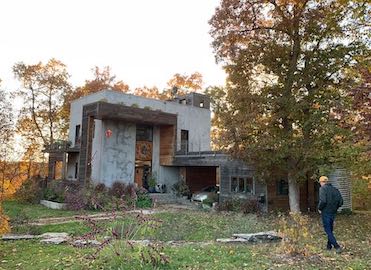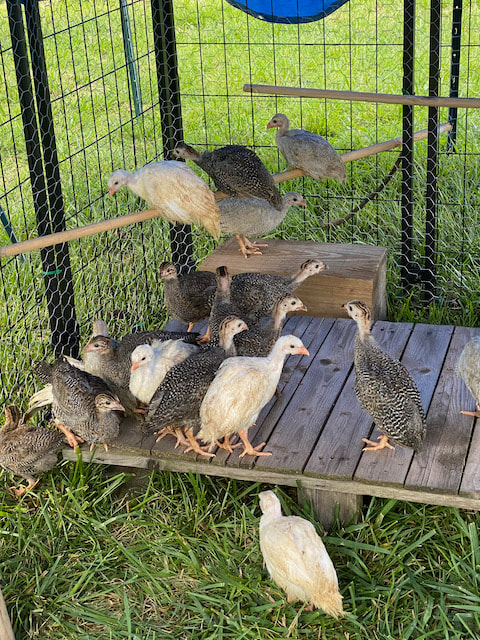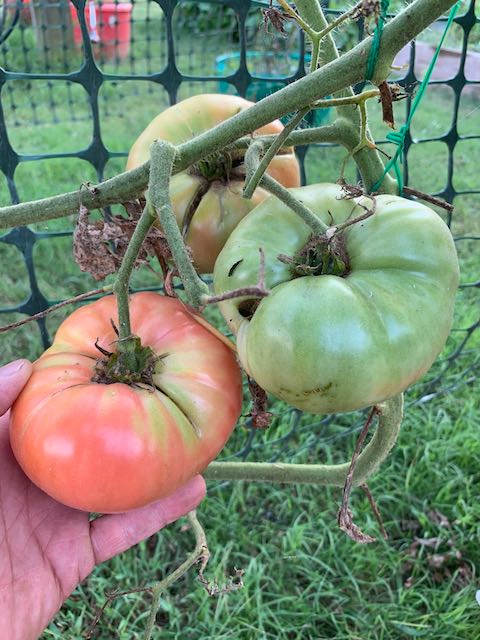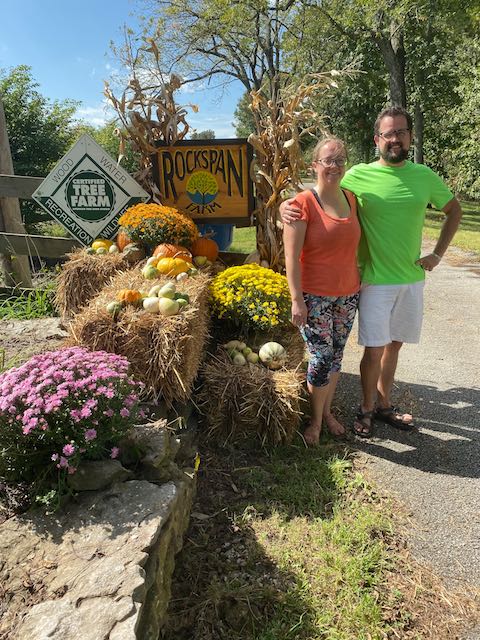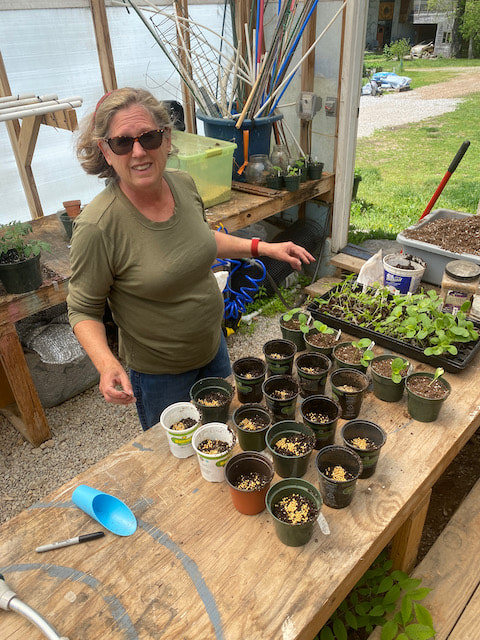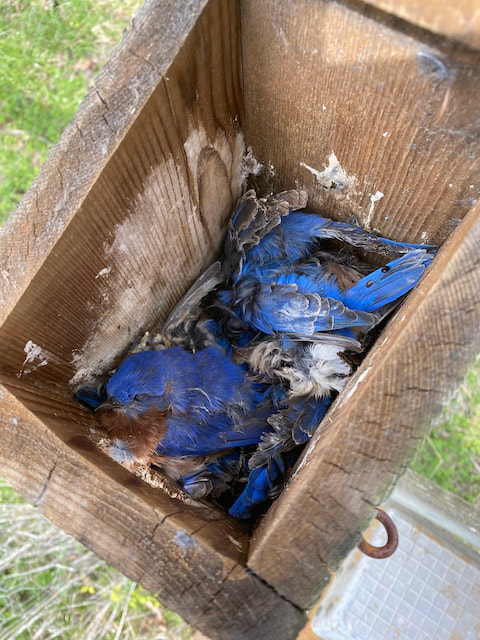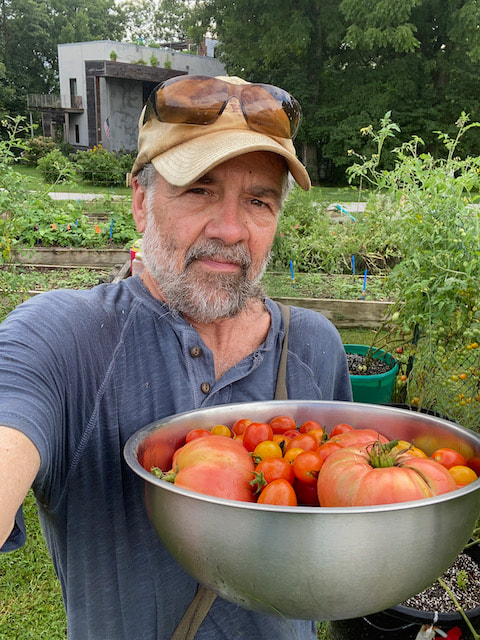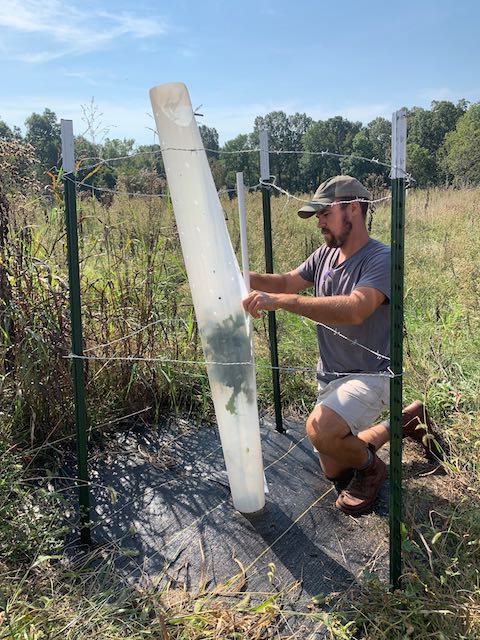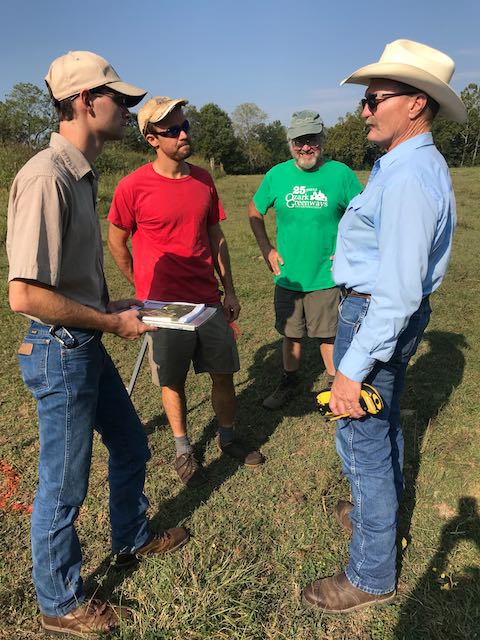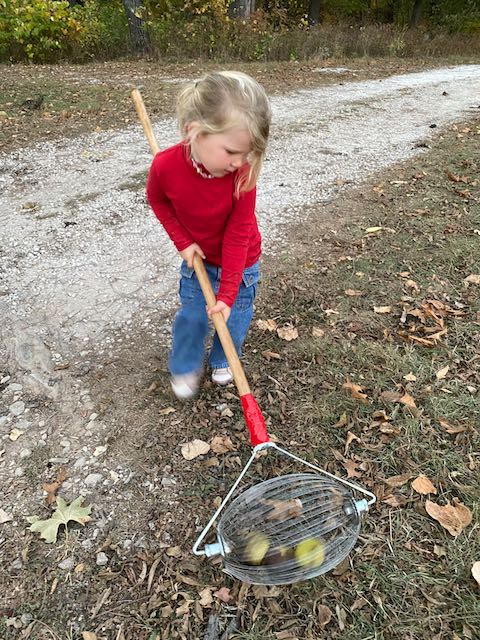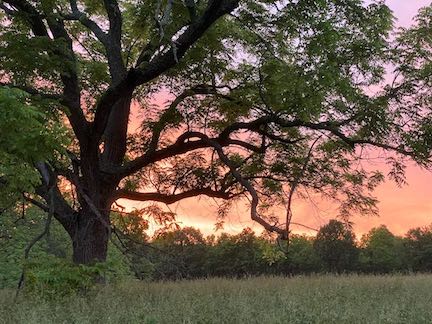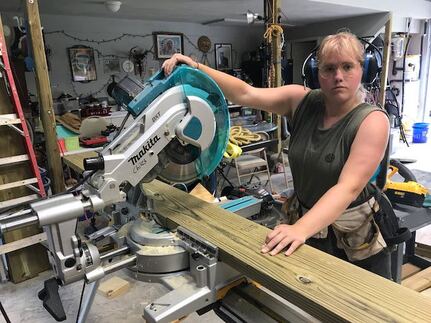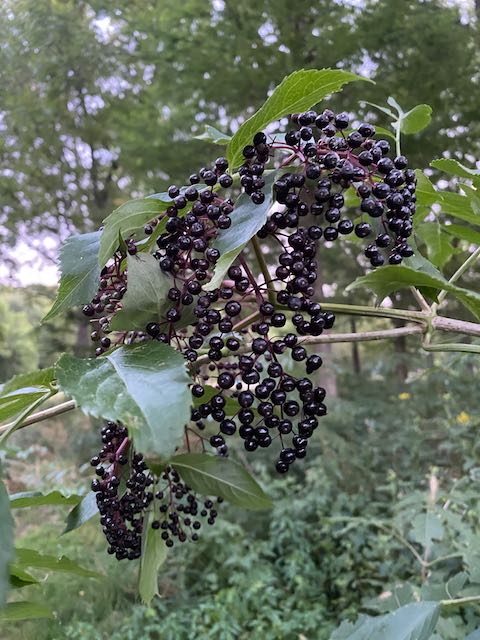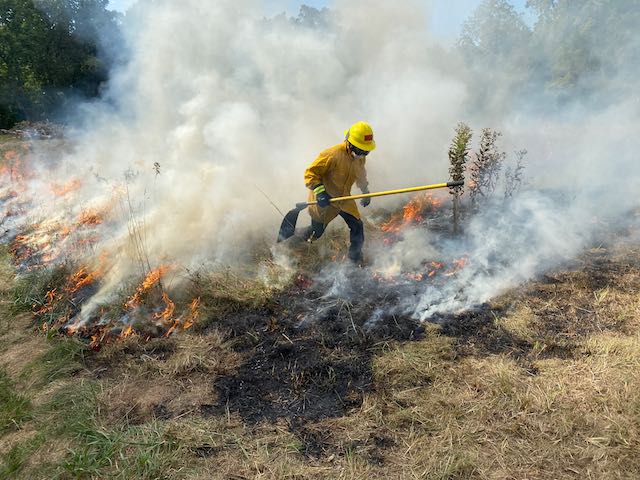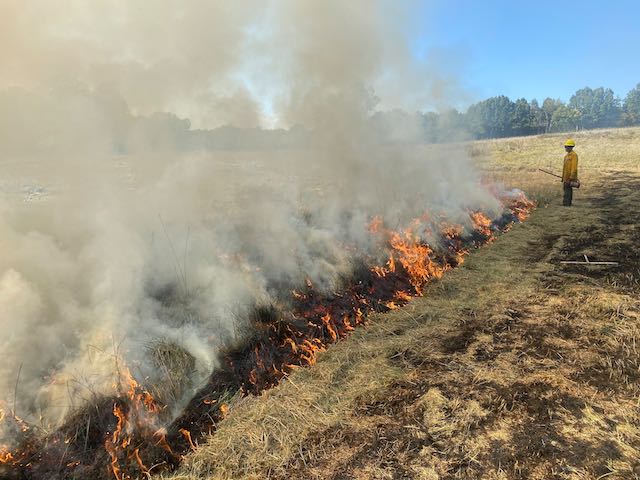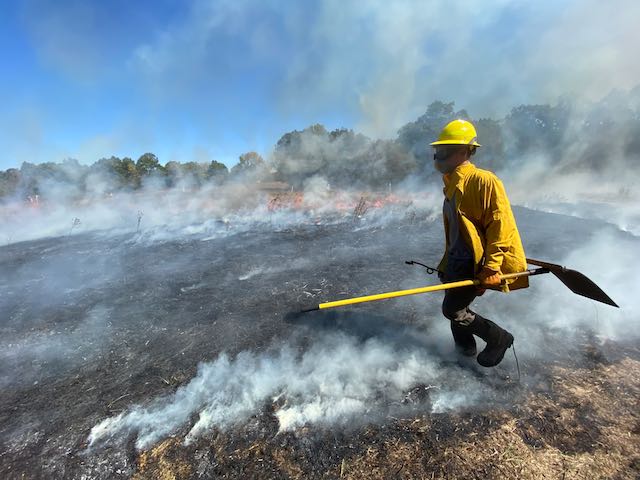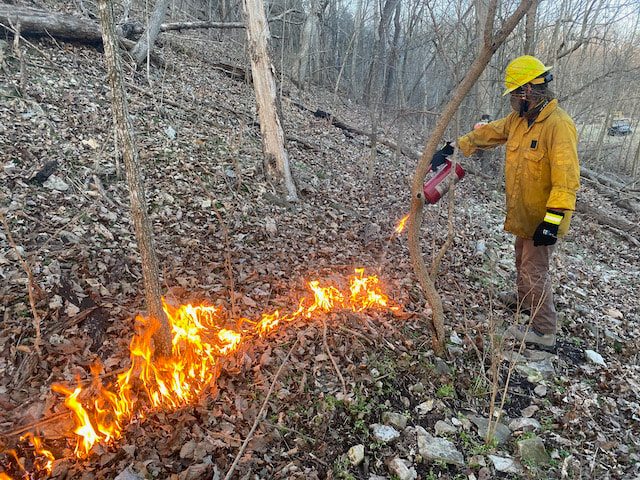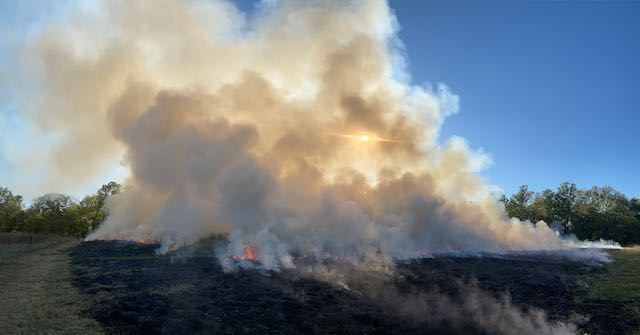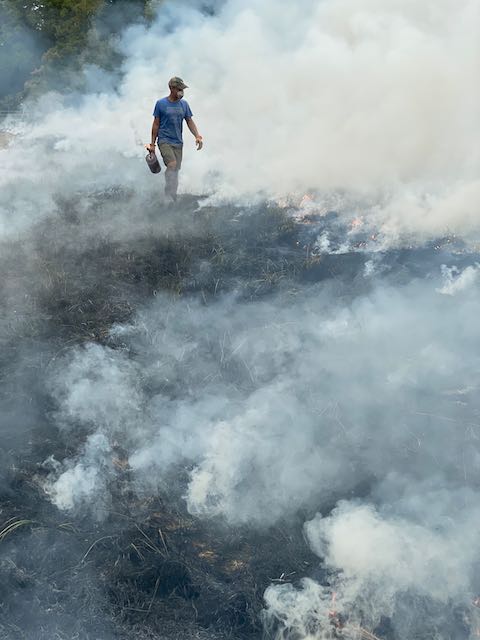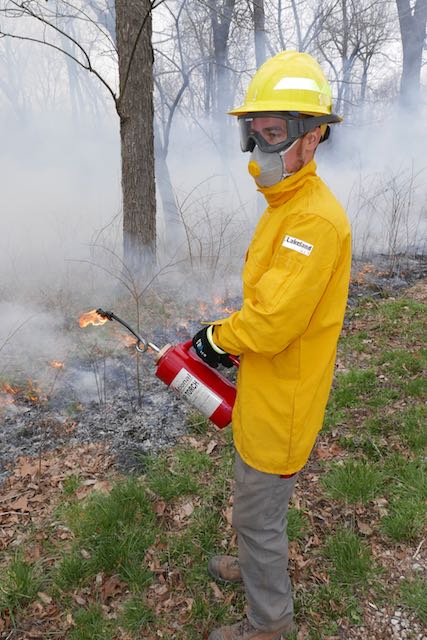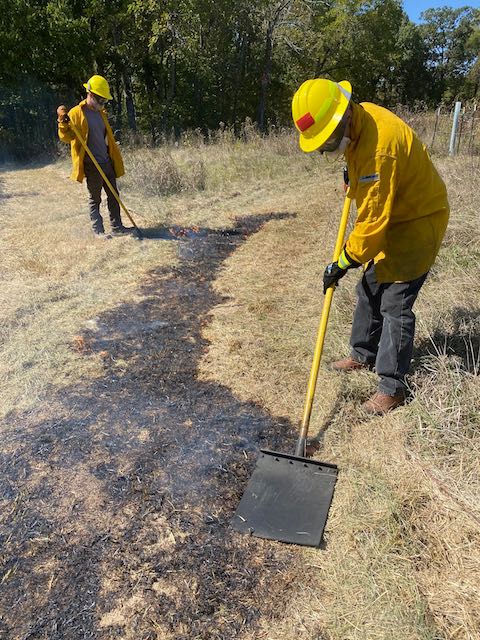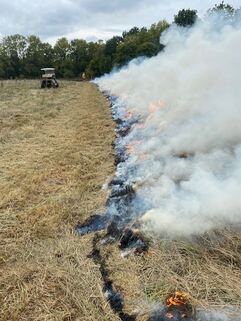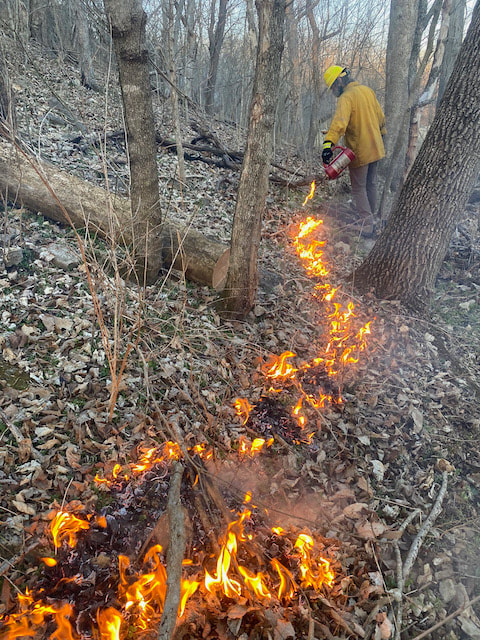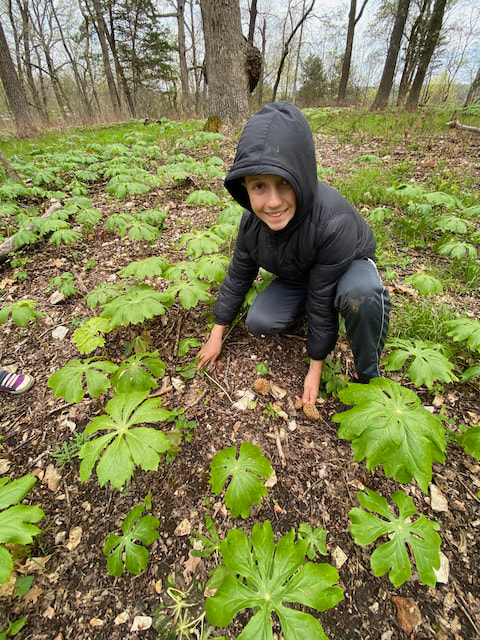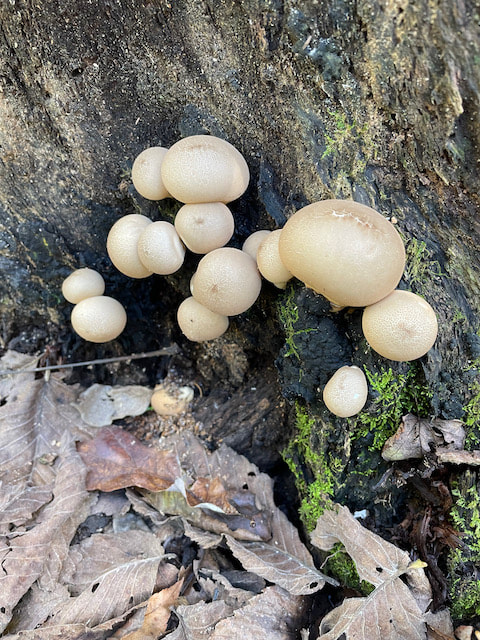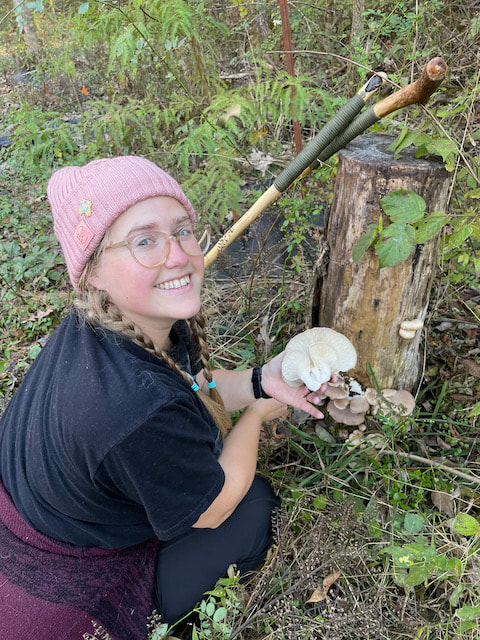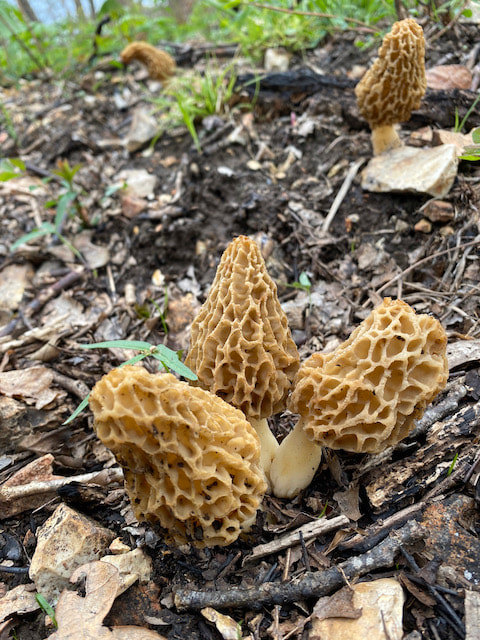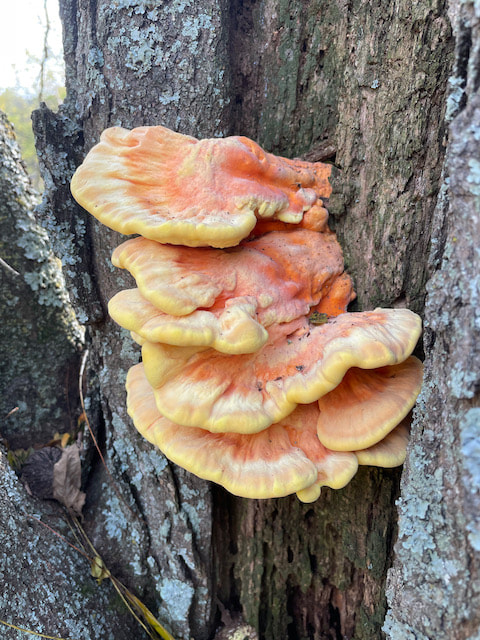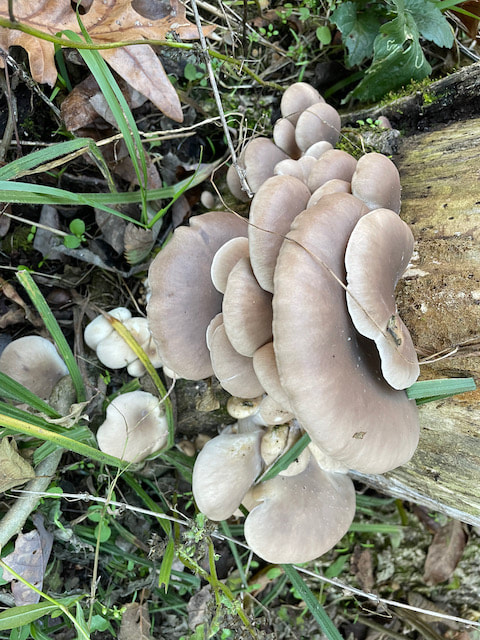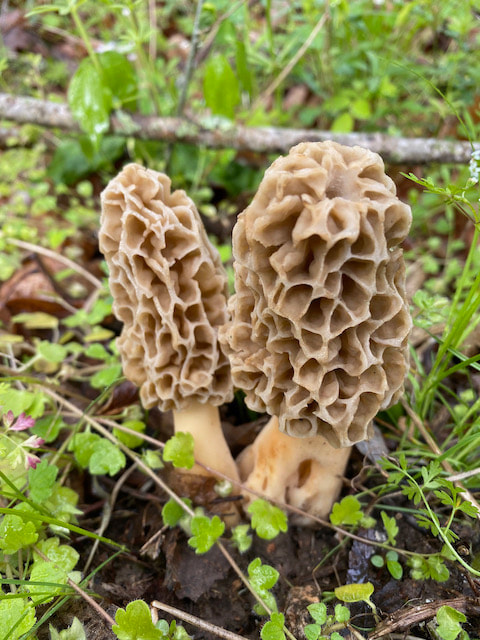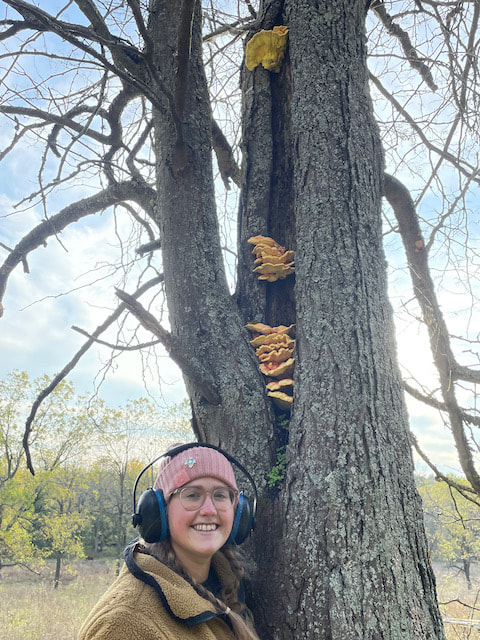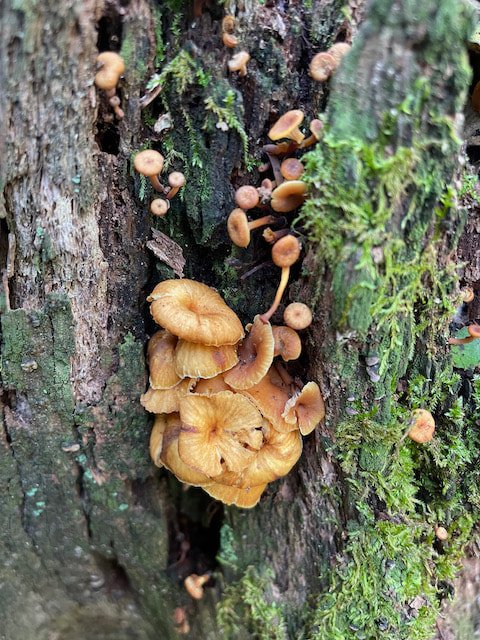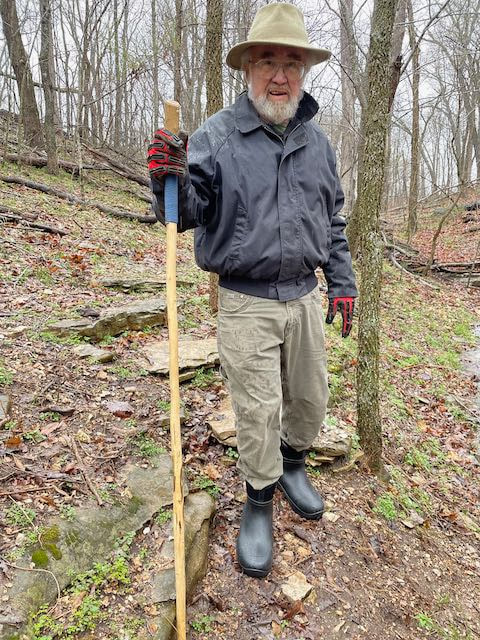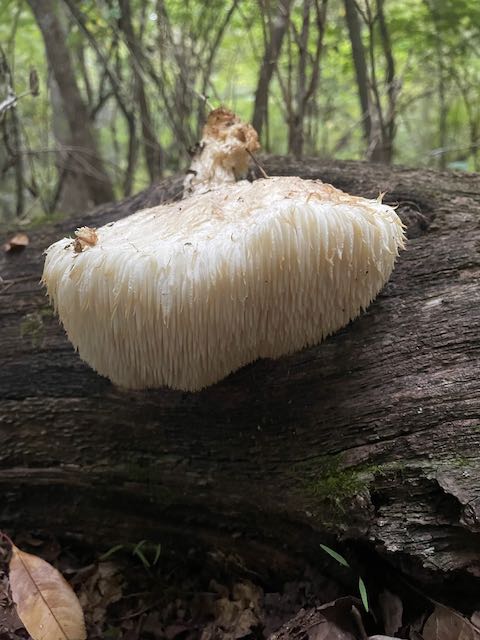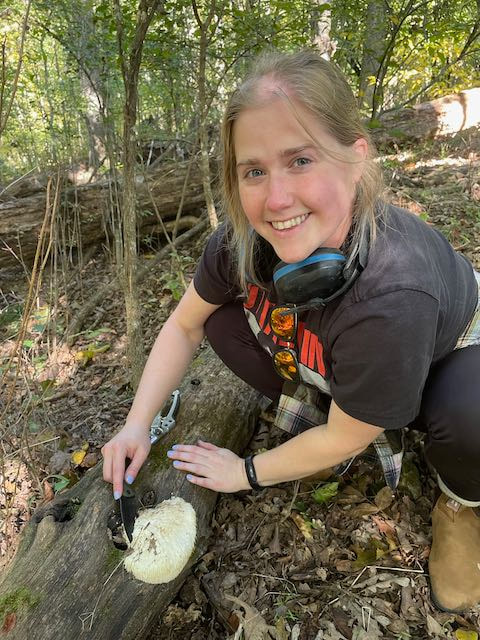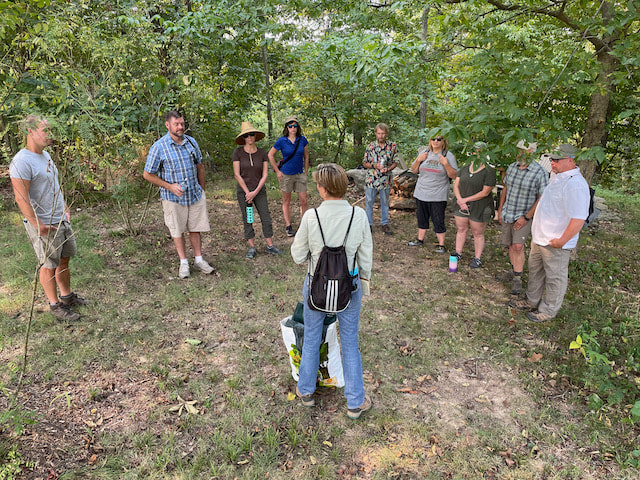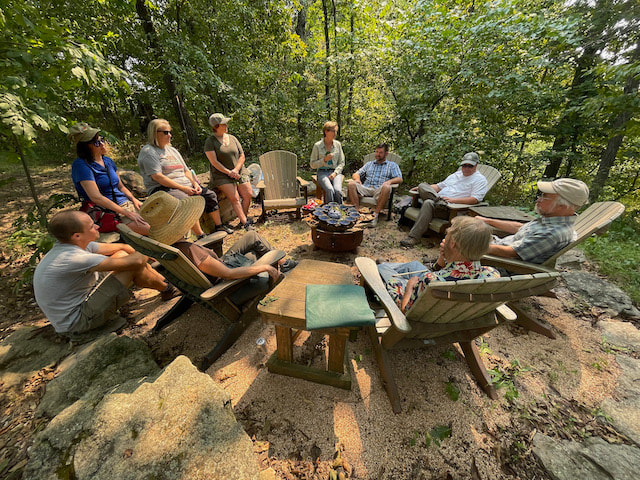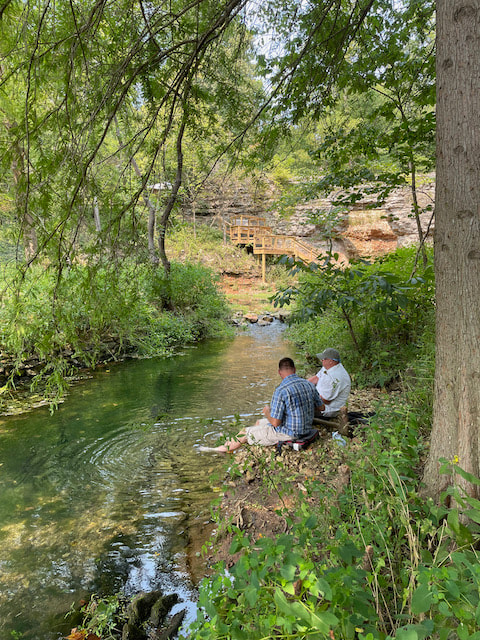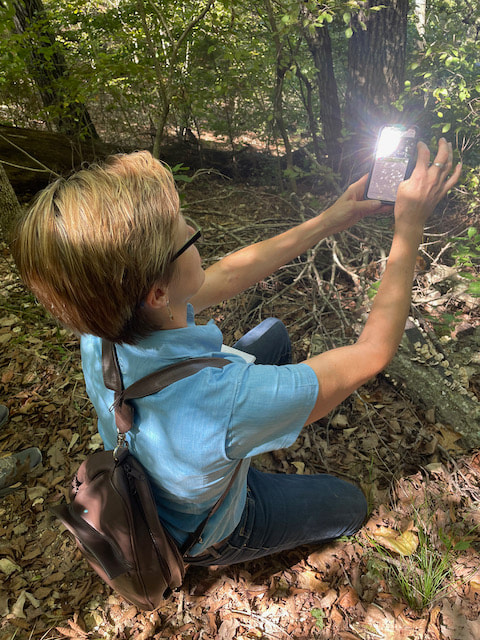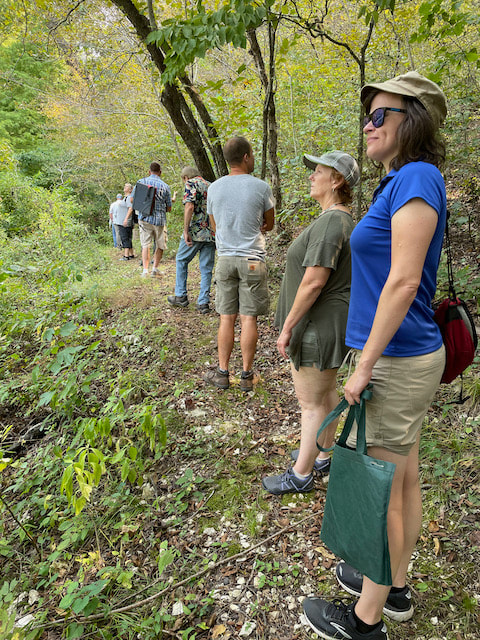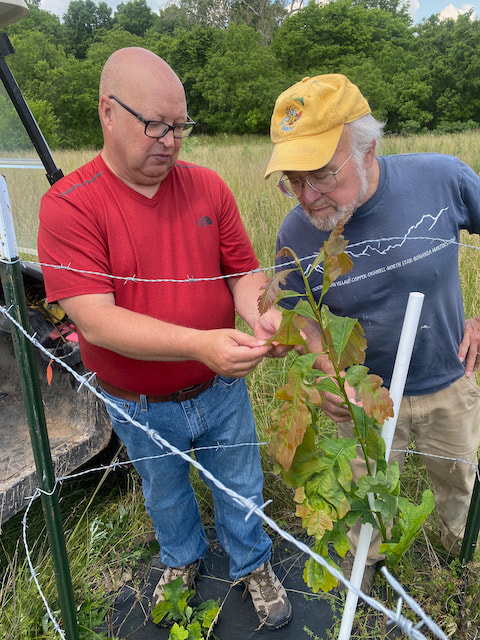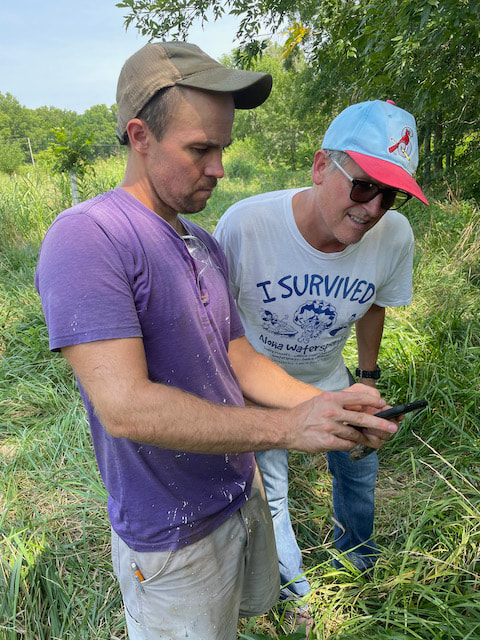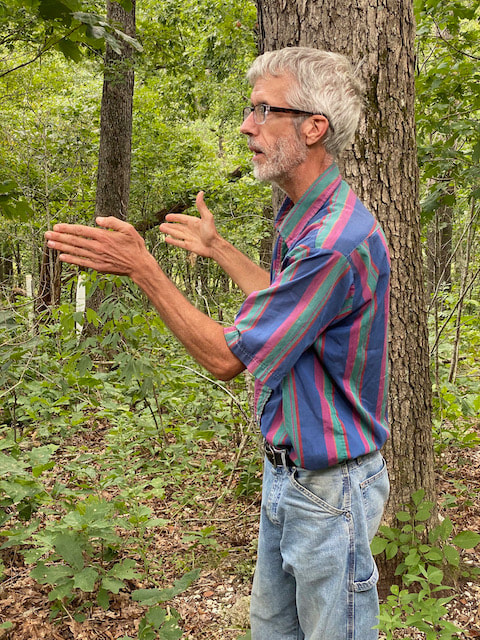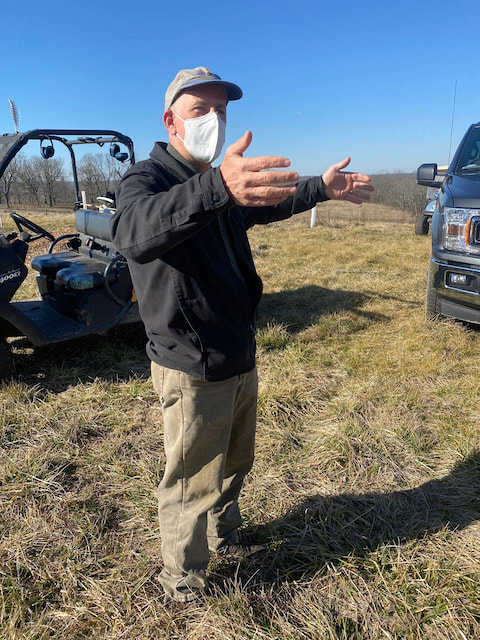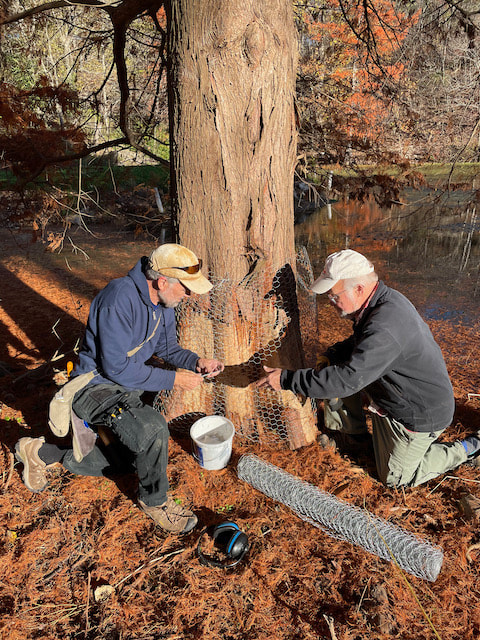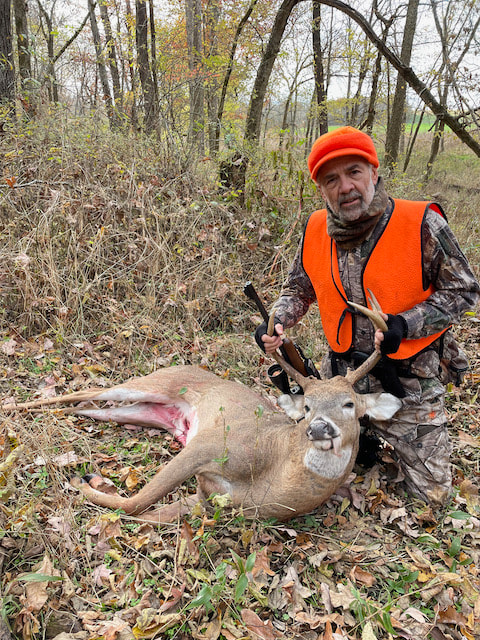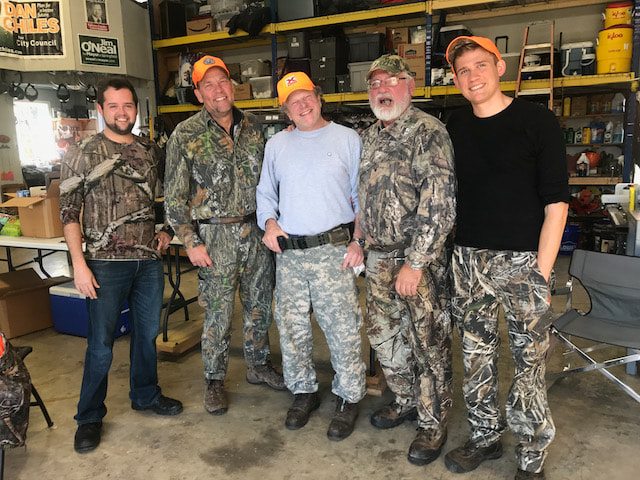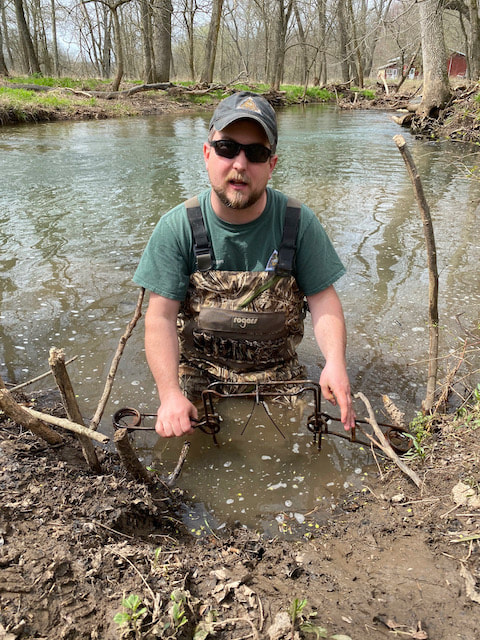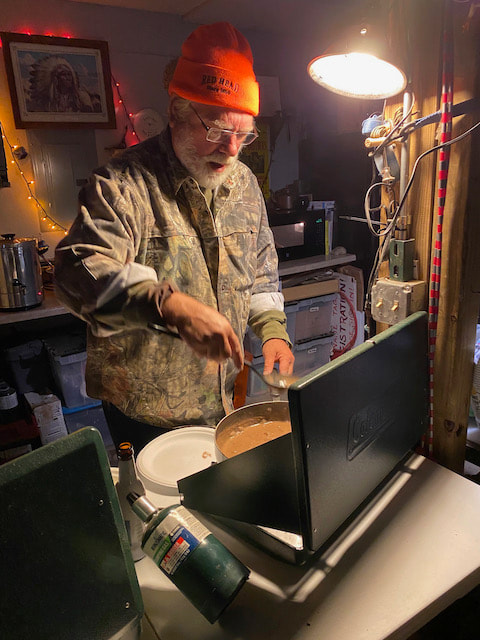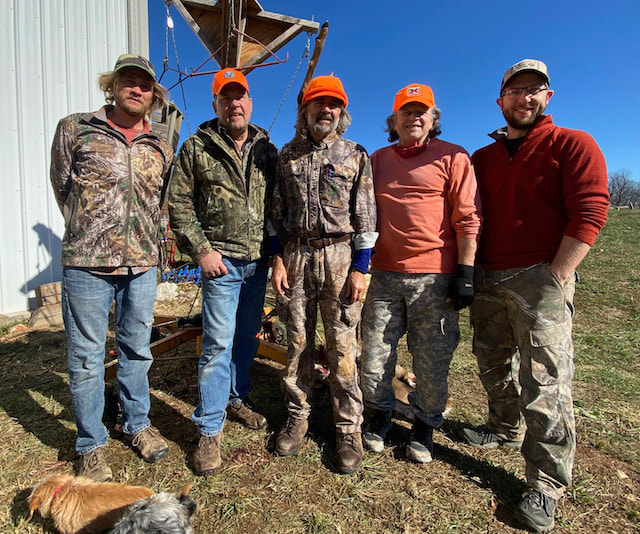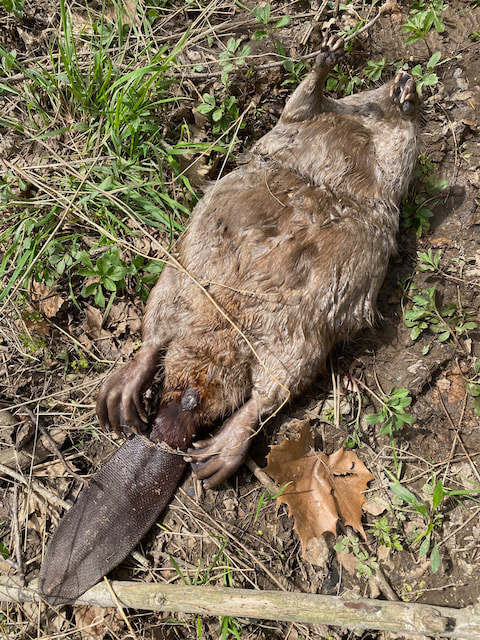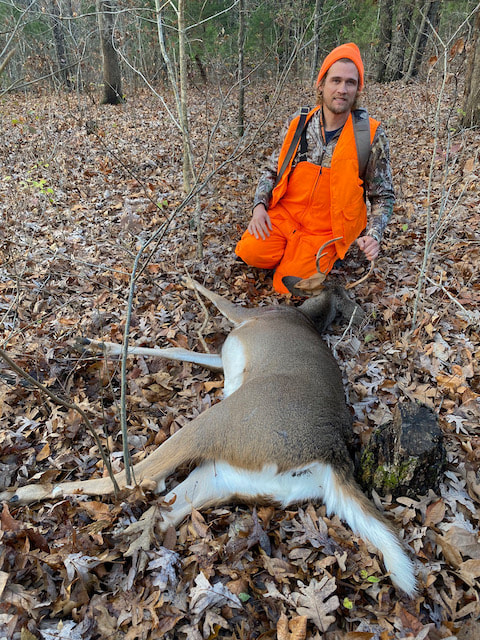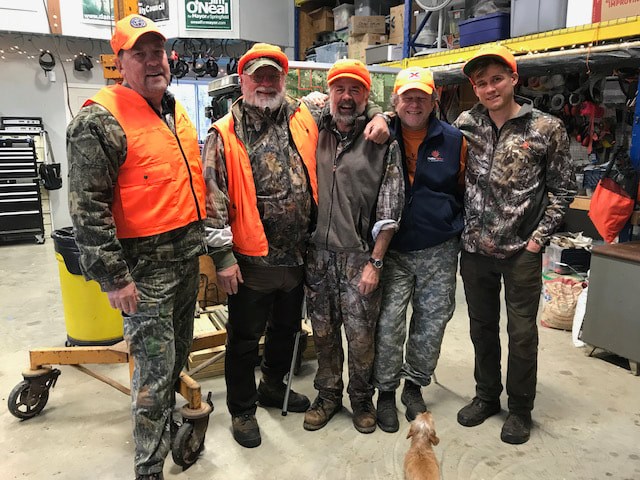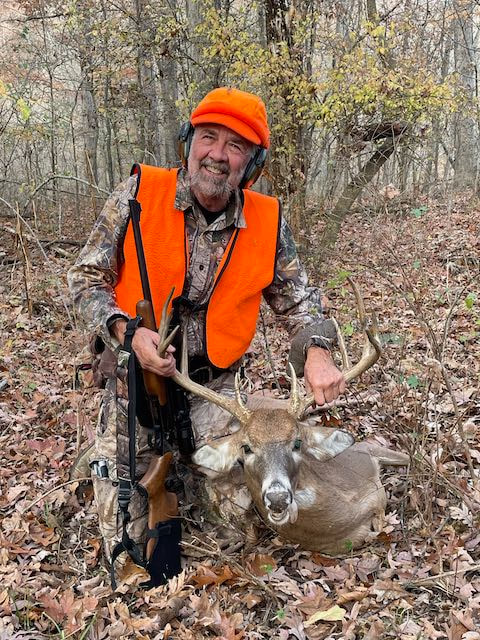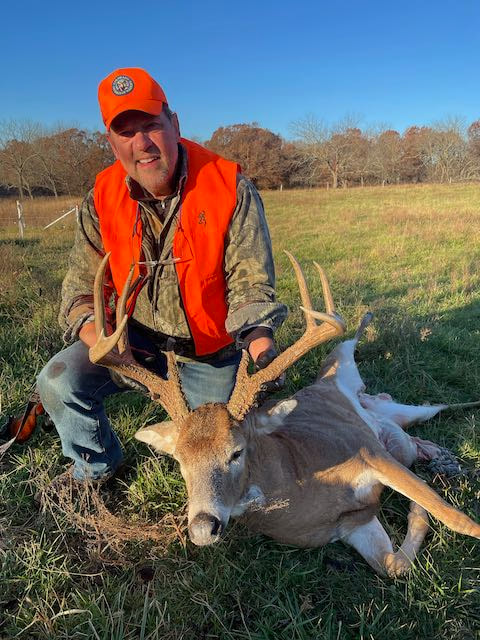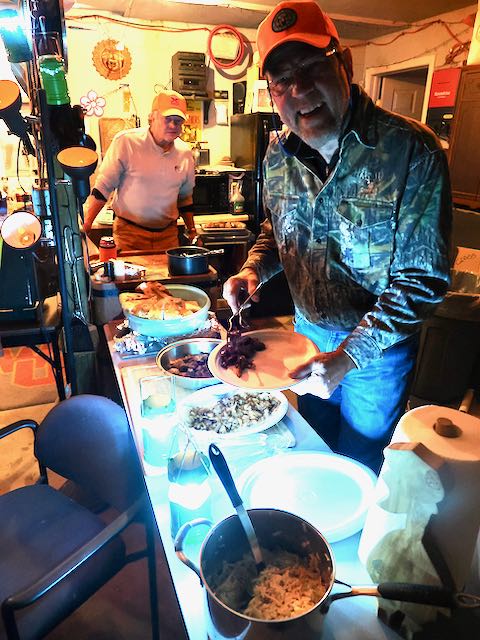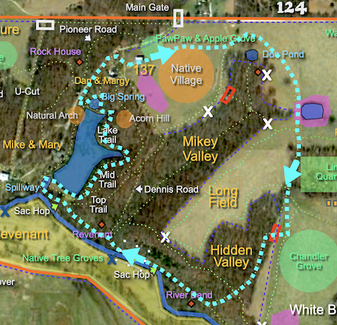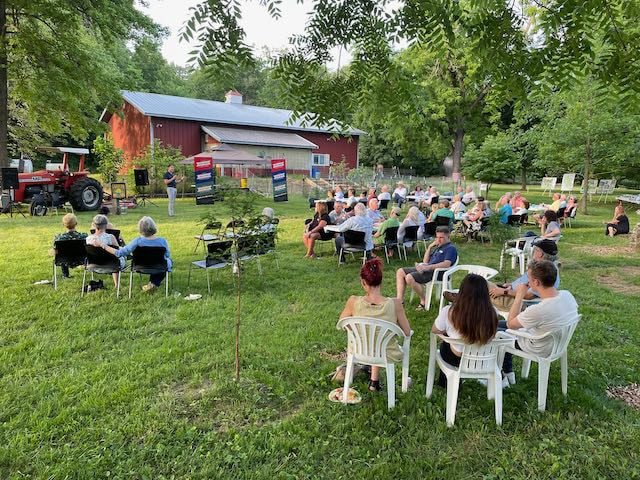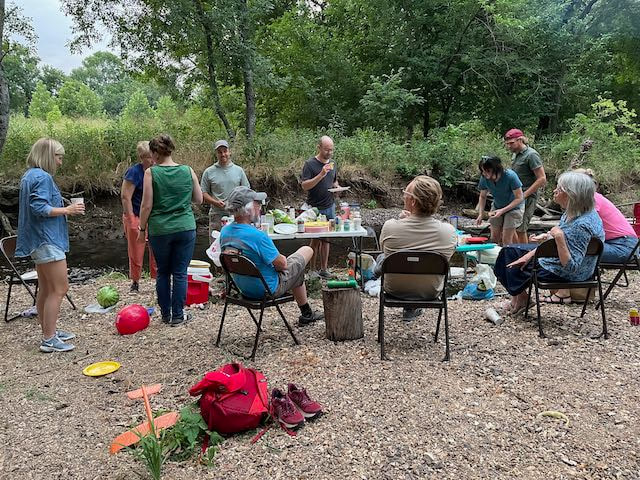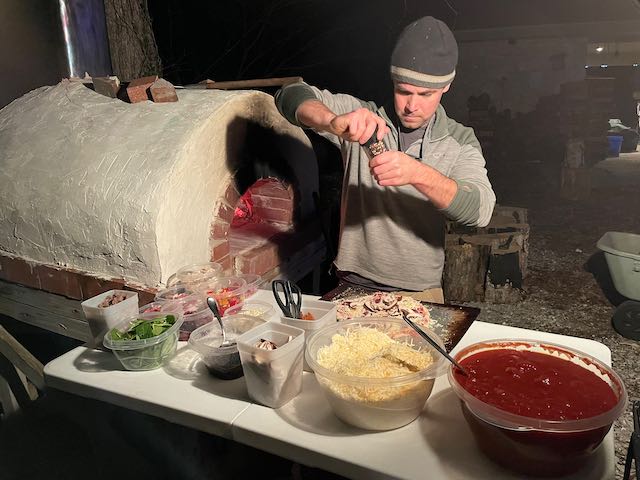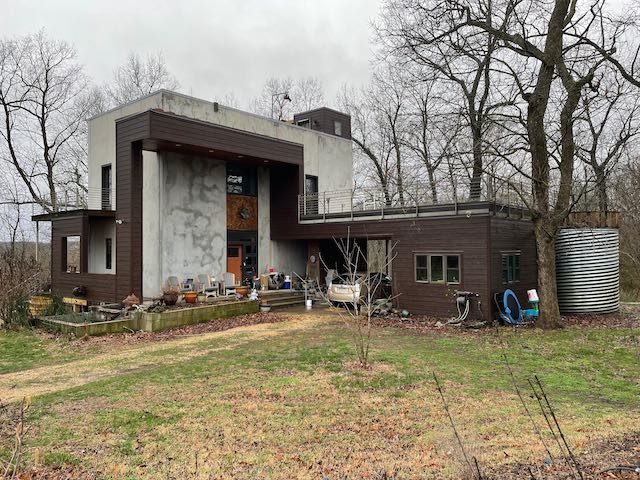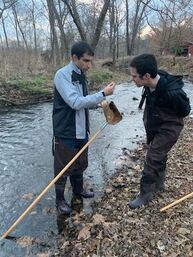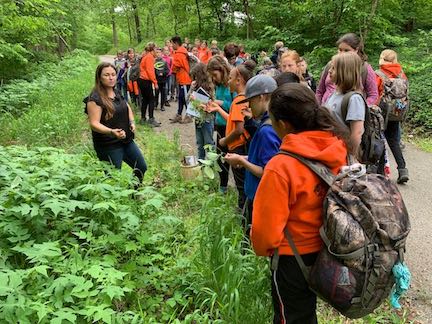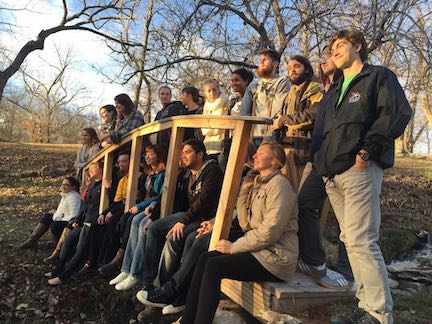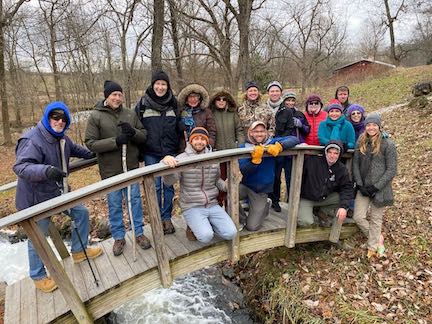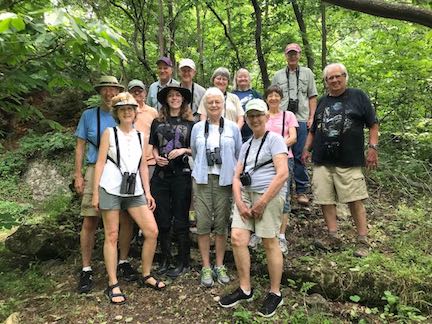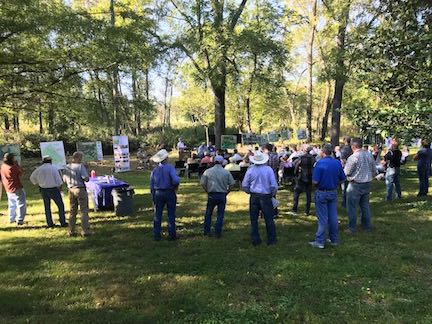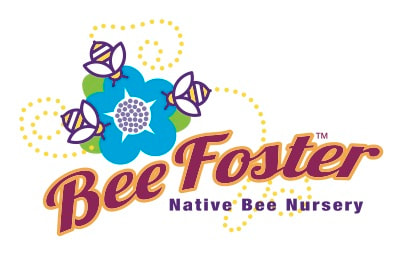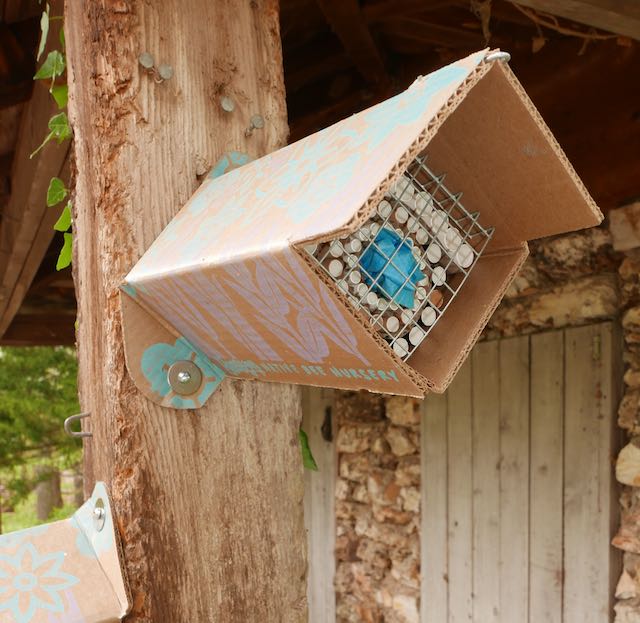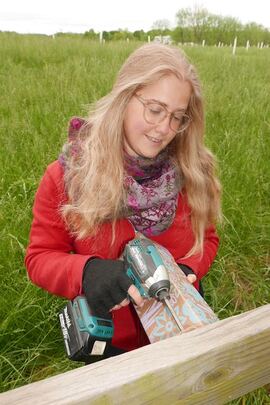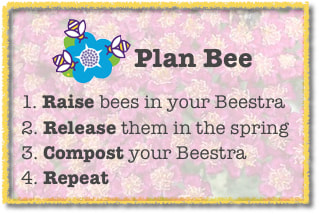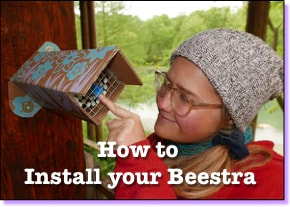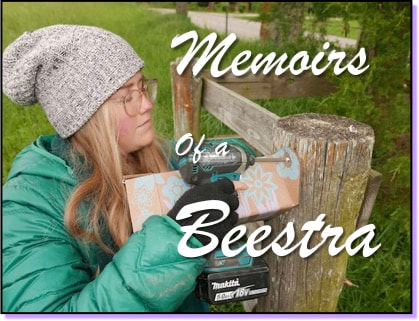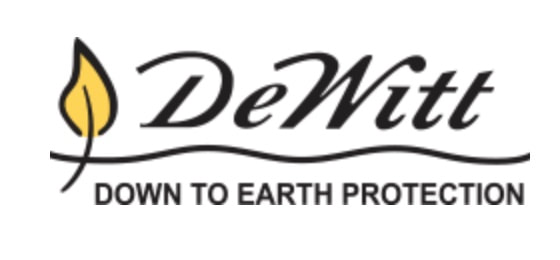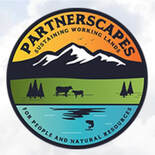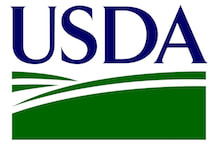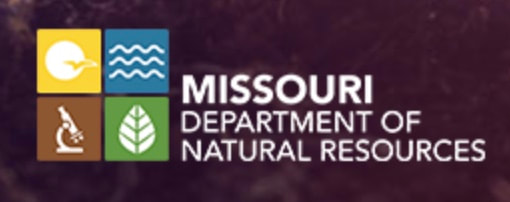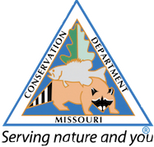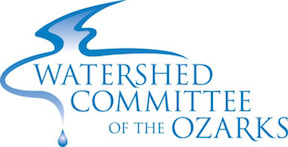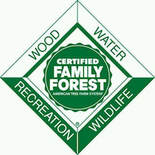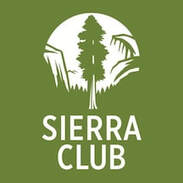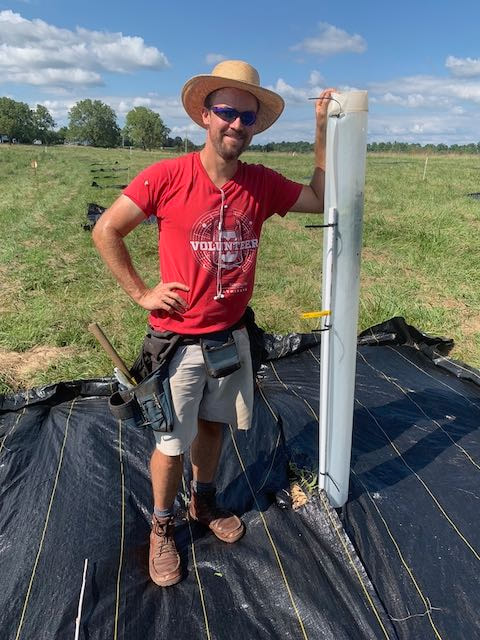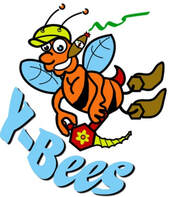"We have already lost nearly half the world's trees, most within the last 100 years." Time Magazine, 8.27.20
Welcome to Rockspan tree farm
|
Tree & Land management
We manage over 200 acres of timber and farm land with small orchards, nut groves, ponds and projects.
|
Innovative Conservation Projects
We're transitioning from old practices to a rotational grazing system with silviculture components. We're rebuilding the soil and timber one day at a time.
|
Education & Advocacy
Rockspan is only a few miles from Springfield, Missouri so we host visits from Drury University, Missouri State University, Springfield R-12, non-profits and many others.
|
Maps of Rockspan Farm
Projects at Rockspan Farm
The Chandler Walnut Grove Experiment that didn't make it
We ordered a bag of Chandler walnuts from California and had them turned into RPM trees by our friends at Forest Keeling Nursery in Elsberry, Missouri. Chandlers were developed in 1979 and are a favorite world wide. They grow in large numbers out west, but are rare in the Ozarks. After several years of experimentation, these trees perished. We tried trees sourced from Ontario, but still they didn't make it. We'll probably repurpose this fertile part of the farm for new species... maybe even the American Chestnut.
We work to manage a deadly Ash Tree Disease
|
Rockspan Farm cultivates thousands of native trees. Among them are valuable hardwood Ash trees in white, green and the rare black varieties.
The non-native Emerald Ash Borer arrived from Asia only a few decades ago and has devastated our trees. We see “blonding” on hundreds of Ash trees caused by the invasive borers. Ash trees in Asia have survived because of the presence of beneficial (non stinging) wasp varieties that lay eggs in the invaders and kill them. We are applying for a spot in a national testing program to measure the effectiveness of these special ‘biocontrol’ agents by |
identifying our Ash crop, locating them on a sensitive GPS map and noting the course of the disease. Managing this program is Lexi Snider, an undergraduate at nearby Drury University majoring in environmental biology with minors in chemistry and music. She writes: “This data is used to determine potential testing sites for capture of emerald ash borers as well as release sites for biocontrol wasps. The selected trees will remain under constant observation as testing continues. “
You can see the steps of her work below |
|
|
|
The Sac River Revenant Project
We planted almost 6,000 native trees in a 20 acre plot next to the beautiful, spring-fed Sac River. This land had been degraded through improper grazing. The riparian corridor was in shambles and the hundreds of cattle were in the river daily doing more damage to a stream that supplies water for Springfield, Missouri.
Before we started working...
and the river today...
New Threats to the Riparian Corridor
The Pecan Groves
Bald Cypress Grove & large plantings
|
|
|
Rotational Grazing & Silvoculture
Rotational grazing involves moving grazing herds from one paddock to another based on that day's grass supply. This gives the animals the freshest greenery with the most protein. It also saves the land from overgrazing and seriously reduces water runoff and erosion.
|
|
|
Will shows how to graft an Osage Orange Tree
|
|
How we plant a new small orchard
Timber Operations
We're saving our money for a small portable sawmill, but in the meantime, we practice TSI or Timber Stand Improvement. This starts when professional foresters tour our woods, marking trees that are invasive, malformed and mainly overcrowded. We use our chainsaws and heavy equipment to improve our timber stands and to minimize erosion which comes when the forest floor is deprived of sunlight. We use fires strategically for the same reason. Bigger logs we cut to 8 foot lengths and skid them out and into racks for drying.
Removing dead Ash Trees along the Sac River
|
We have over 900 native ash trees on our little farm. Almost all are suffering from the Emerald Ash Borer and many are dead.
So, to make our trails safer, we systematically remove the dead ash trees and pile them for future plans. In place of the unfortunate Ash, we are planting bald cypress along the river. In the last 10 years, we estimate we've planted about a thousand bald cypress trees and most of them are doing well. |
Sap harvesting from selected trees
Ginseng Project
Rockspan Spring Restoration Project
|
|
|
|
|
We build the Cathedral Overlook
The Spring in the Fall
We build a bridge over the Spring
Laminate span bridge number 3
Chinquapin Restoration Project
|
|
We work to restore Native Canebrakes: Gigantea!
There are only two varieties of bamboo native to North America. One is called Gigantea Aruninaria. Once, much of the river systems of our continent were lined with vast stands (called Canebrakes) that provided long lasting and valuable riparian corridors. Now 98% of that resource is dead. We are working with Dr. Alexander Wait and his graduate students at Missouri State University to study the propagation of Gigantea and its reputation for sequestering carbon. We are also interested in the plant's ability to reduce erosion into the Sac River and to clean up water that will become drinking water for nearby Springfield and hundreds of thousands of people.
|
|
PawPaws, Apples & Figs
Hornworm Relocation Project
Earthen Dam Maintenance
PondArk Project
Restore Cucurbita Pepo Ozarkana squash
There are only four prehistoric plants known to have been domesticated in North America. Only recently have archeologists rediscovered and identified the amazing Cucurbita Pepo Ozarkana squash. This beautiful gourd is the ancestor of the many squash varieties we enjoy today. We noticed that there were hundreds of them washing up in the Revenant (see above) in the fall and we collected them to see what they were. Today we are growing them to see what value they may have in our modern era. You can read more about this historic plant at https://www.latimes.com/archives/la-xpm-1992-11-22-mn-2164-story.html?fbclid=IwAR1SEnJc2aZbq5iUFAmpXrjNNENVWxxE1VHK8CBhhMpNw8spvWoSIJ26nmo
Trees, gardens, archeology and more
Burns to build pollinator plots
The grass known as fescue showed up in the Ozarks after WW2 and was a major turning point for Missouri agriculture. It made cattle farming practical for sub-par farm land. But fescue is also an invasive pest that outcompetes native grasses and forbes. Part of our mission is to reestablish warm season grasses and as much of the original native prairie as practical. All over the farm, we are planting pollinator plots that we will ring with fence to keep out cattle. First, however, we need to kill off the existing plants. Glyphosate is an option but it causes cancer and we're determined to minimize its use.
|
|
We forage for wild, edible mushrooms
Rockspan Farm is about half forest and half pasture. We build trails everywhere and we love to hunt wild edible mushrooms. We harvest morels, chicken-of-the woods, hen-of-the-woods, oysters and lions mane.
We practice forest bathing
Spending time in forests is therapeutic and has been recognized as such by professional forest bathing guides like Tamberly Conway of Conservation Conexions. She spent several days with us on our trails and introduced us to a whole new way of seeing our forests.
We rely on local tree and horticulture experts
Trees are complicated and we maintain dozens of interesting tree-related experiments on our farm. We rely on local experts to counsel us on new ideas and proven practices. These guys are really special to us.
Wild Critter management
Nature's top predators are gone now and managing wild animal populations falls to us. We are a tree farm restoring a vibrant riparian corridor and one of our worst enemies is the beaver. We protect the trees with wire when we can, but we plant thousands of trees, making screens impractical. So, periodically we make use of Missouri Department of Conservation to remove overpopulations of beaver from our stretch of the river. We have the same problem with white tail deer which shred and rub our finest trees to destruction. So, each year, we put on a deer camp in Building 137 to reduce the herd. We do our own butchering and processing.
|
|
Walk the Pokin Tour. Here's what we'll see...
|
The Pokin Tour is named after a local newspaper reporter who wanted a better understanding of what we do here. The tour covers 33 interesting topics and takes about an hour or so. You'll see field & forest. Glade & floodplain. Living forests & dead fossils. Welcome to the Ozarks...
|
Revival of ancient, native fruits
Fowl business The 13,000 year old village Rotational grazing Pollinator plots Walnuts alone and in community String-o-ponds View of the hybrid pecans View of the hybrid Chandler walnuts Honey bees at work Witness the cow forest Tragic stream bed The secret ginseng plots Deer management1 Springfield’s drinking water Eyewitness to the Revenant A living fossil: the ancient Horsetail fern The Riparian Revival |
Mussel memory
Demise of the Ash Deer management 2 9 million gallons going North Our hydroelectric future Magnificent Bald Cypress The Lake Trail Entering KarstWorld, 325 million years in the making The Natural Arch The Spring and the excavation The Hobbit trail Cathedral overview Extreme rarity: a living Chinquapin (Chestnut) Karst Window: sinkholes along a joint Return to civilization and an asphalt polemic |
Social life at Rockspan Farm
The LEED House at Rockspan Farm
We serve the community
BeeFoster Native Bee Nurseries
|
|
